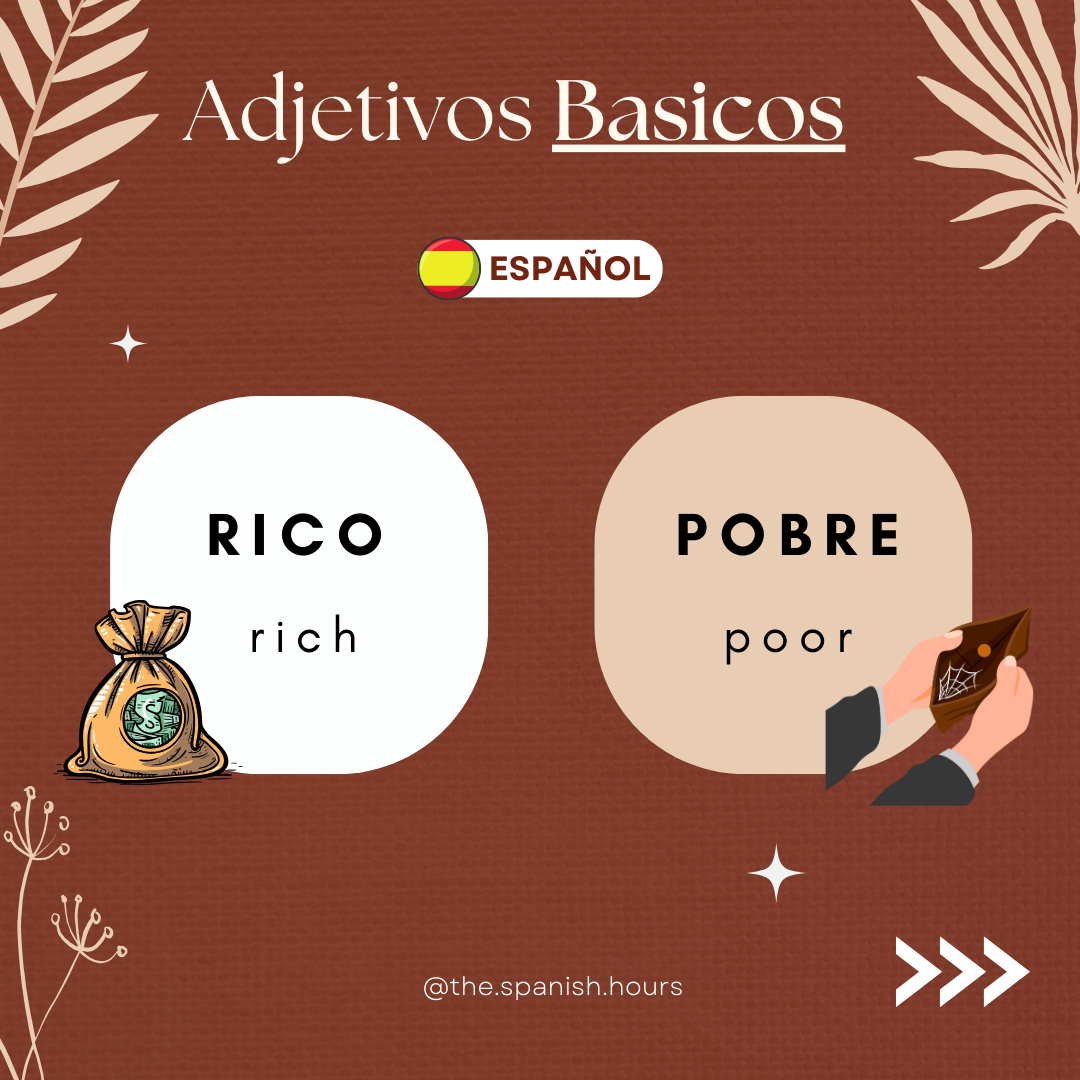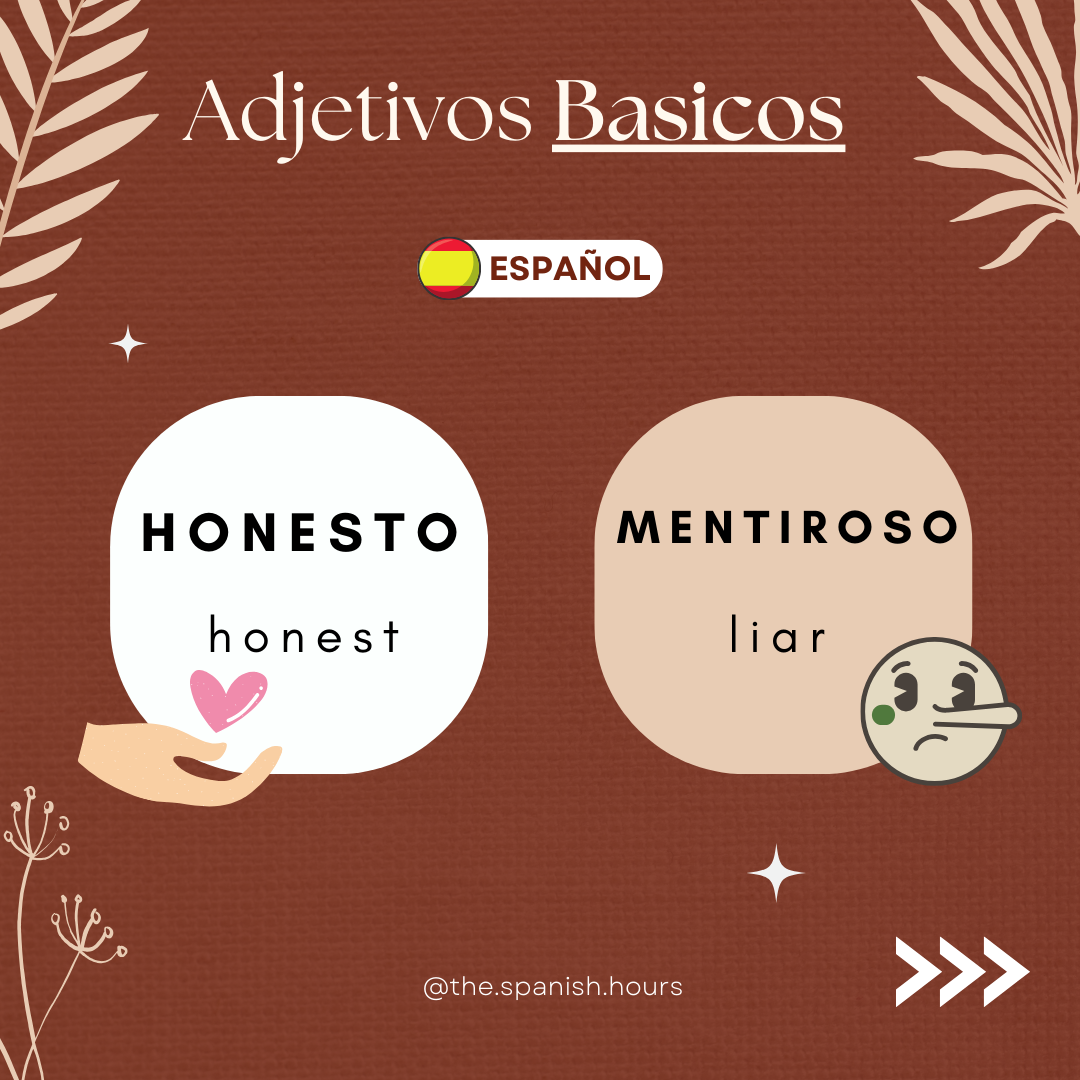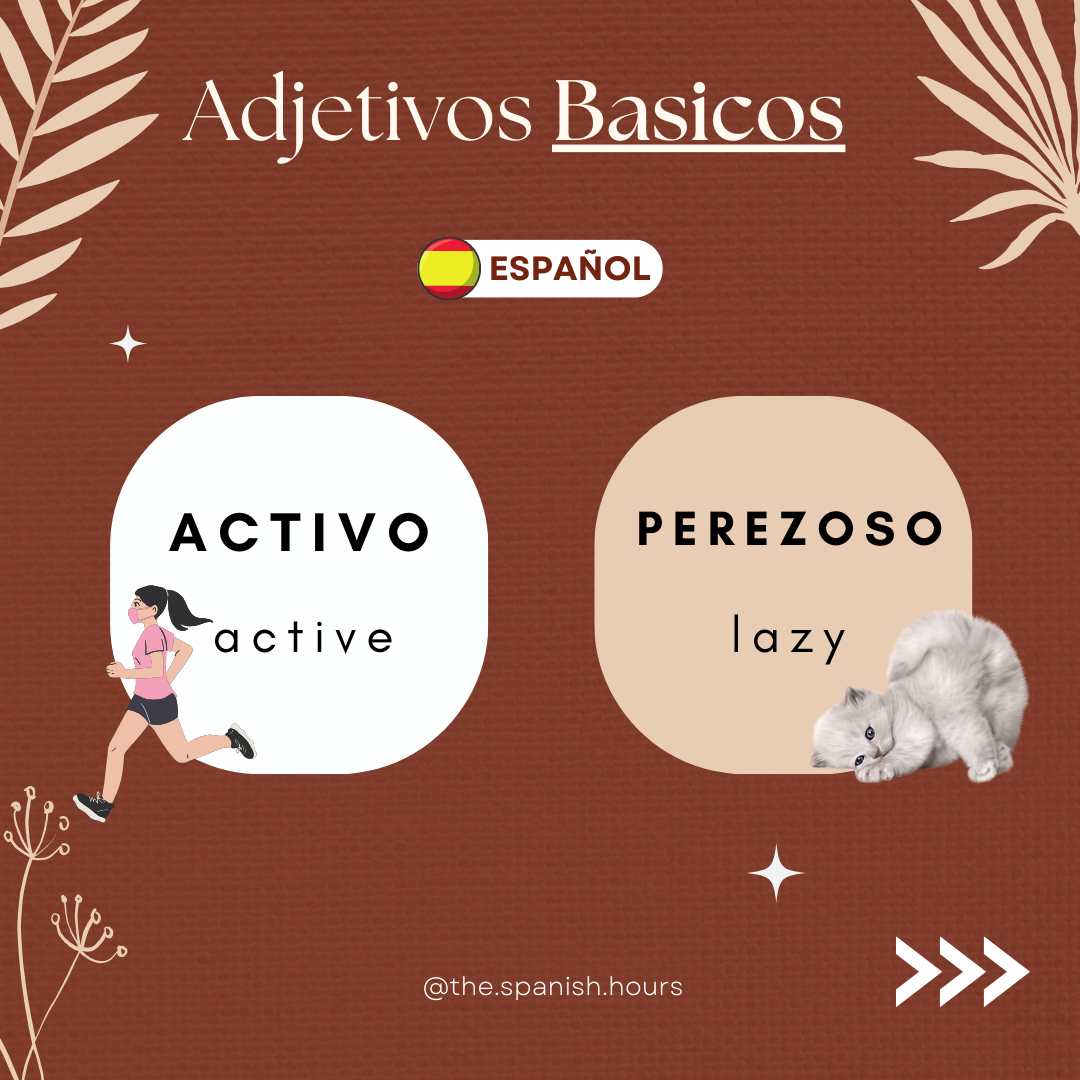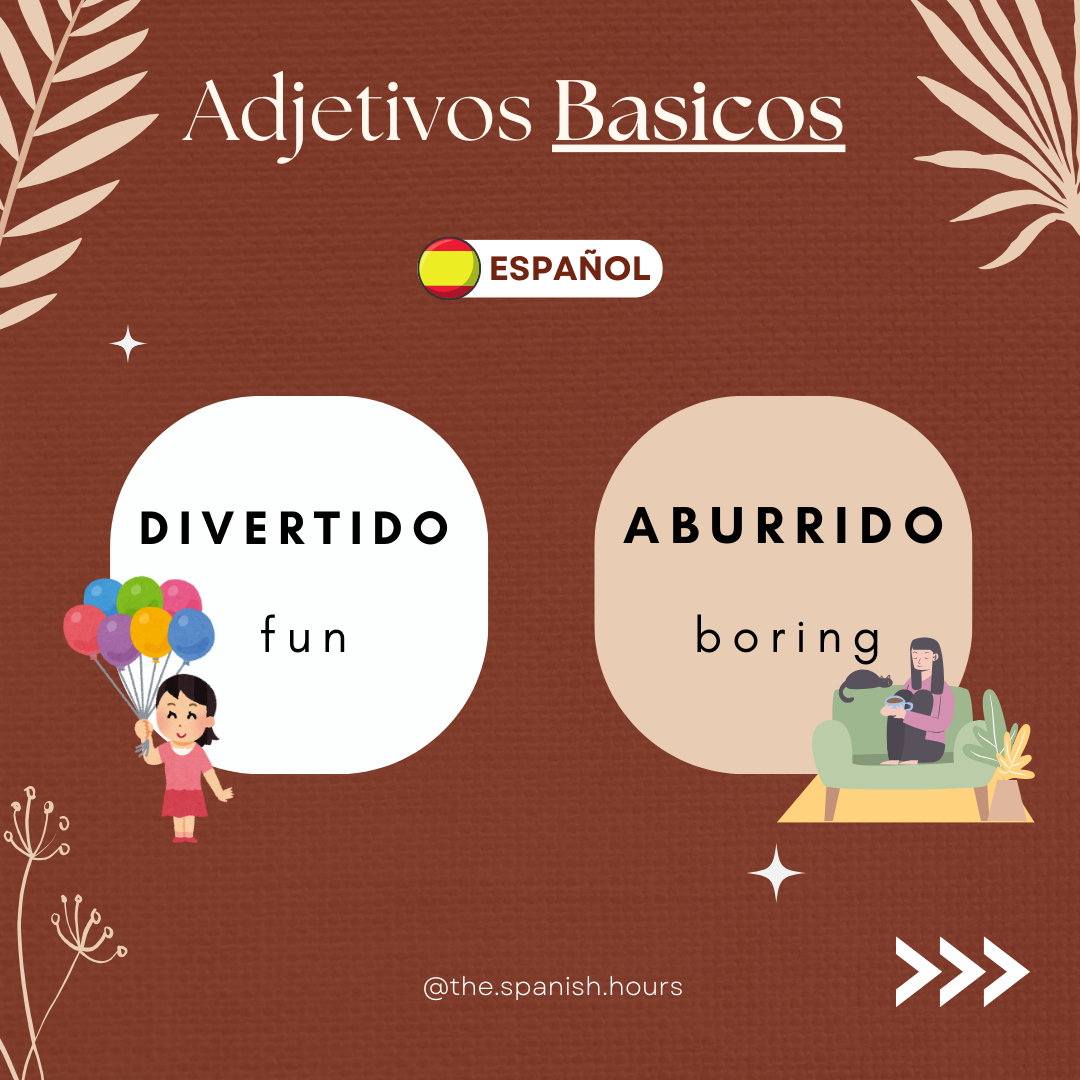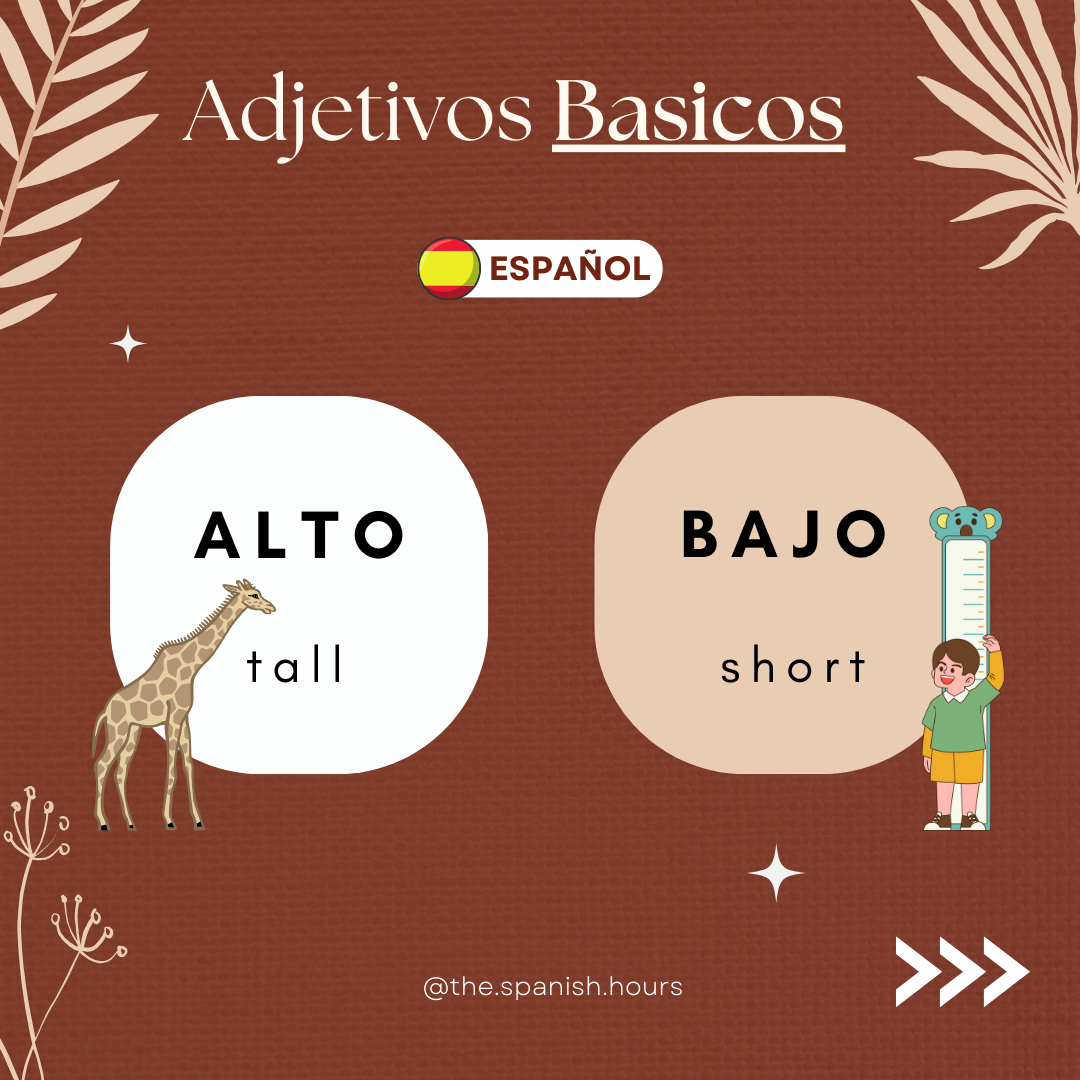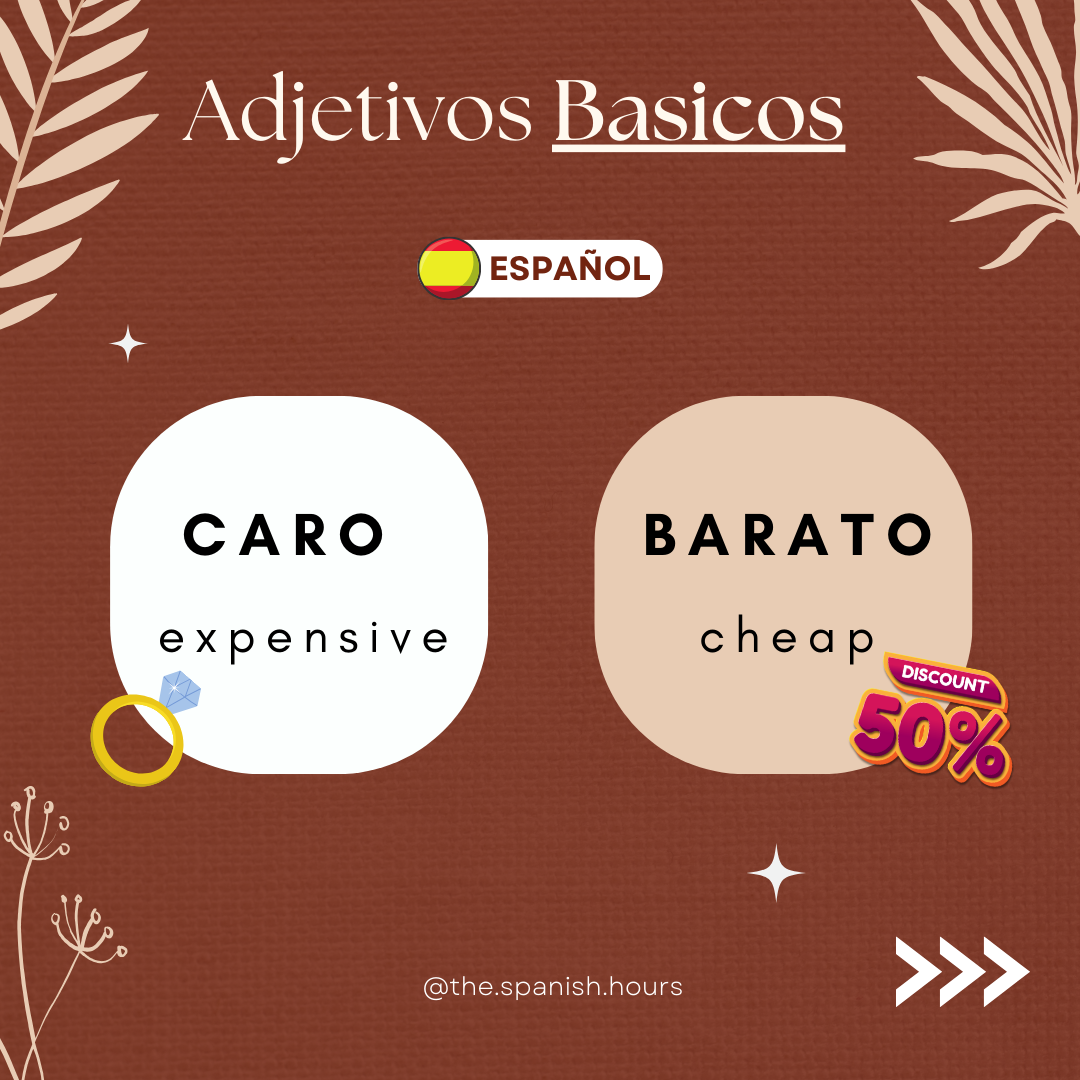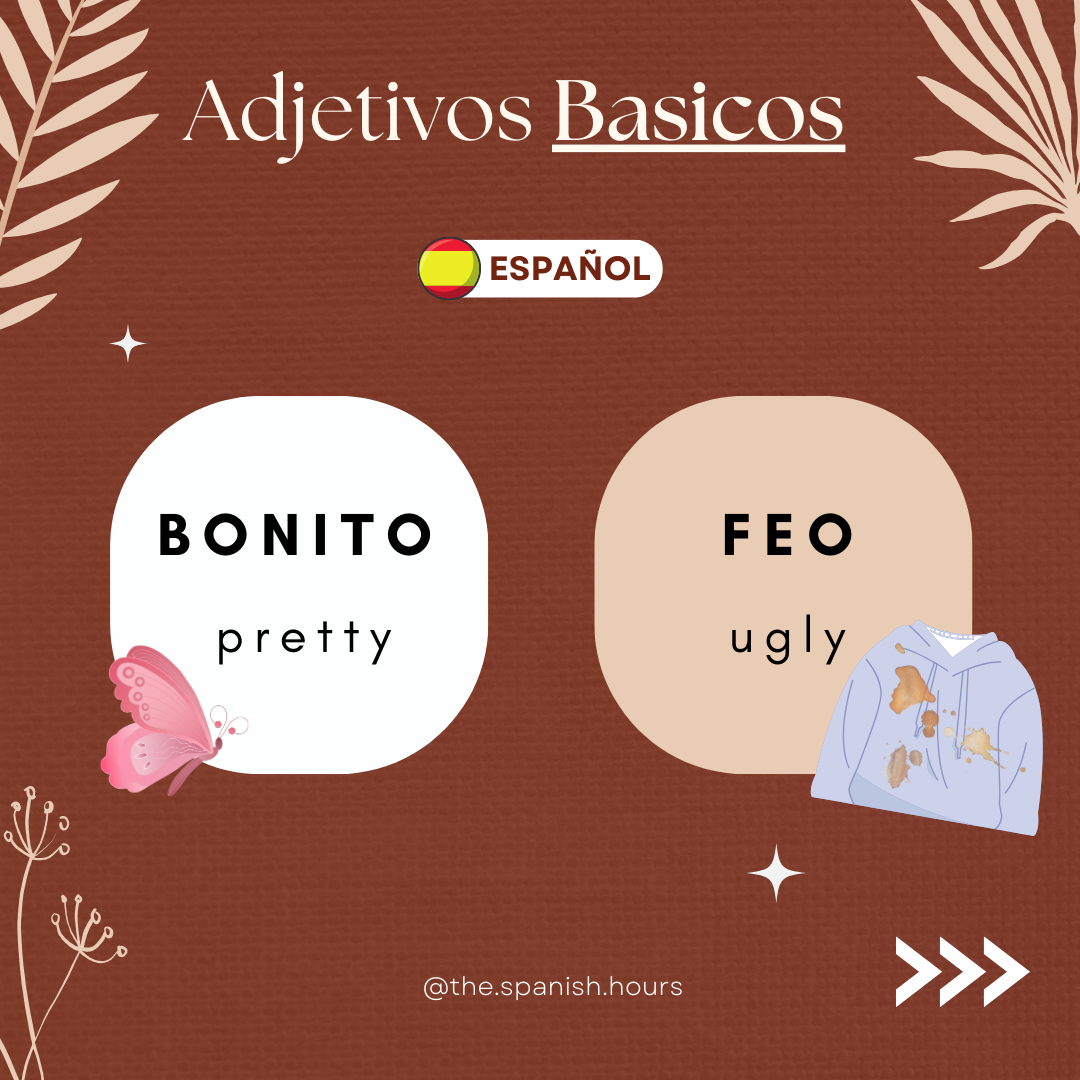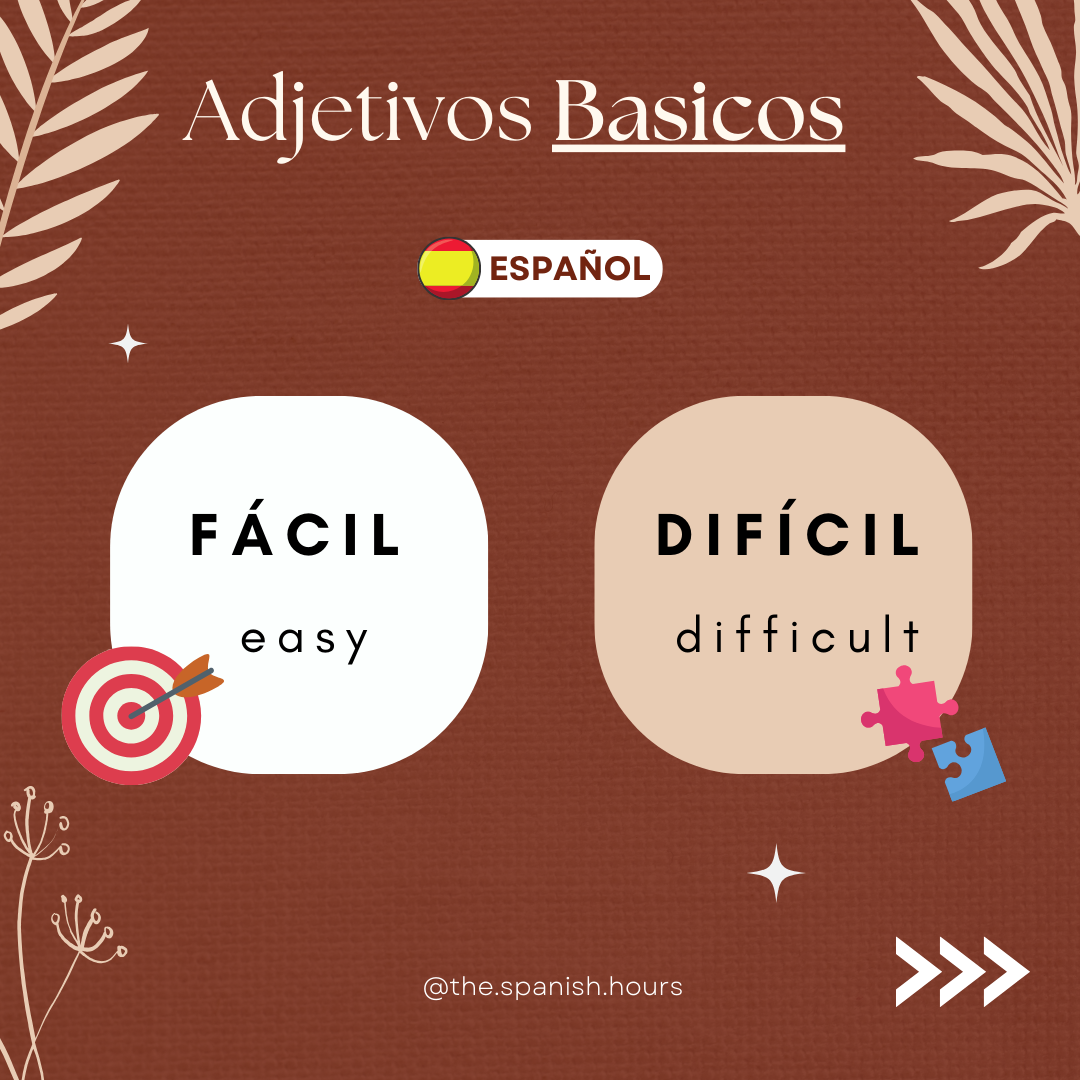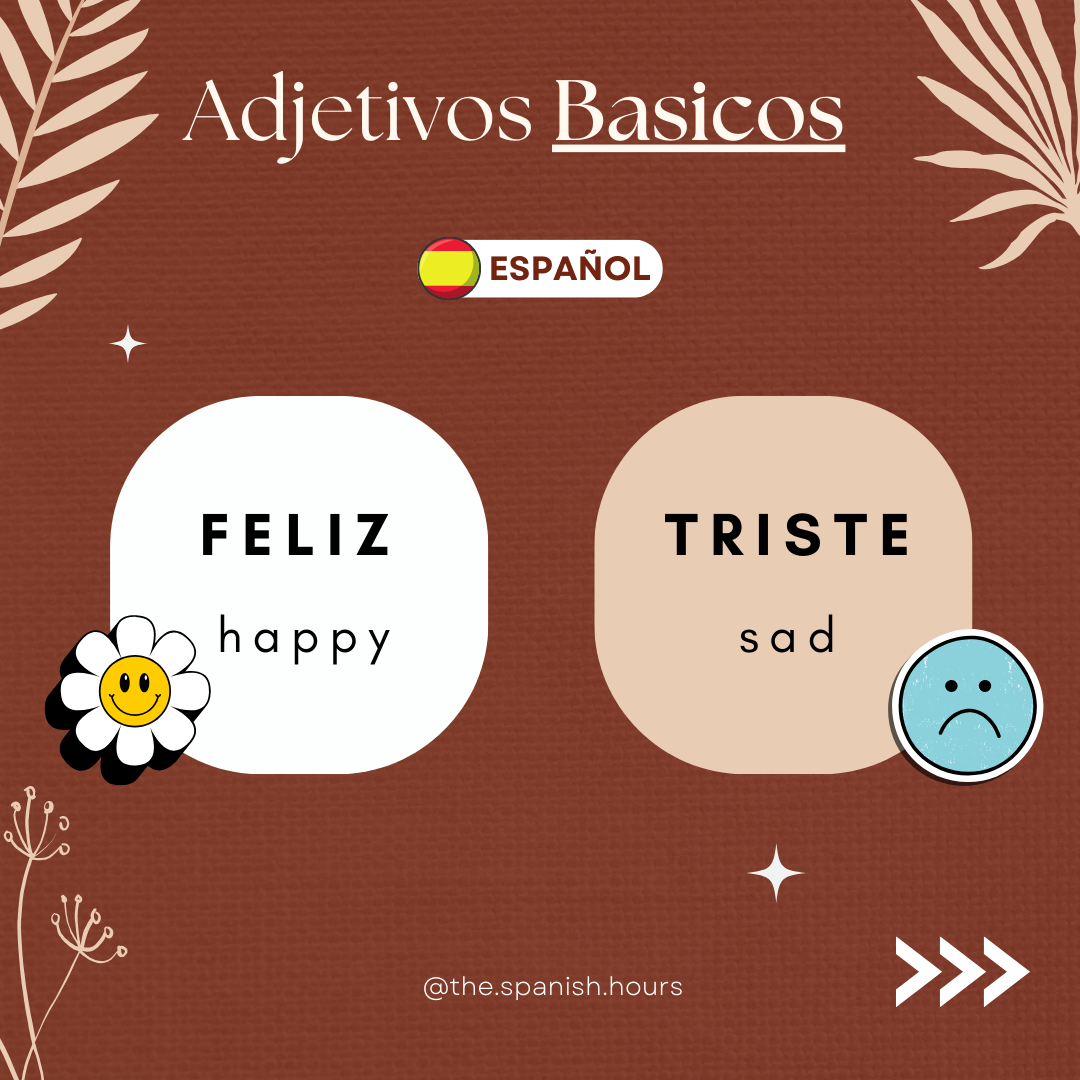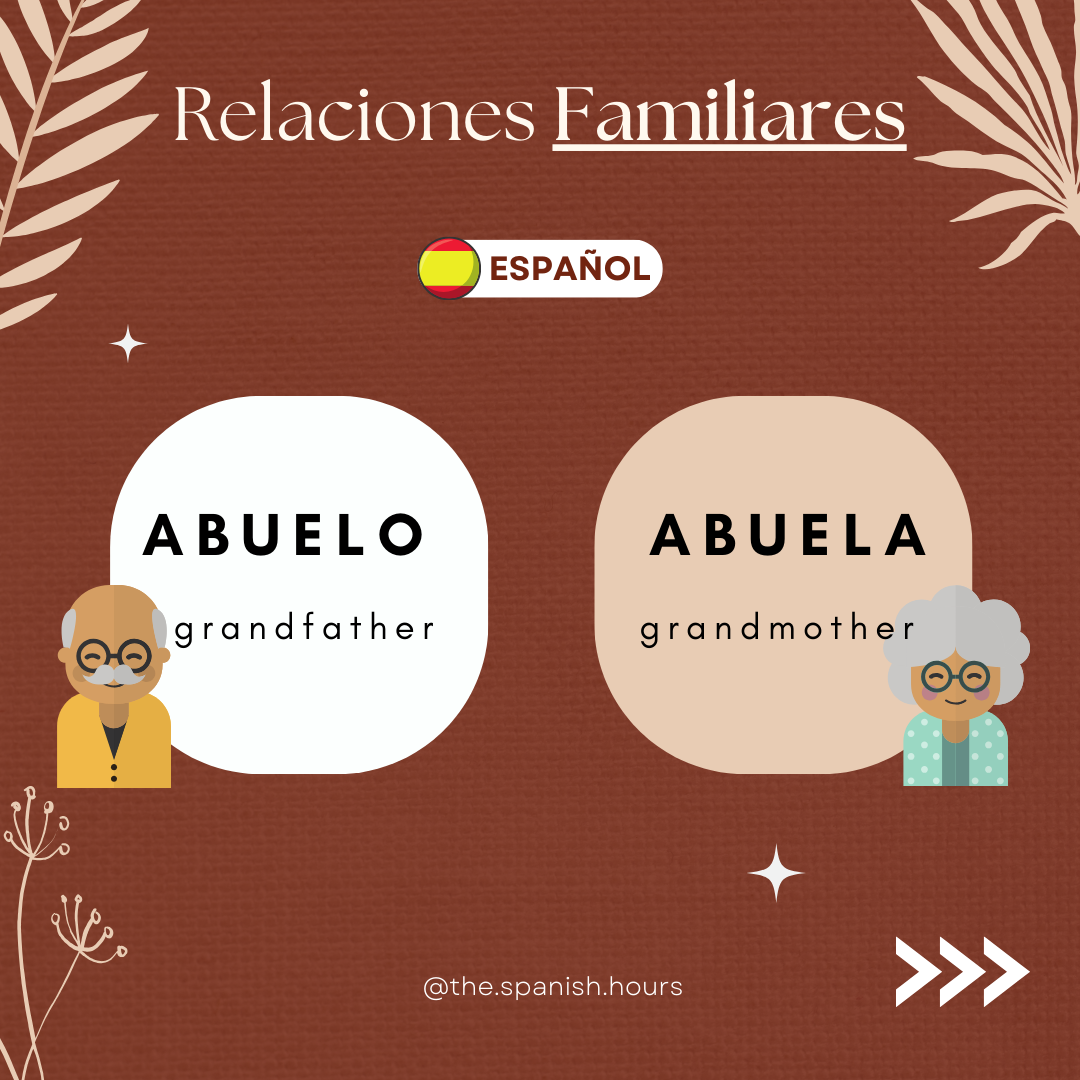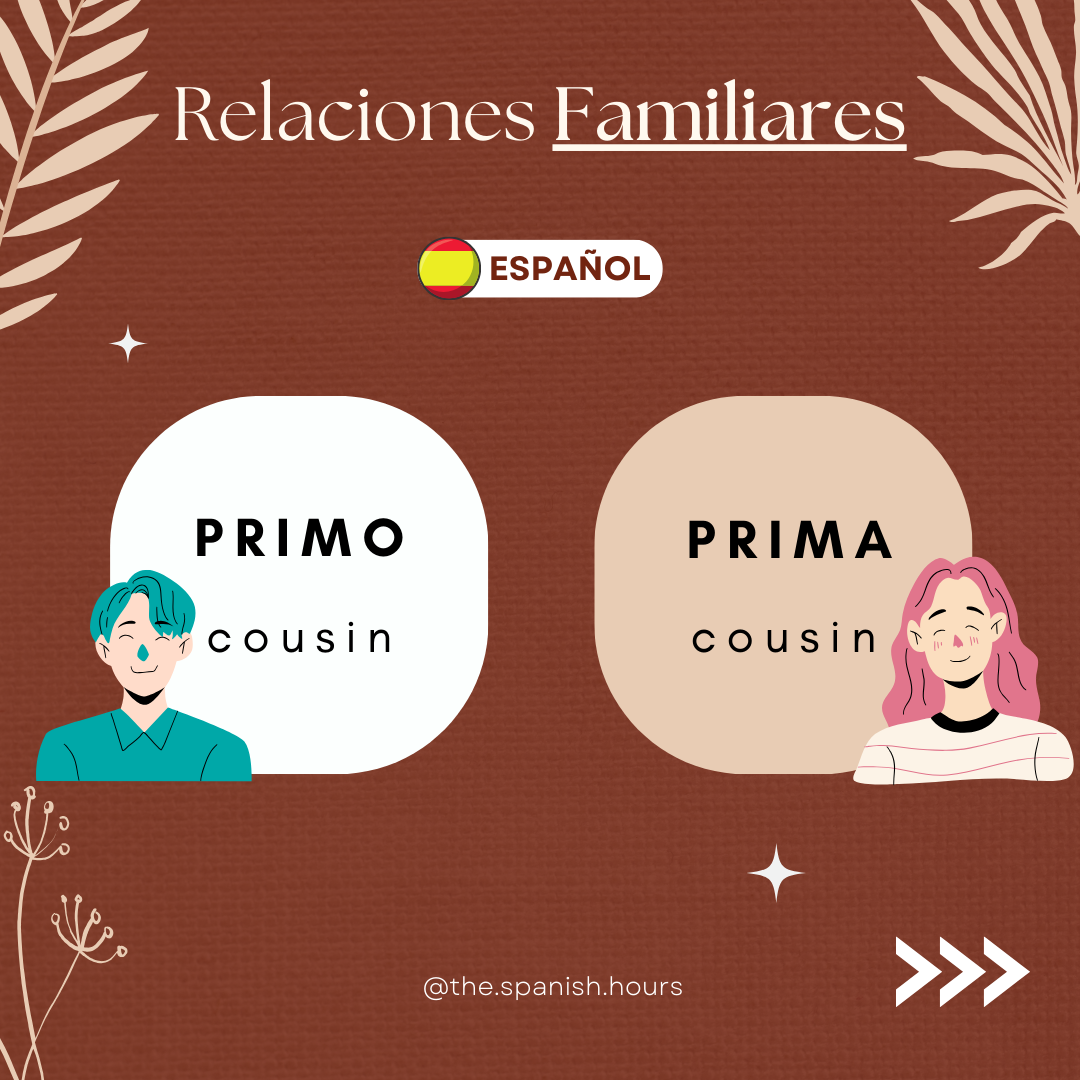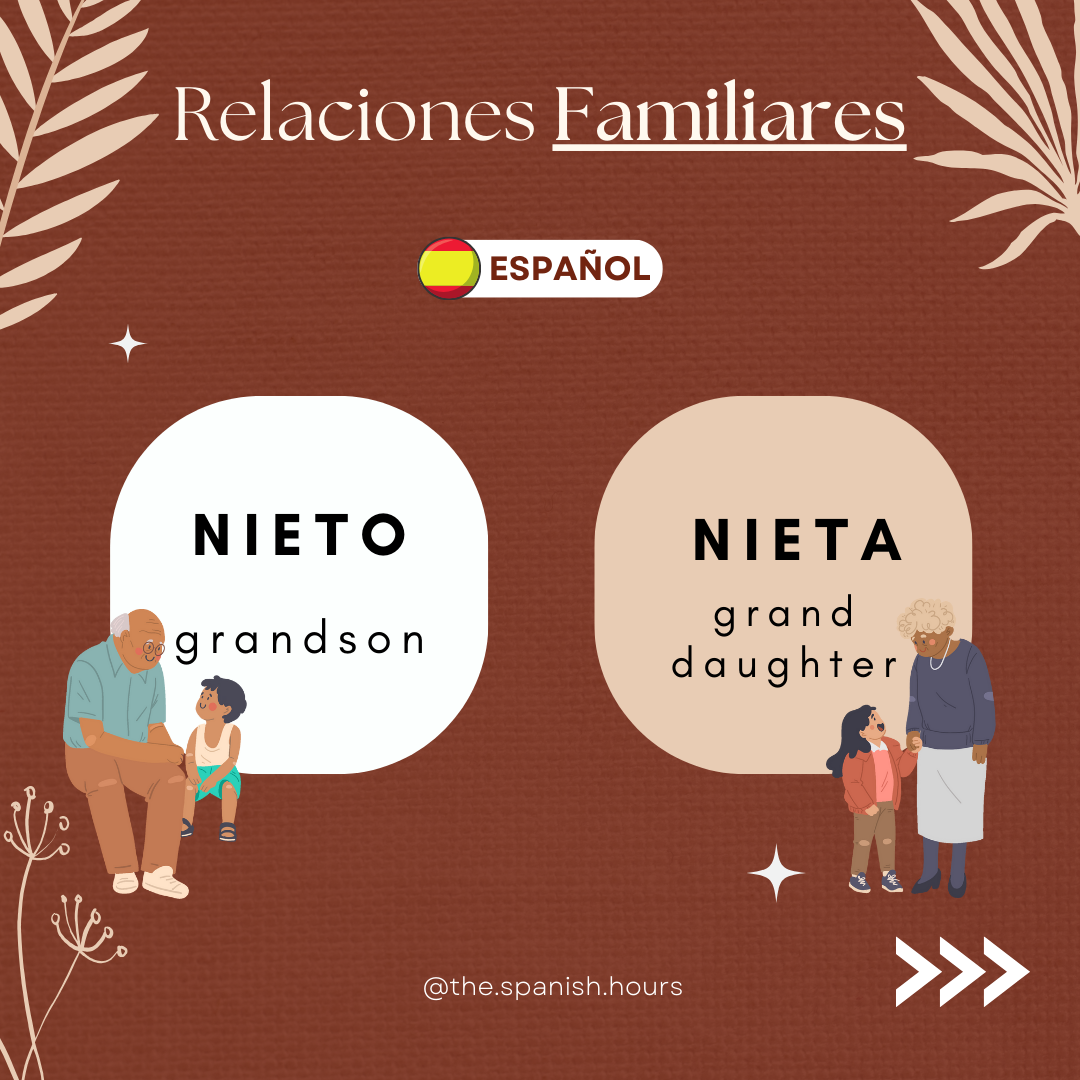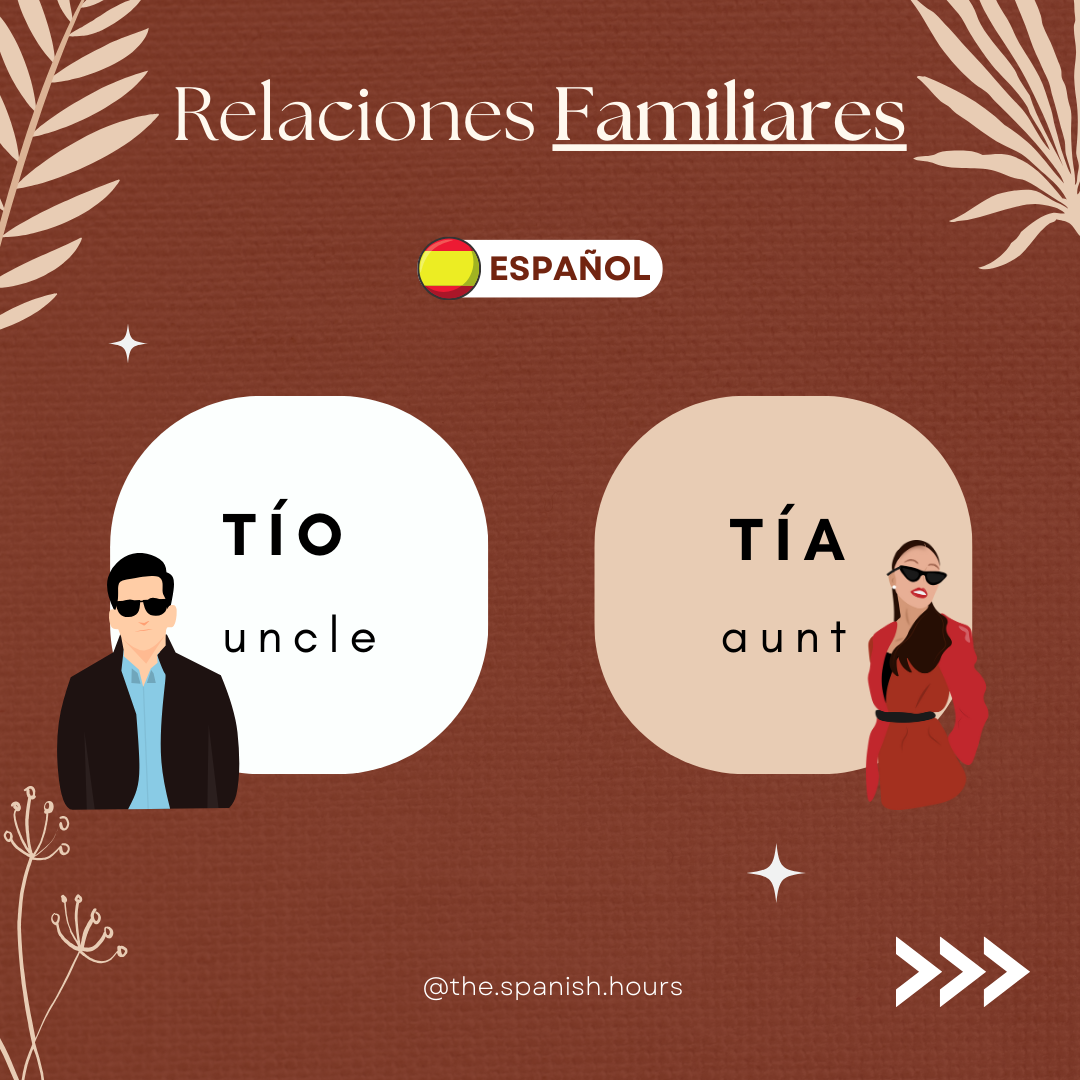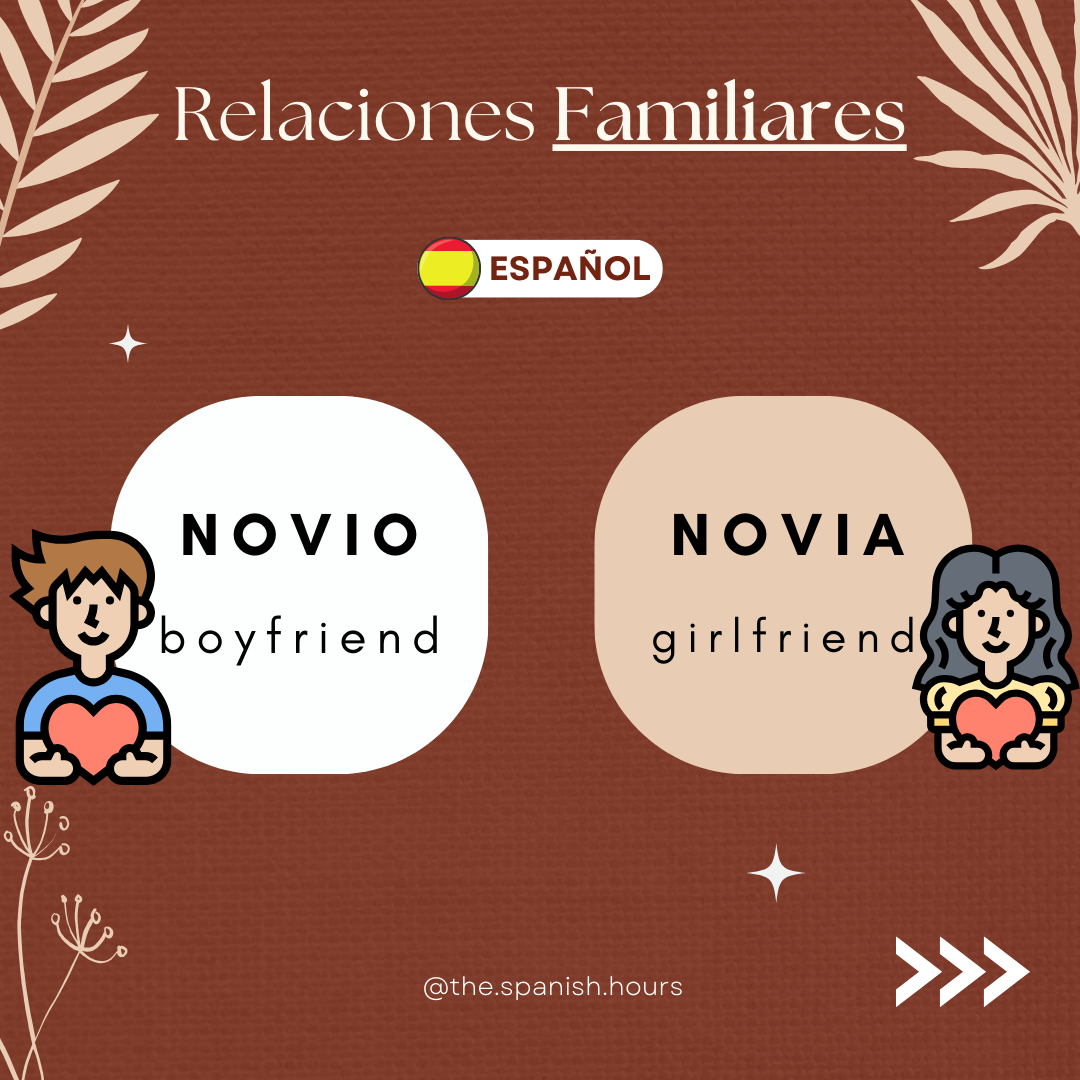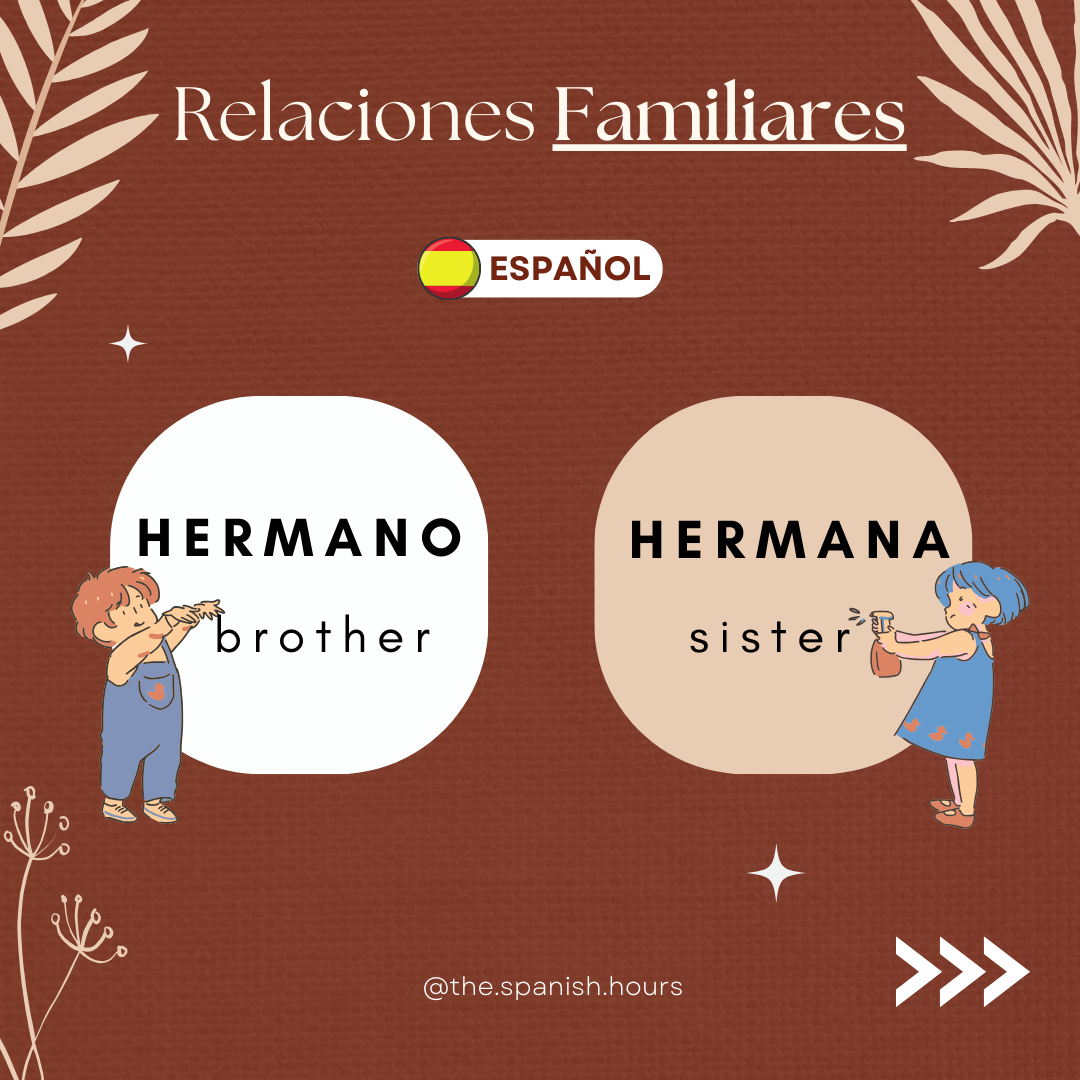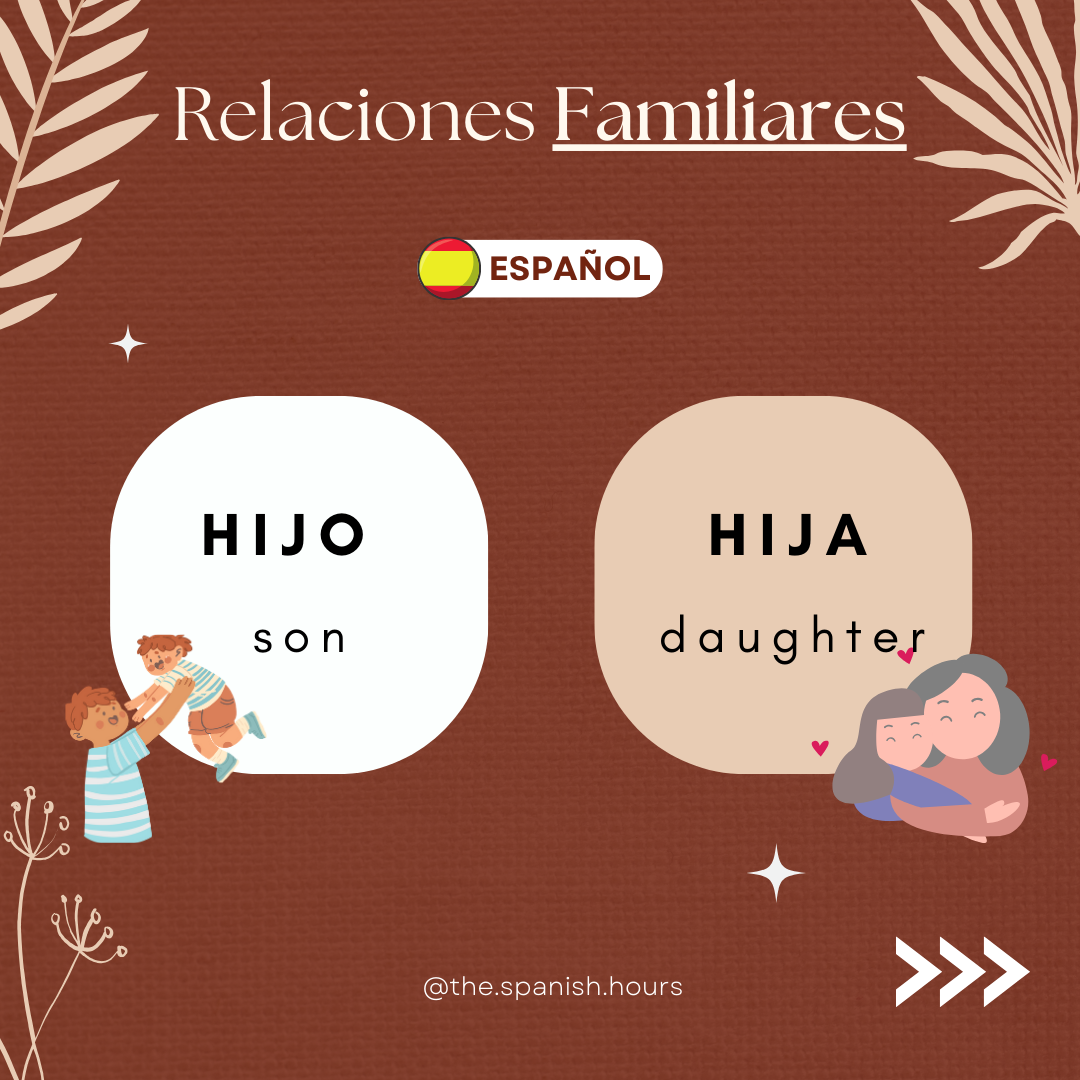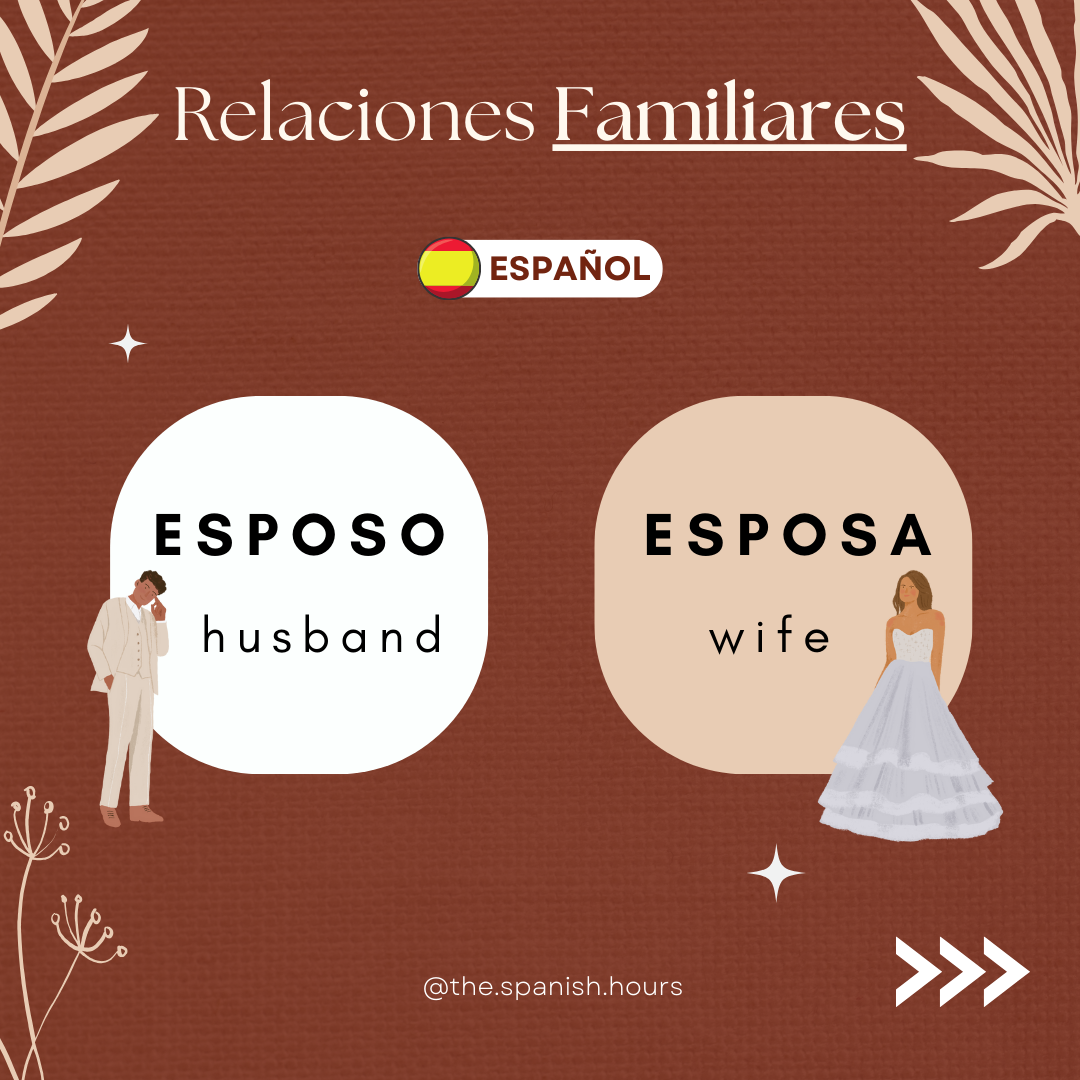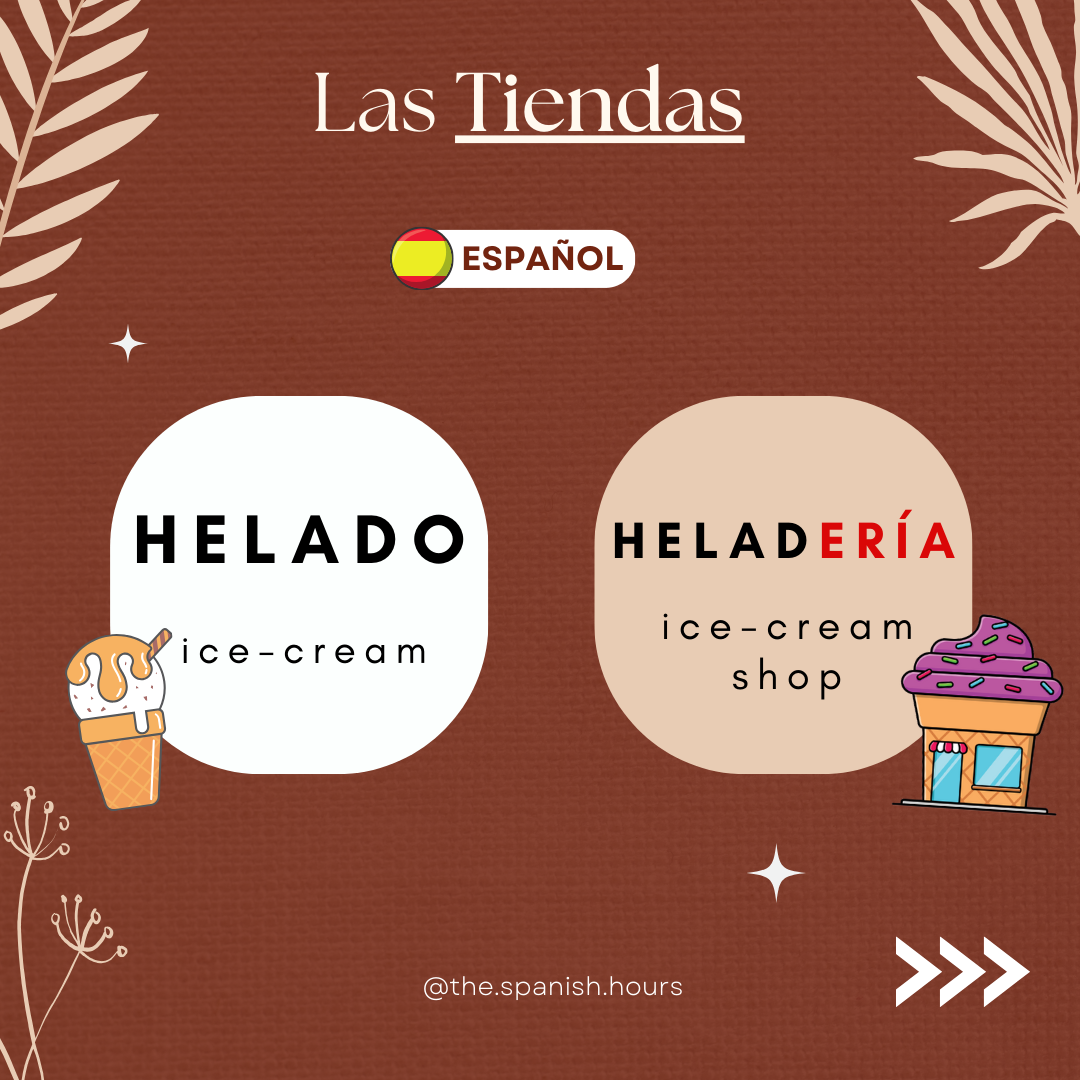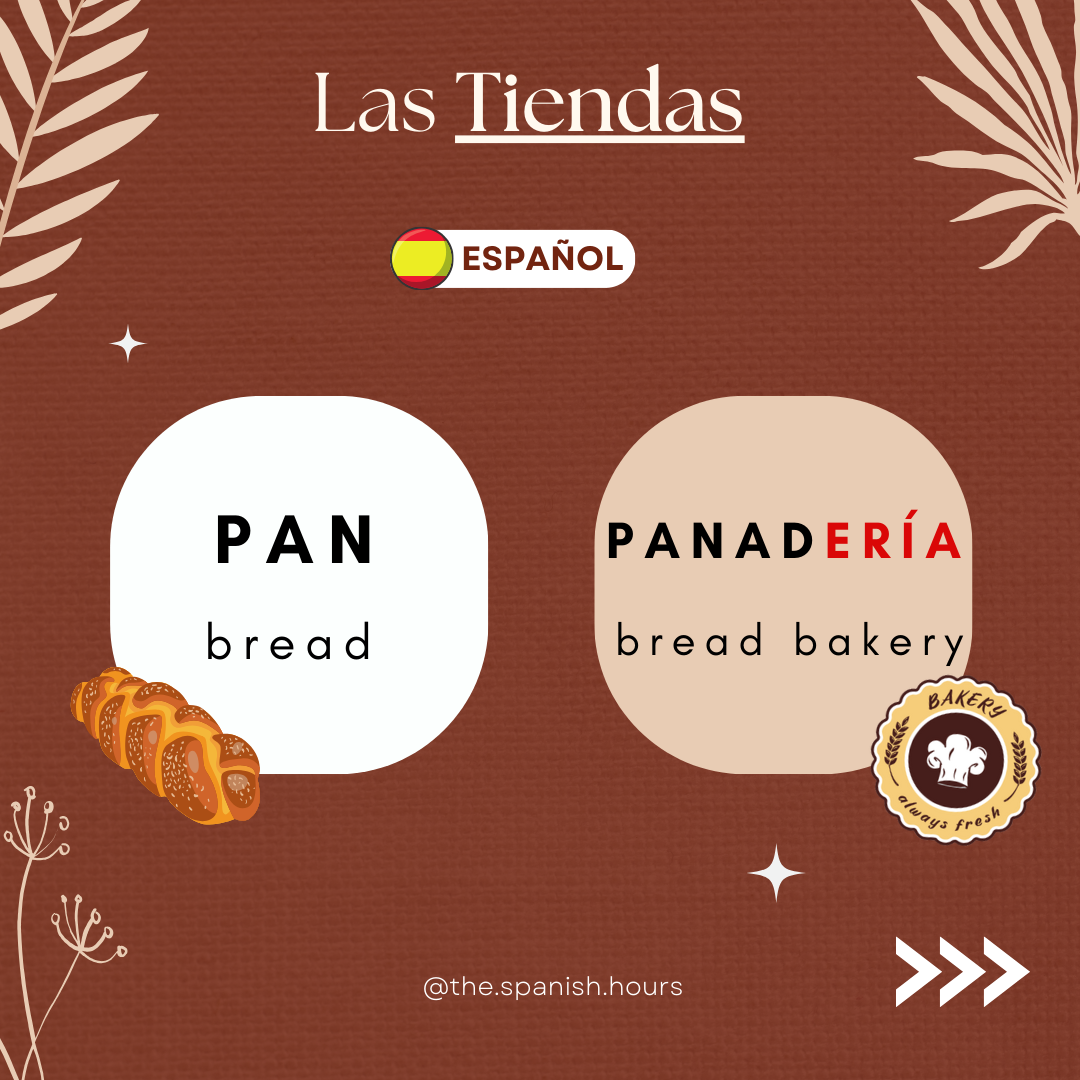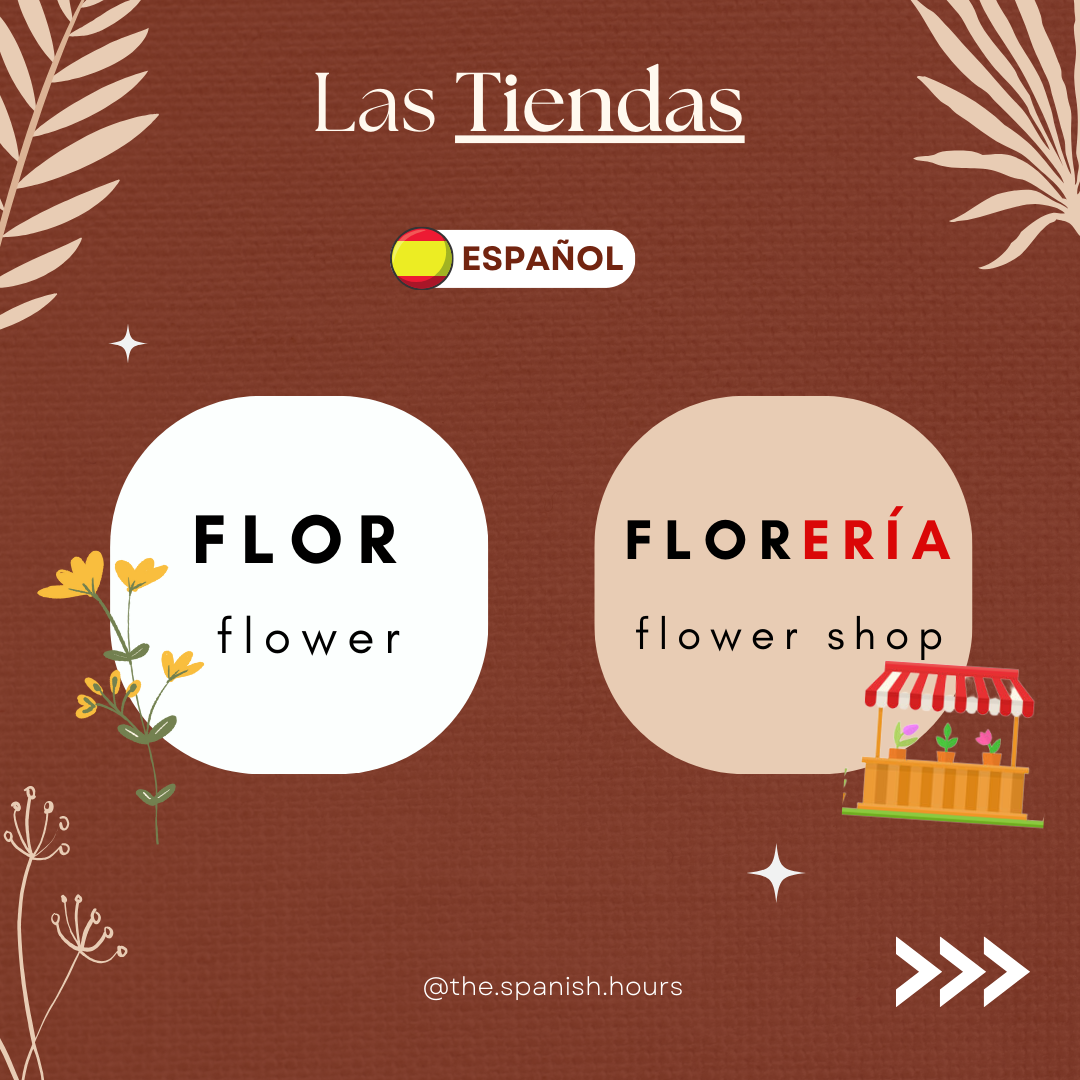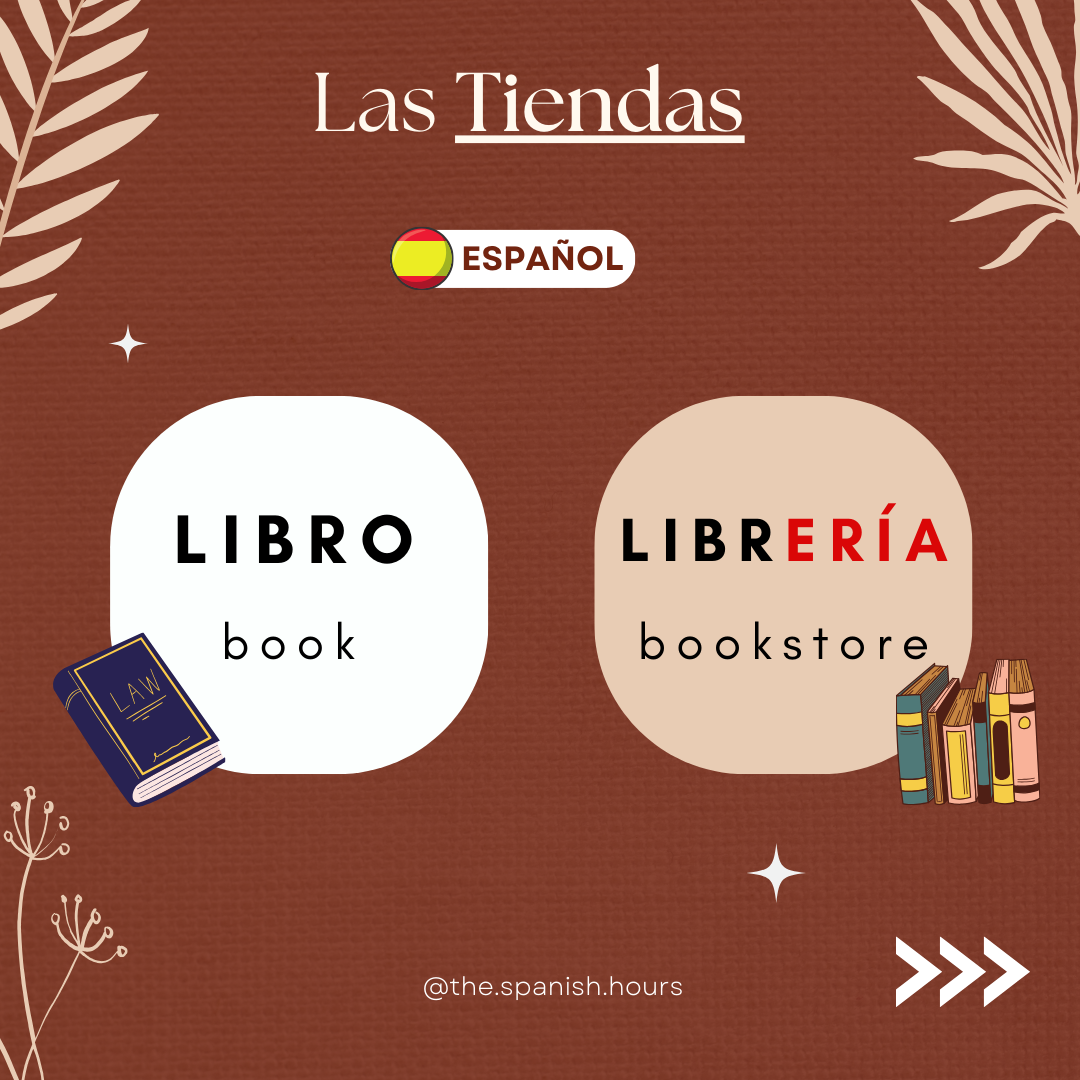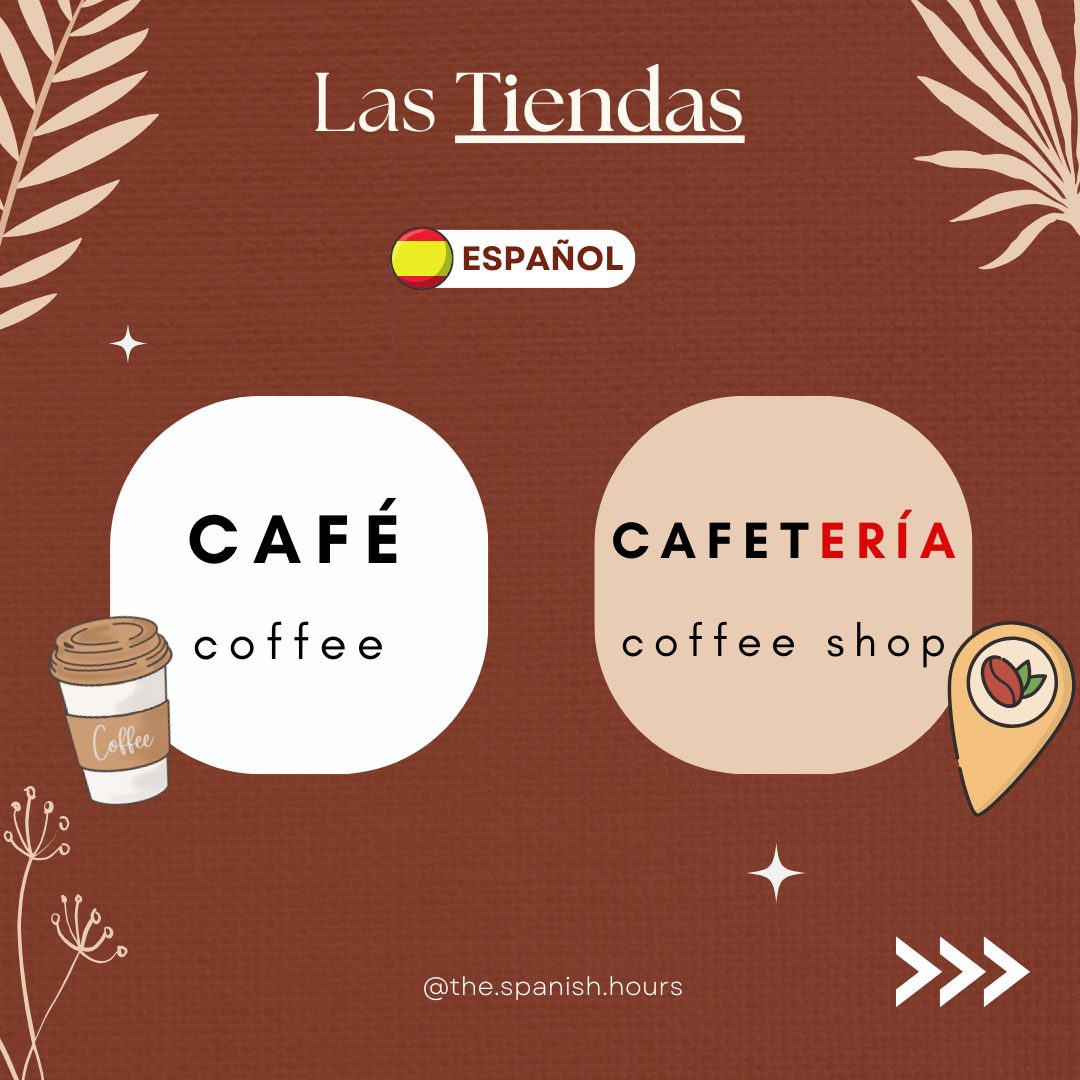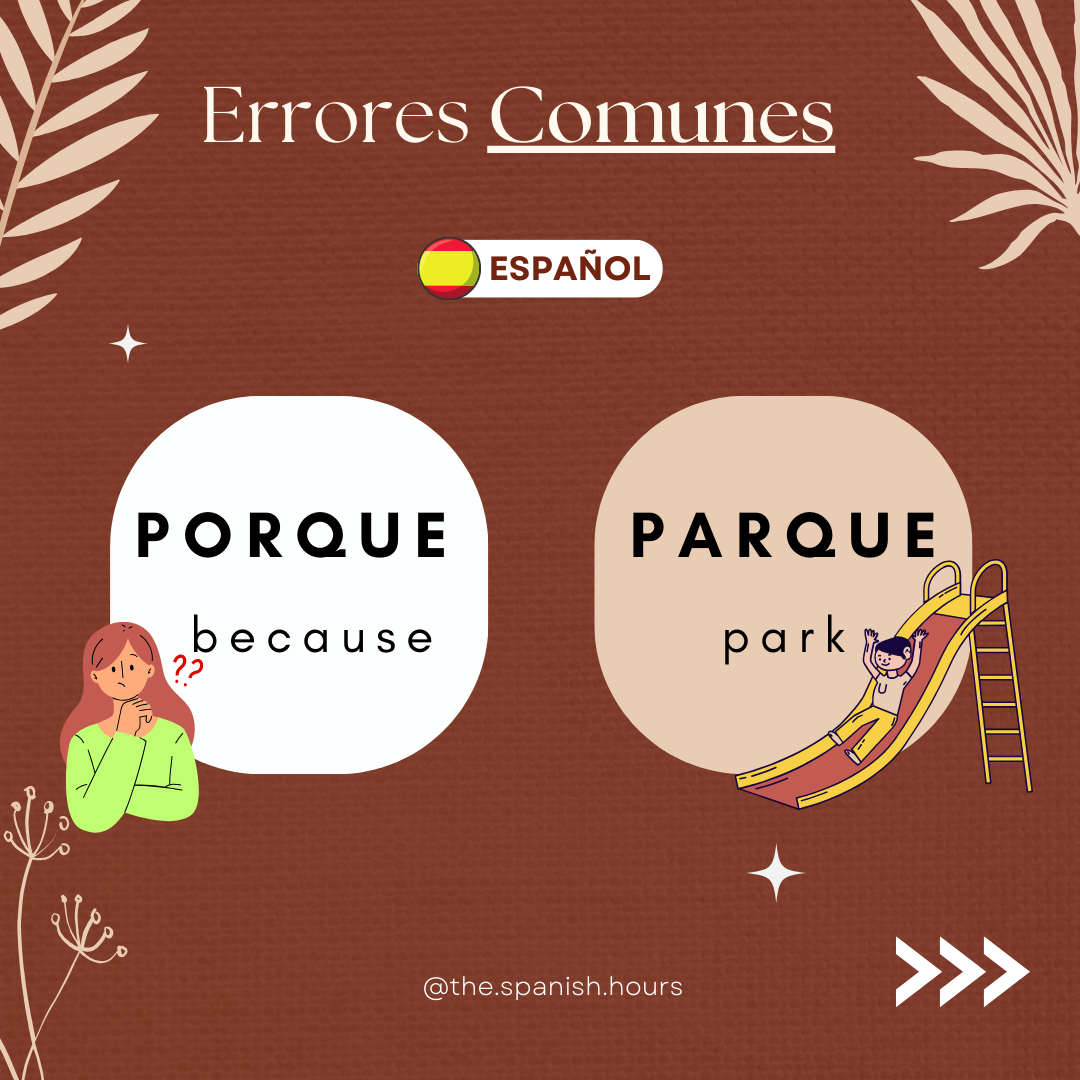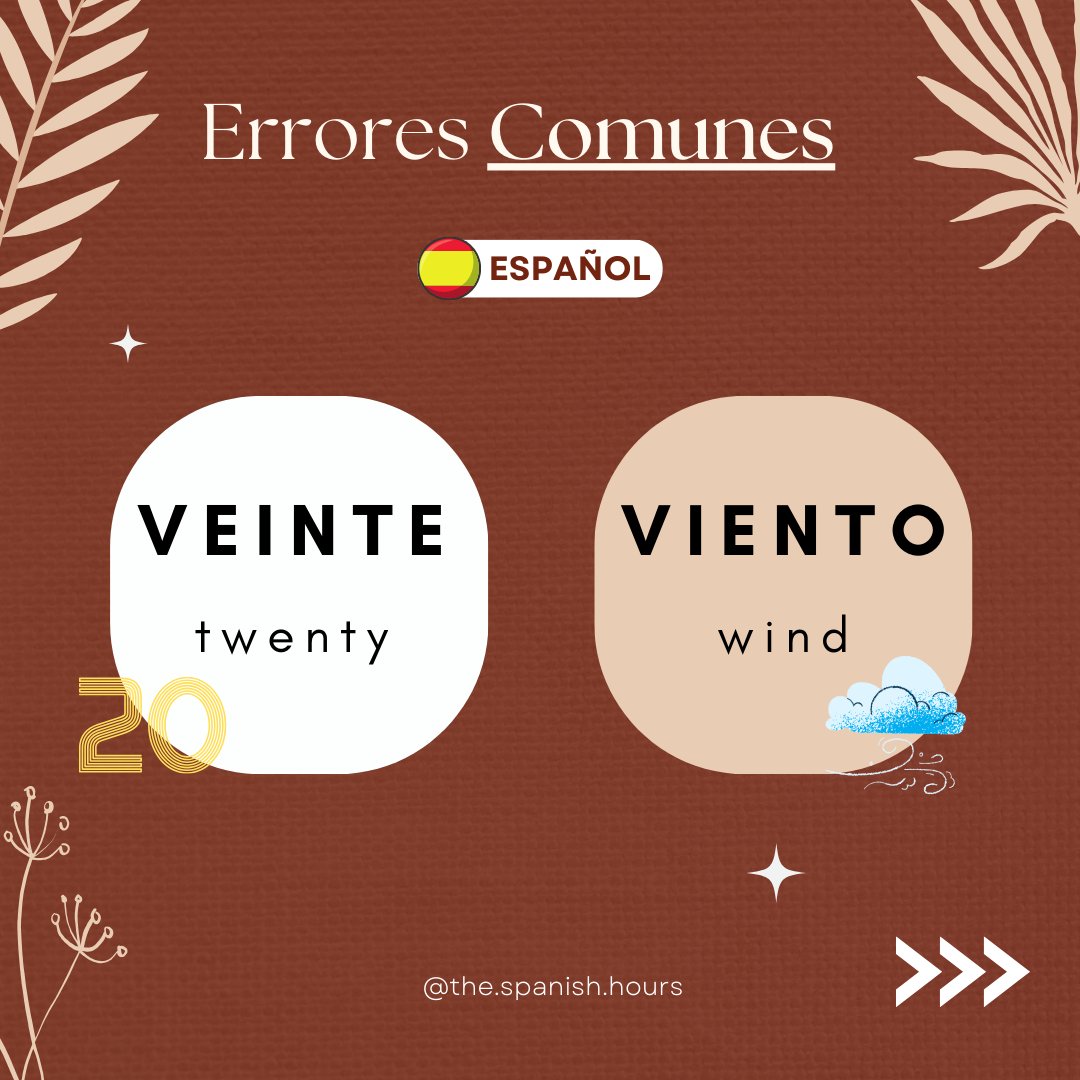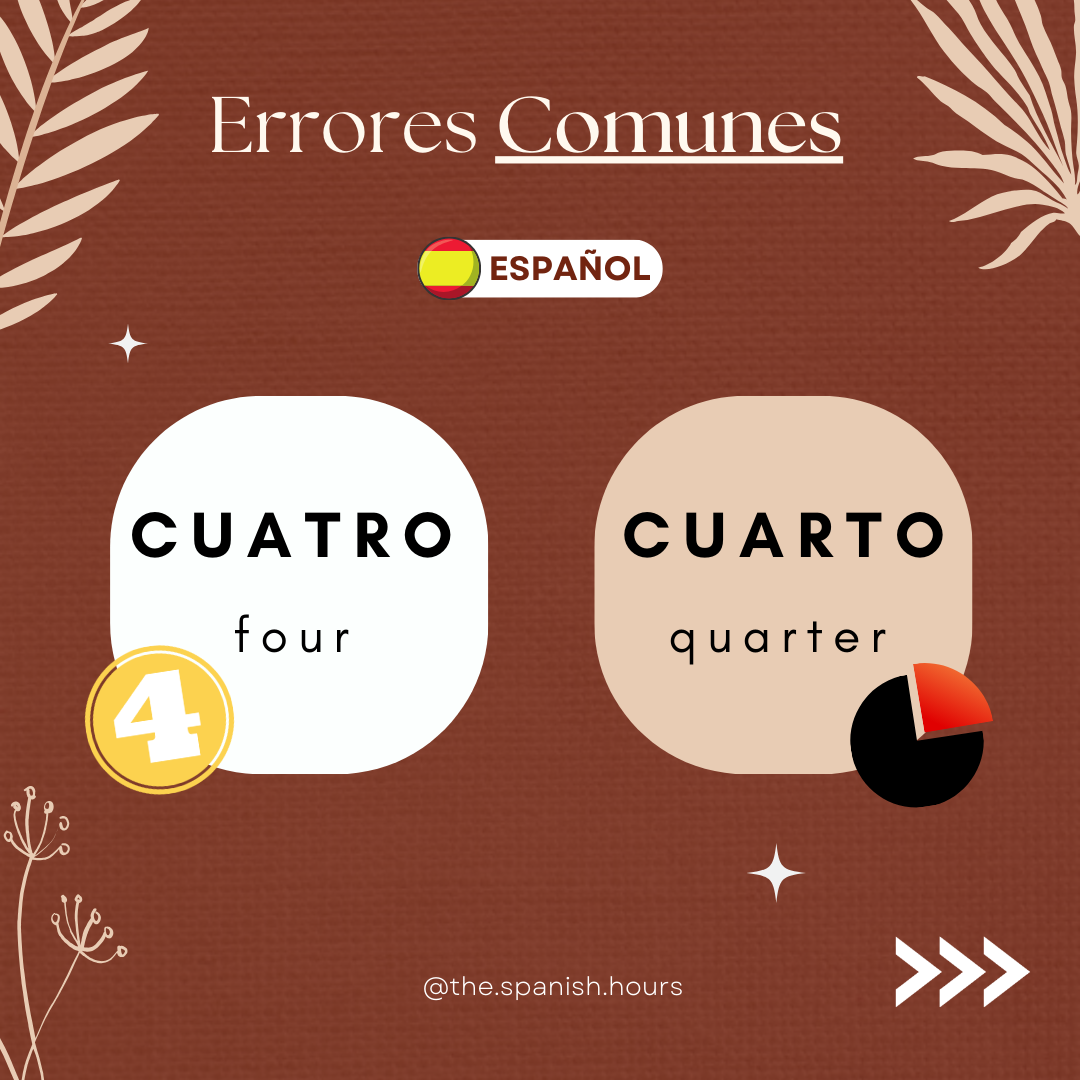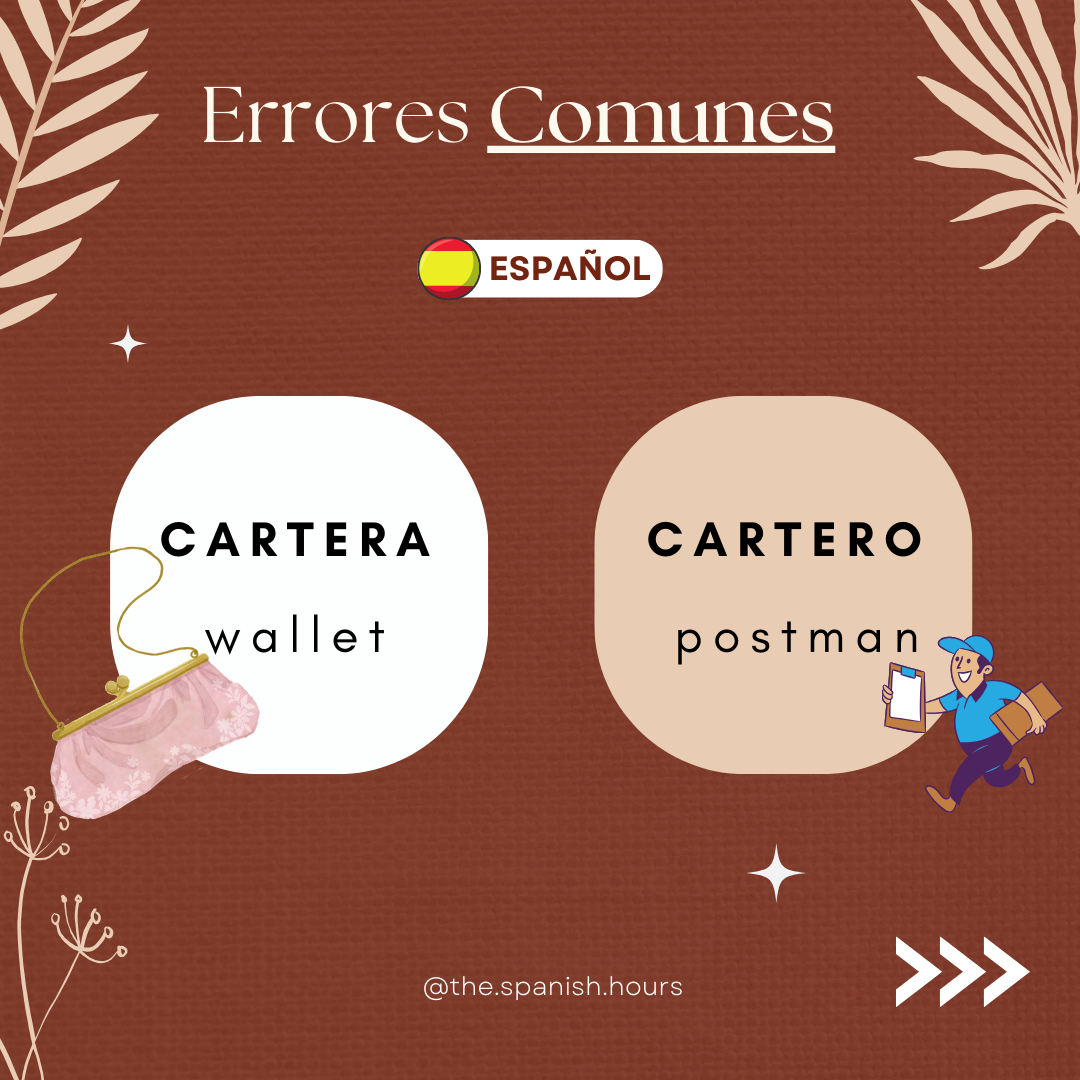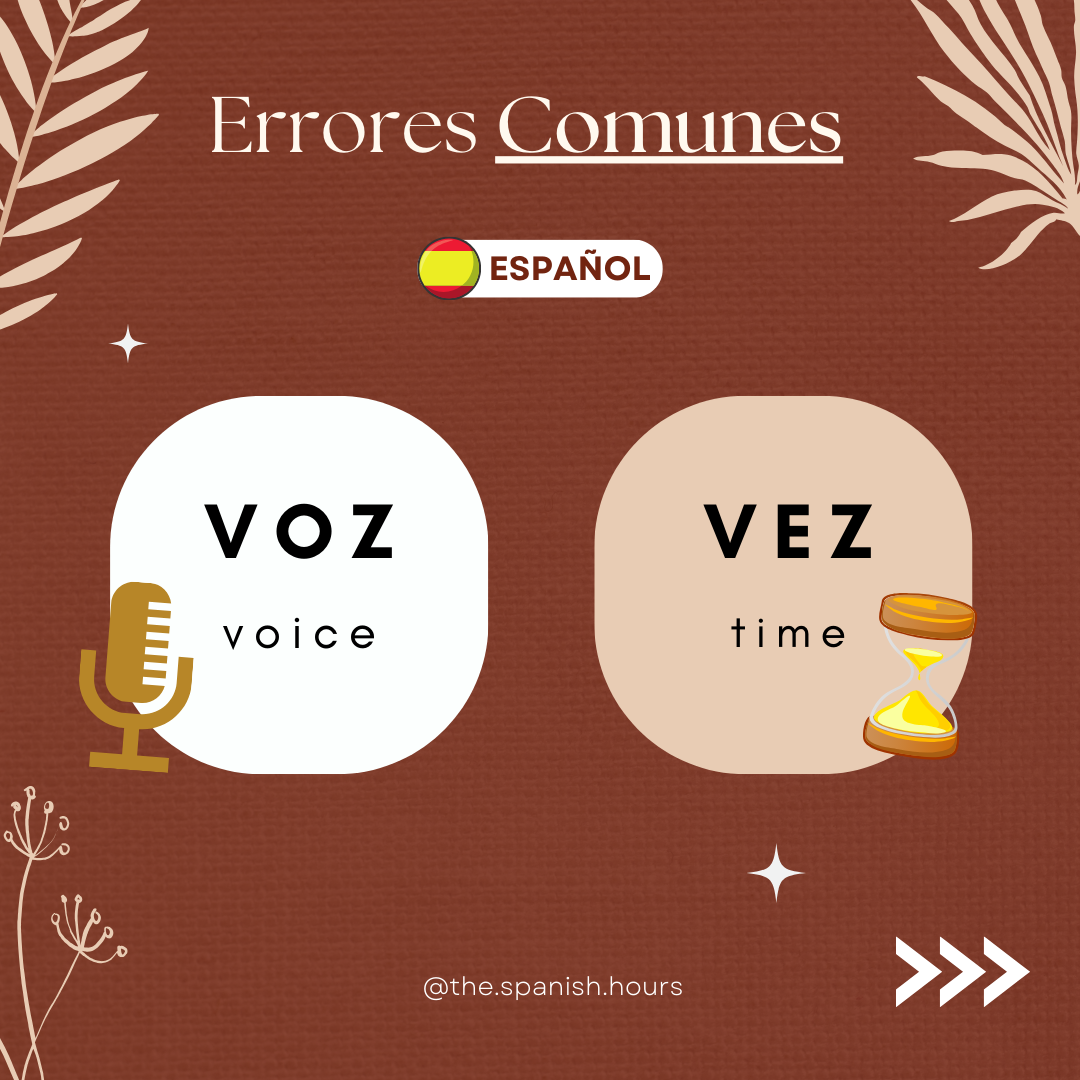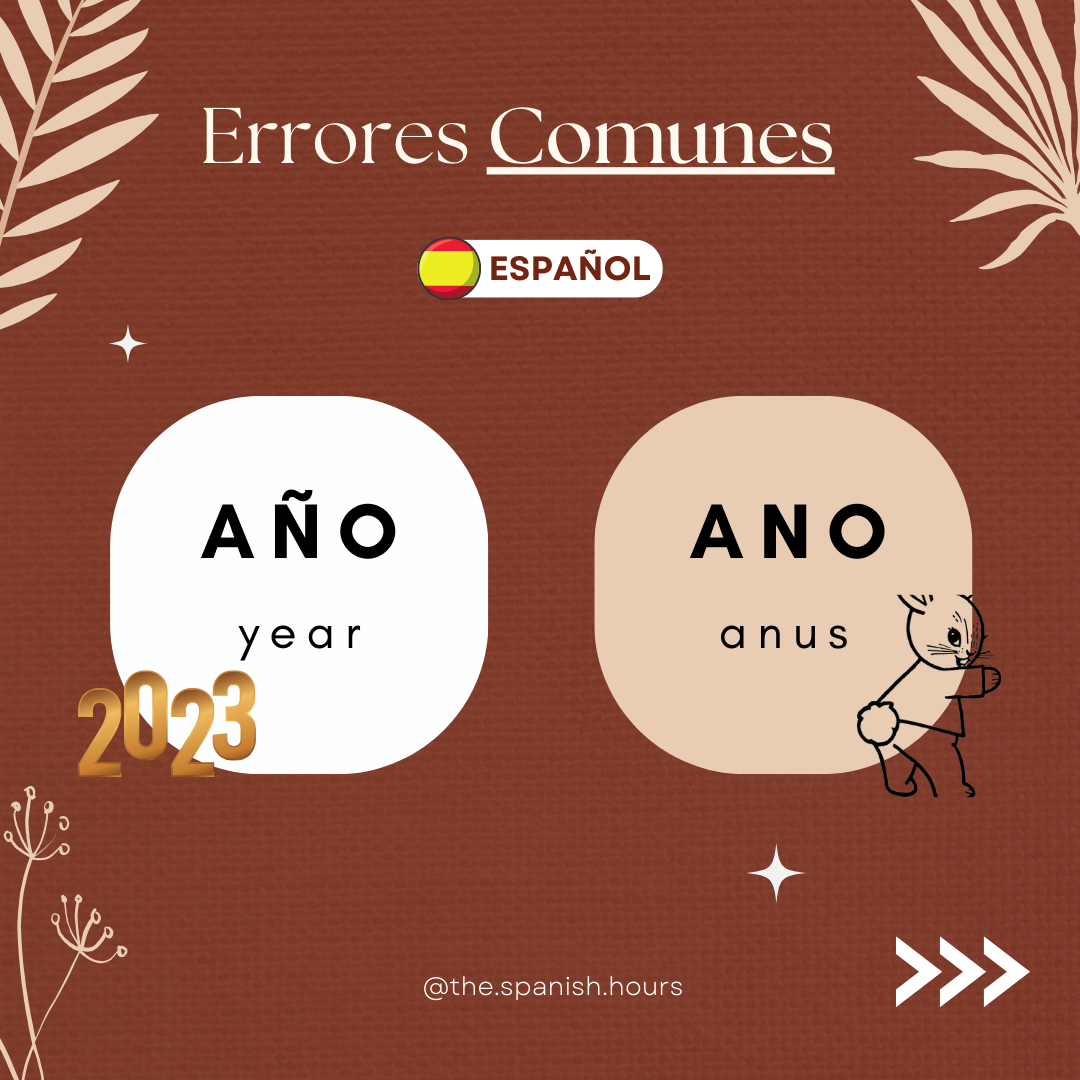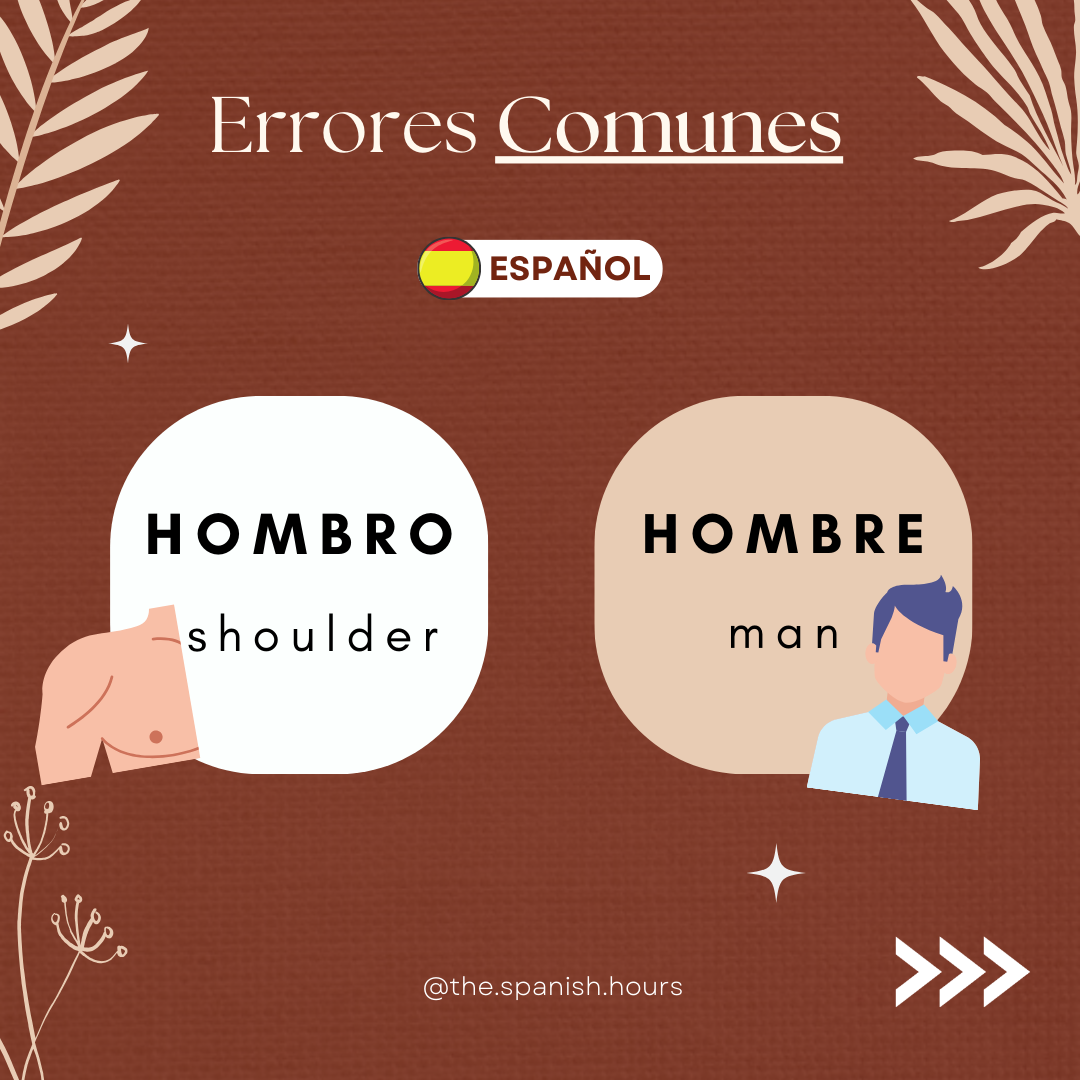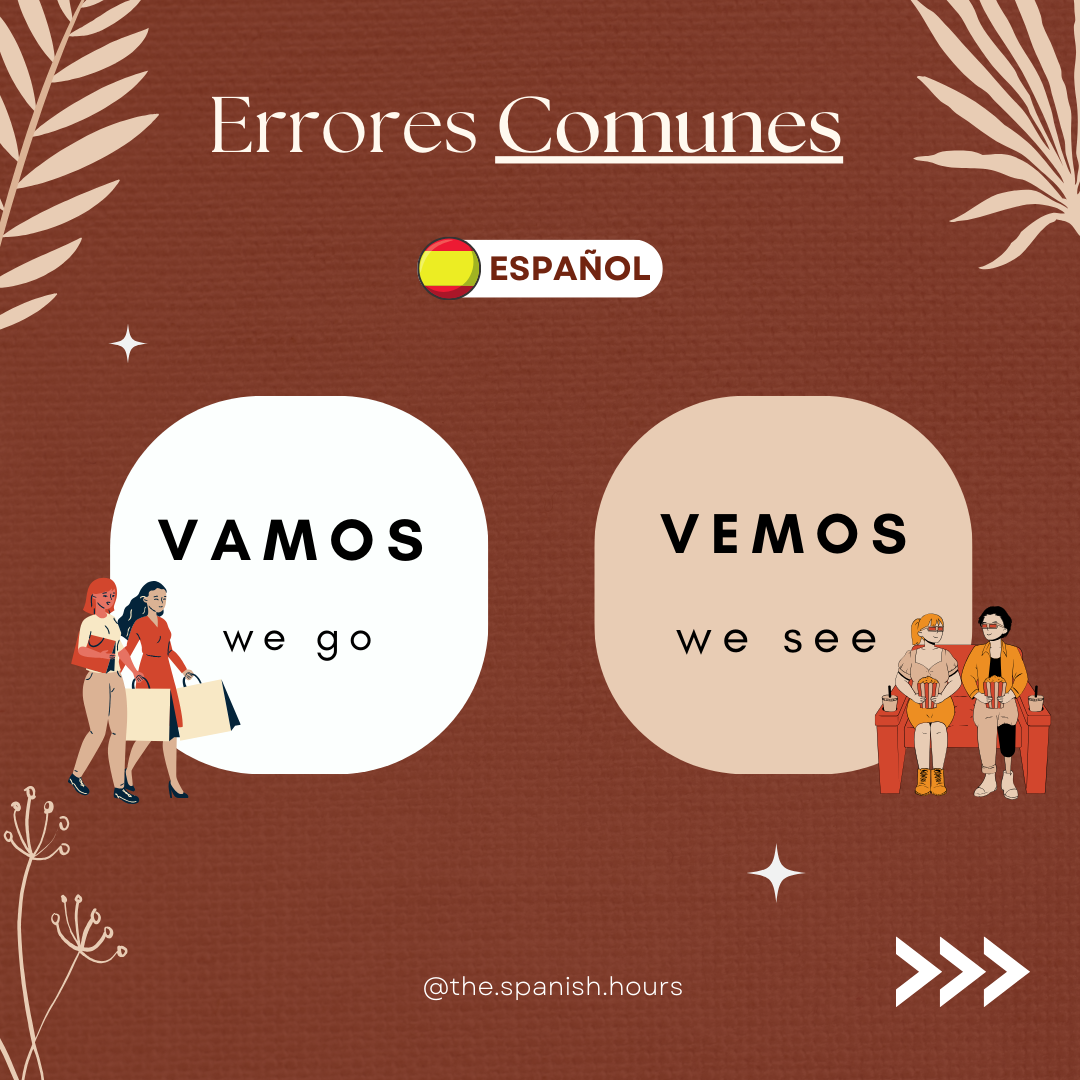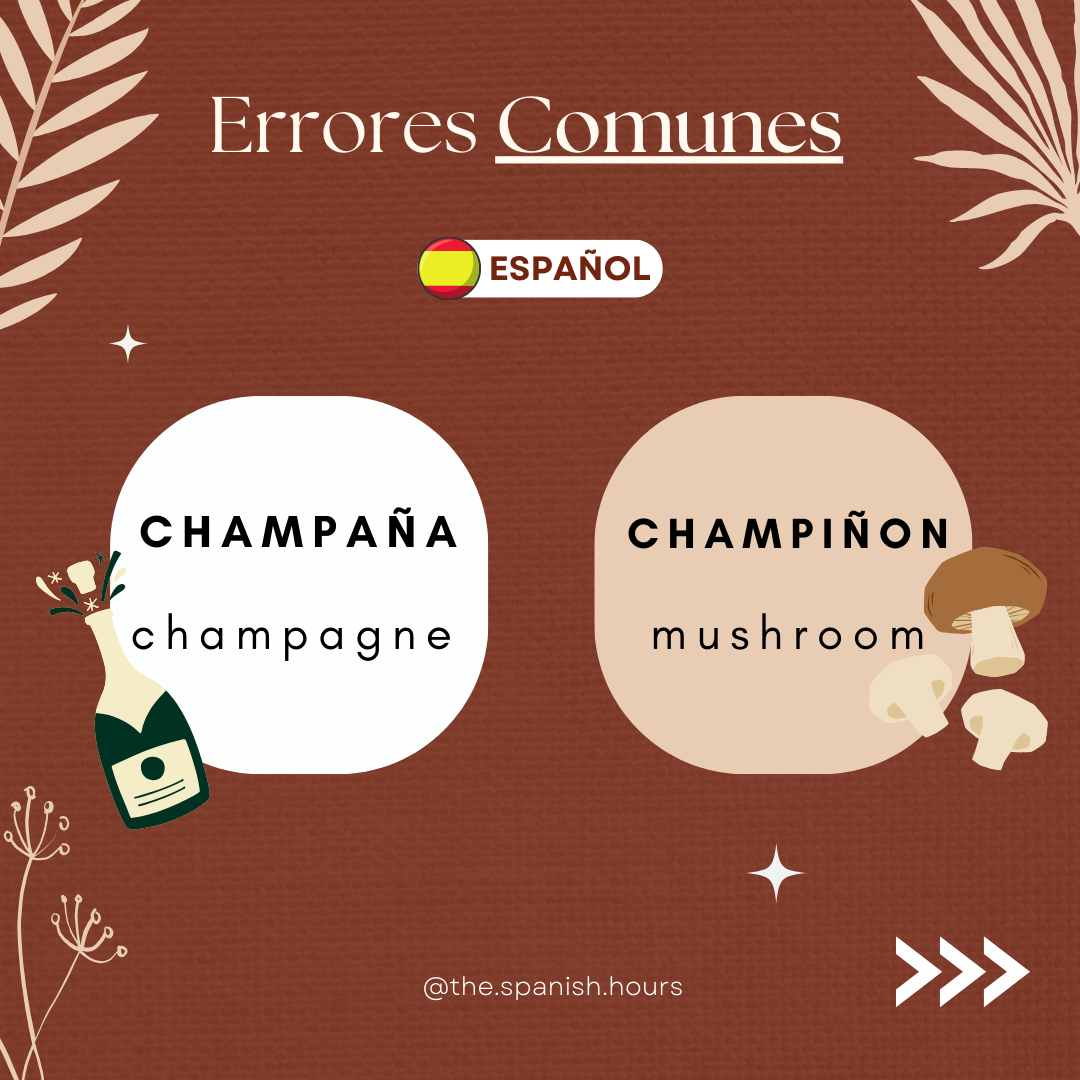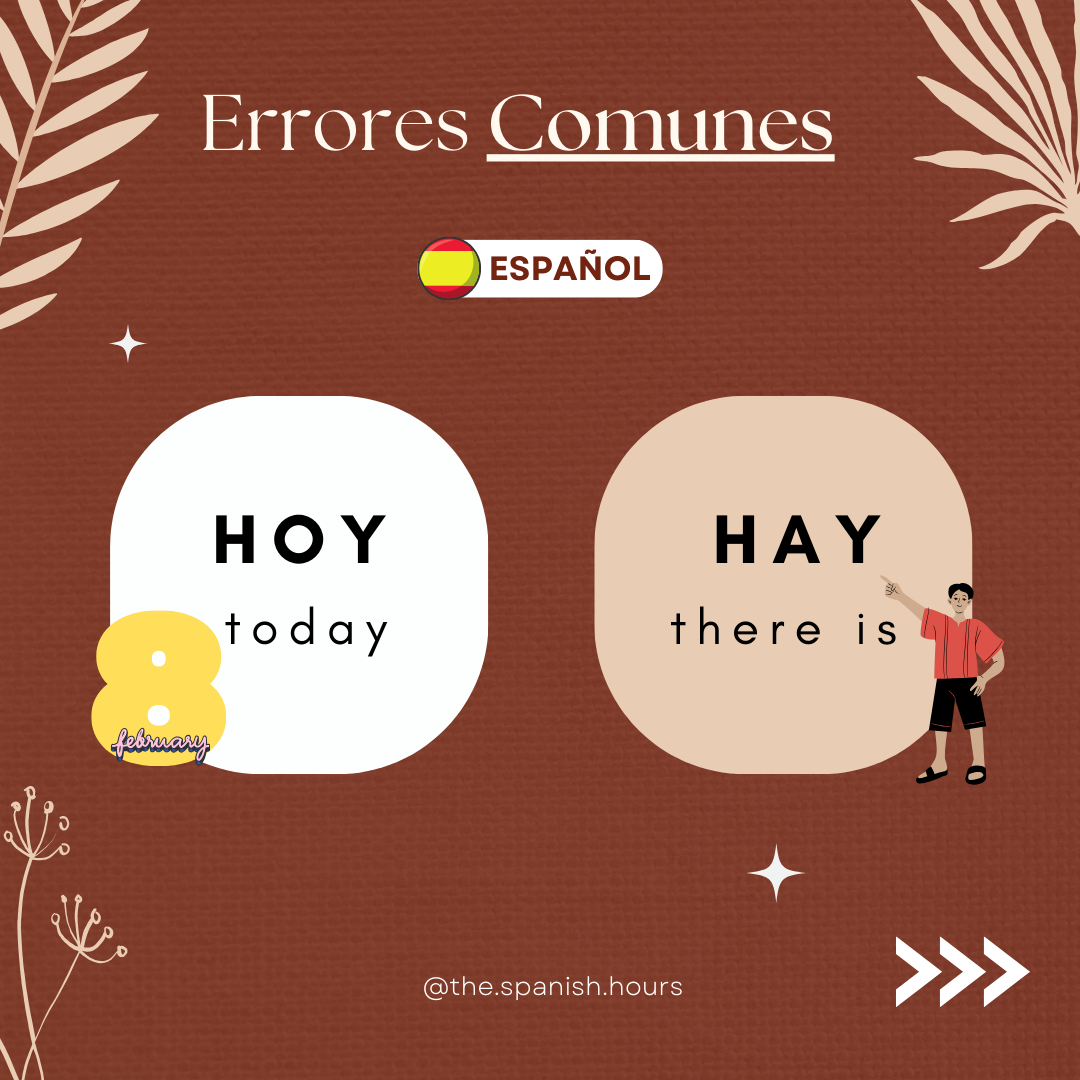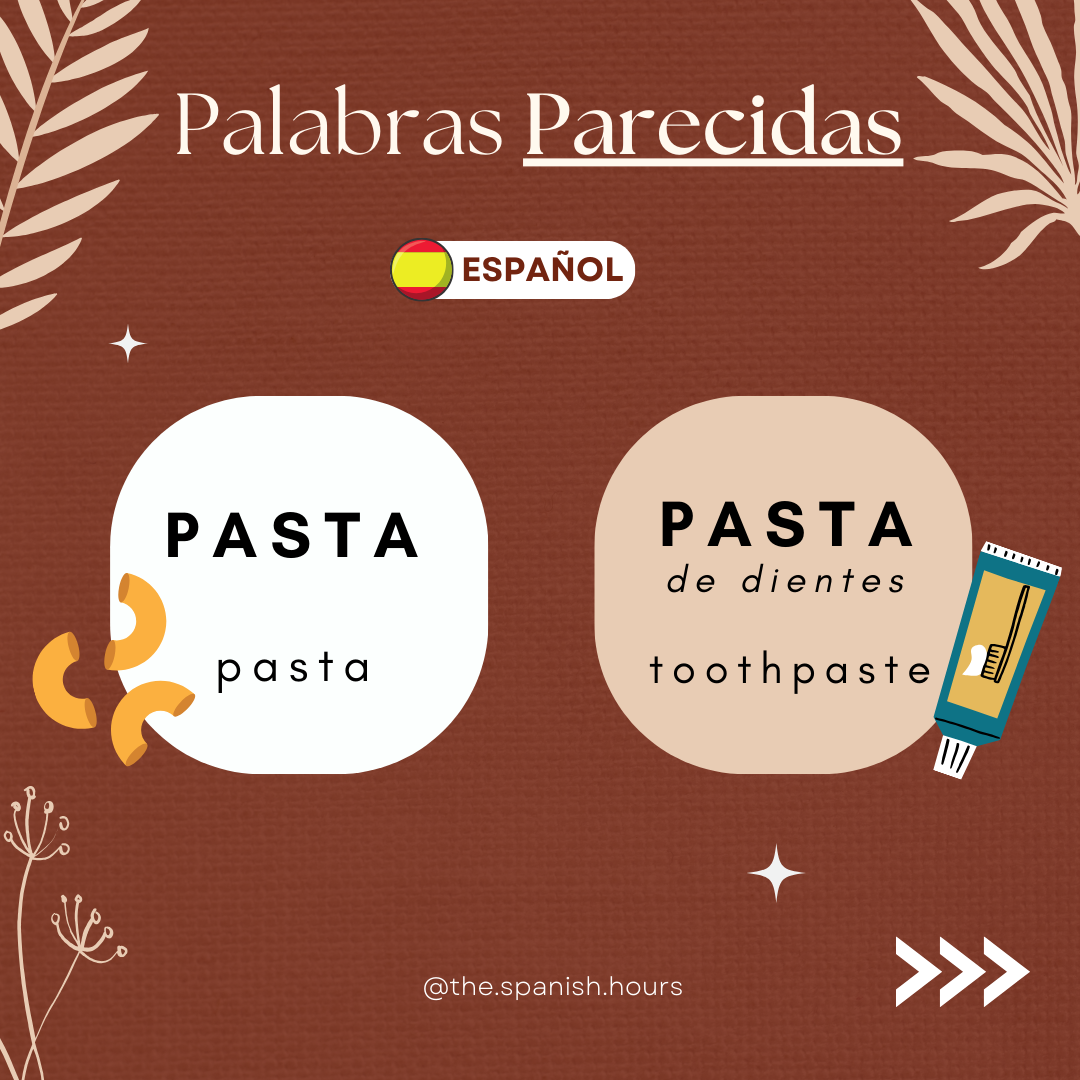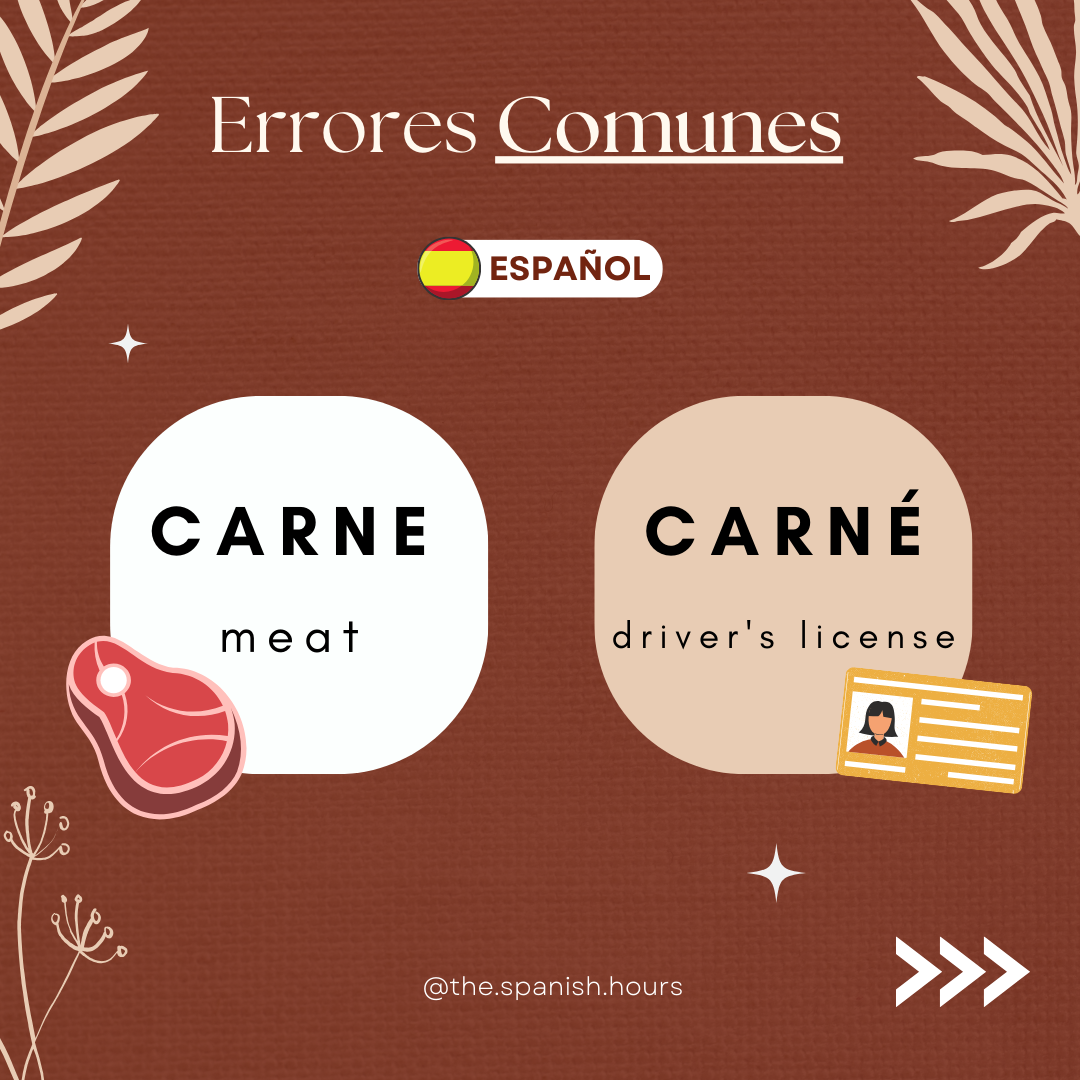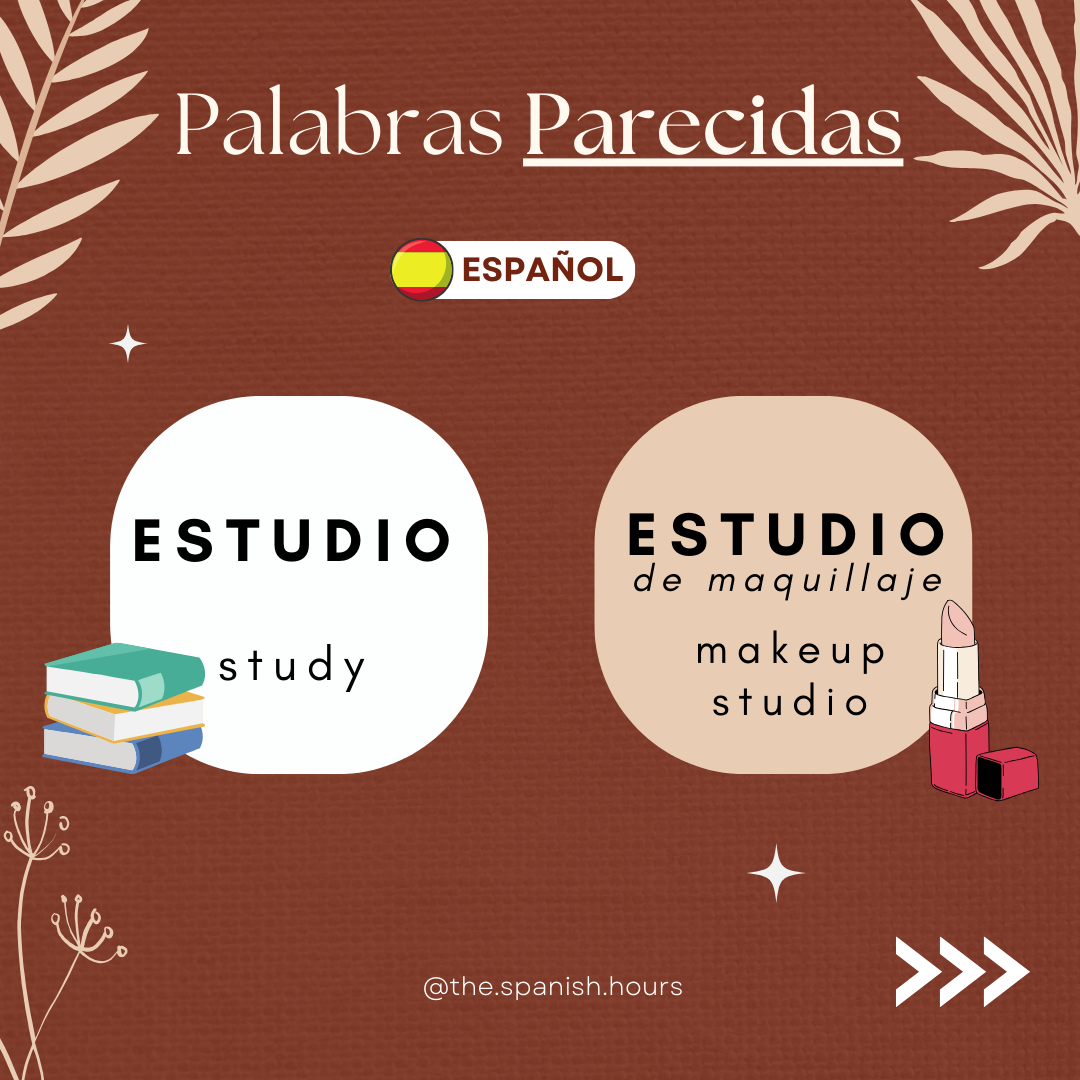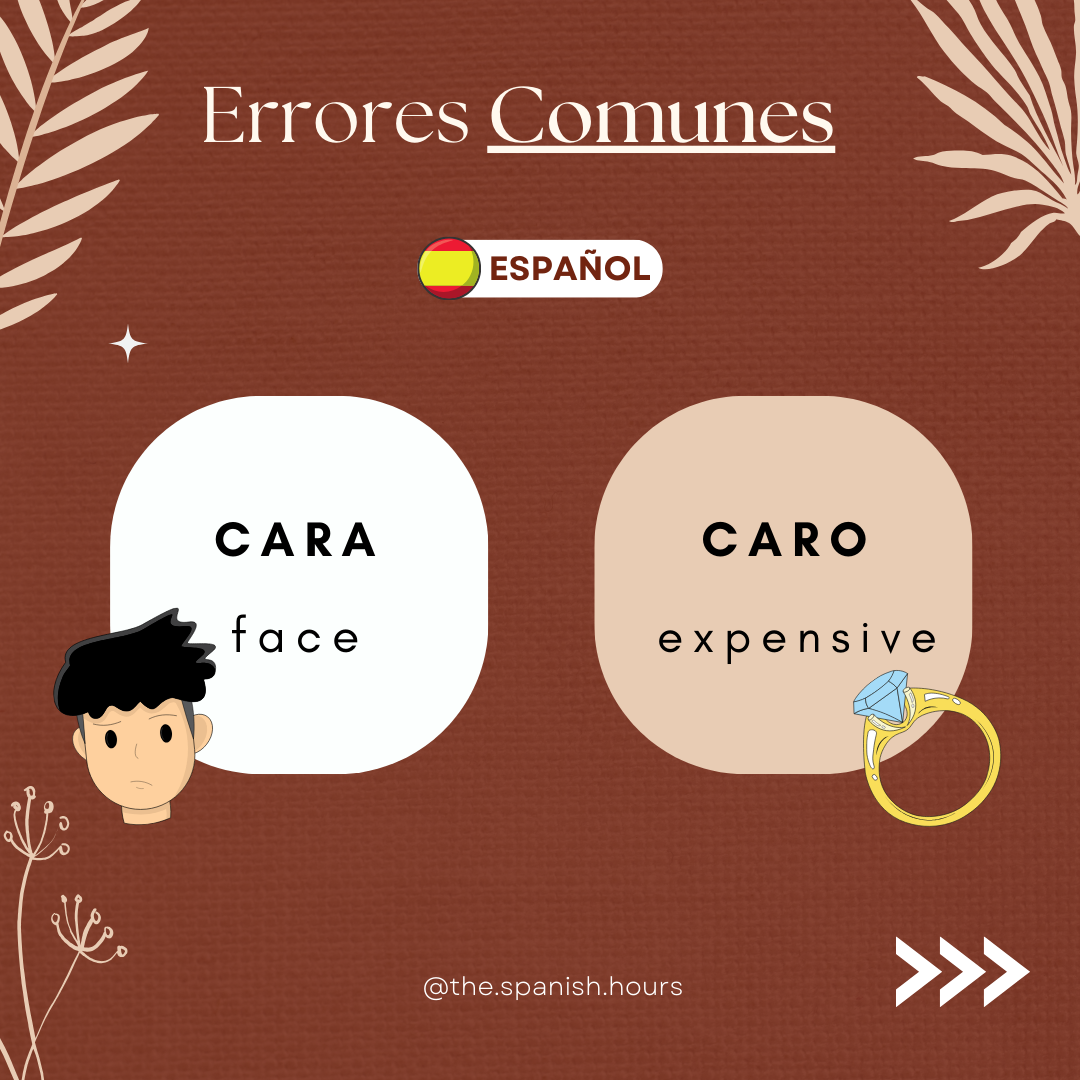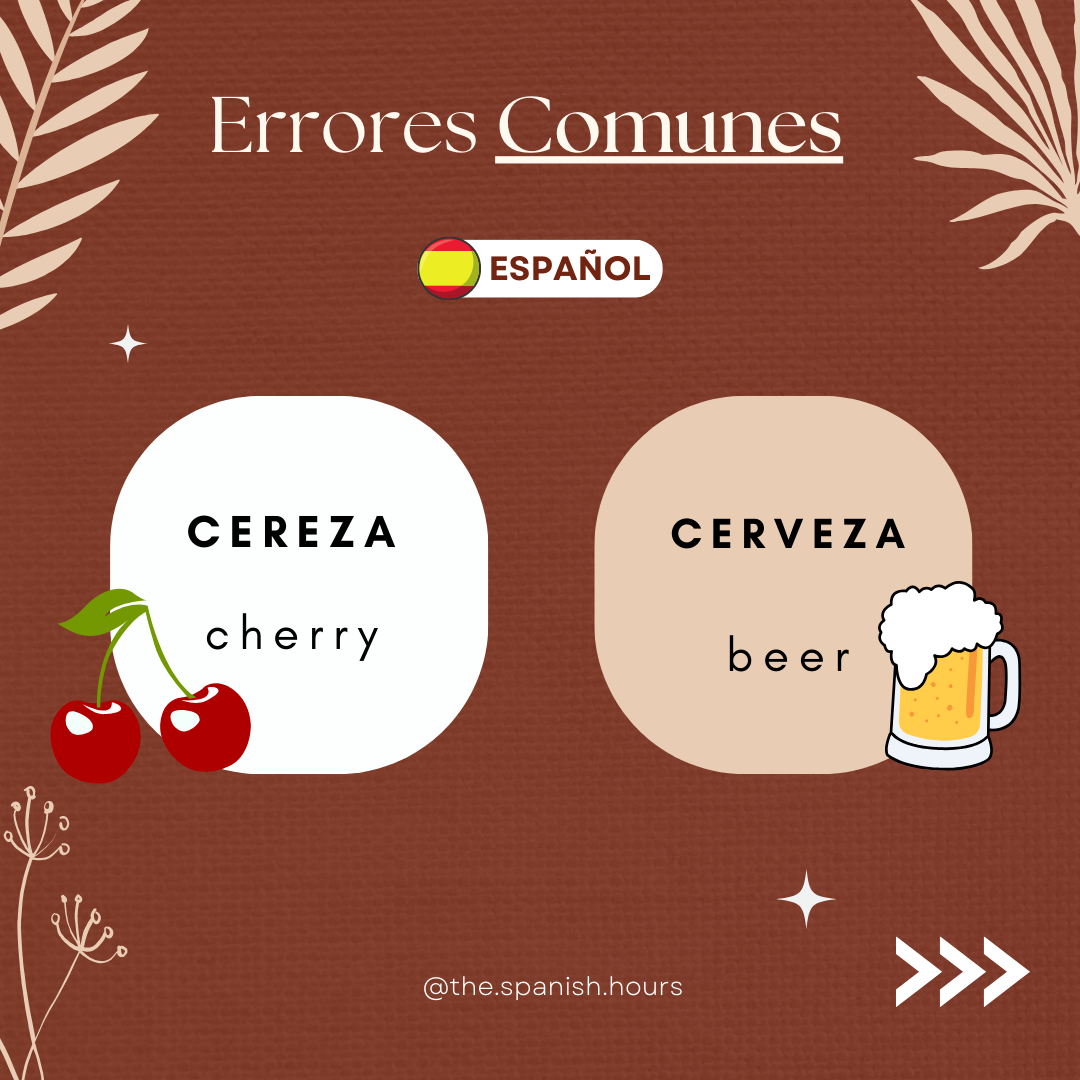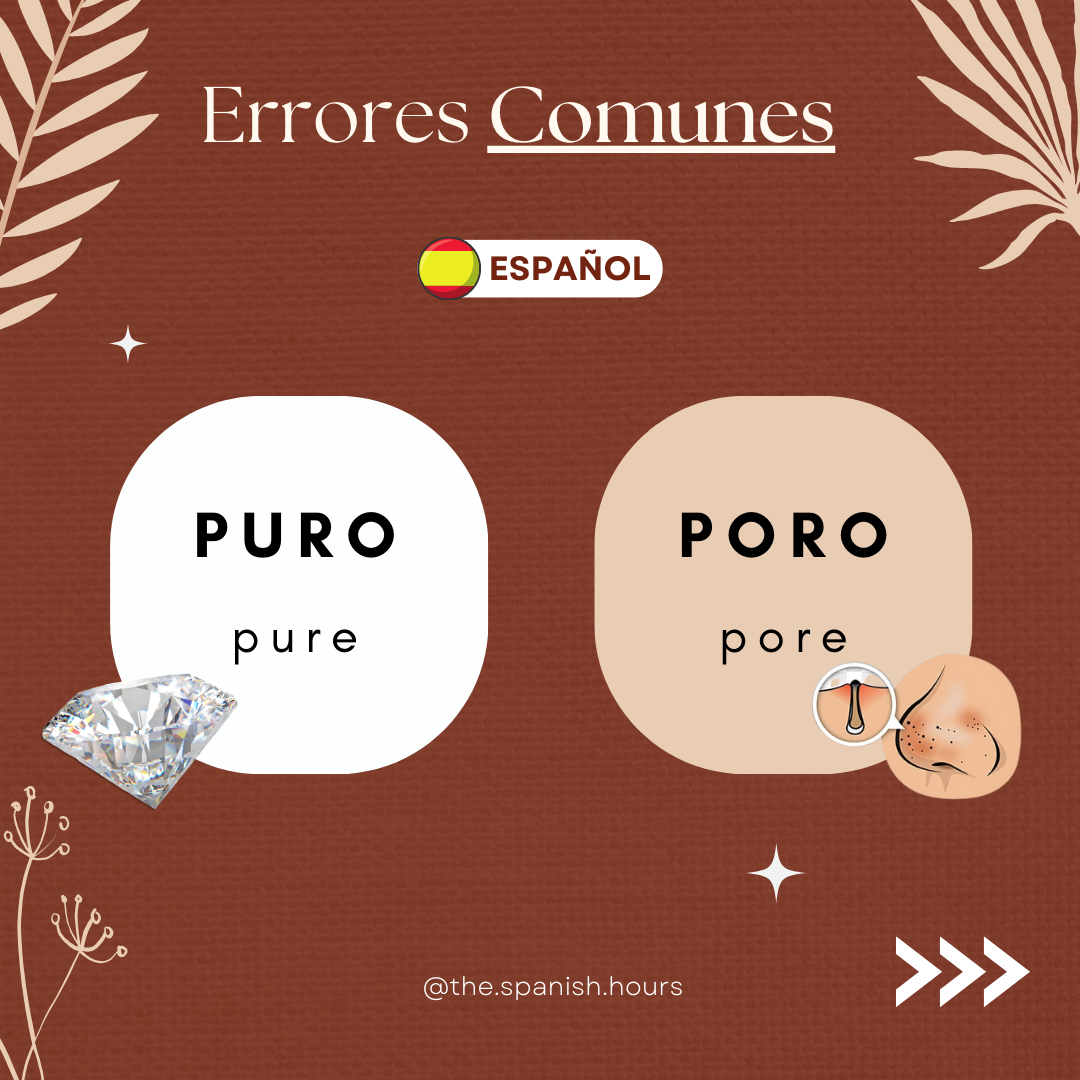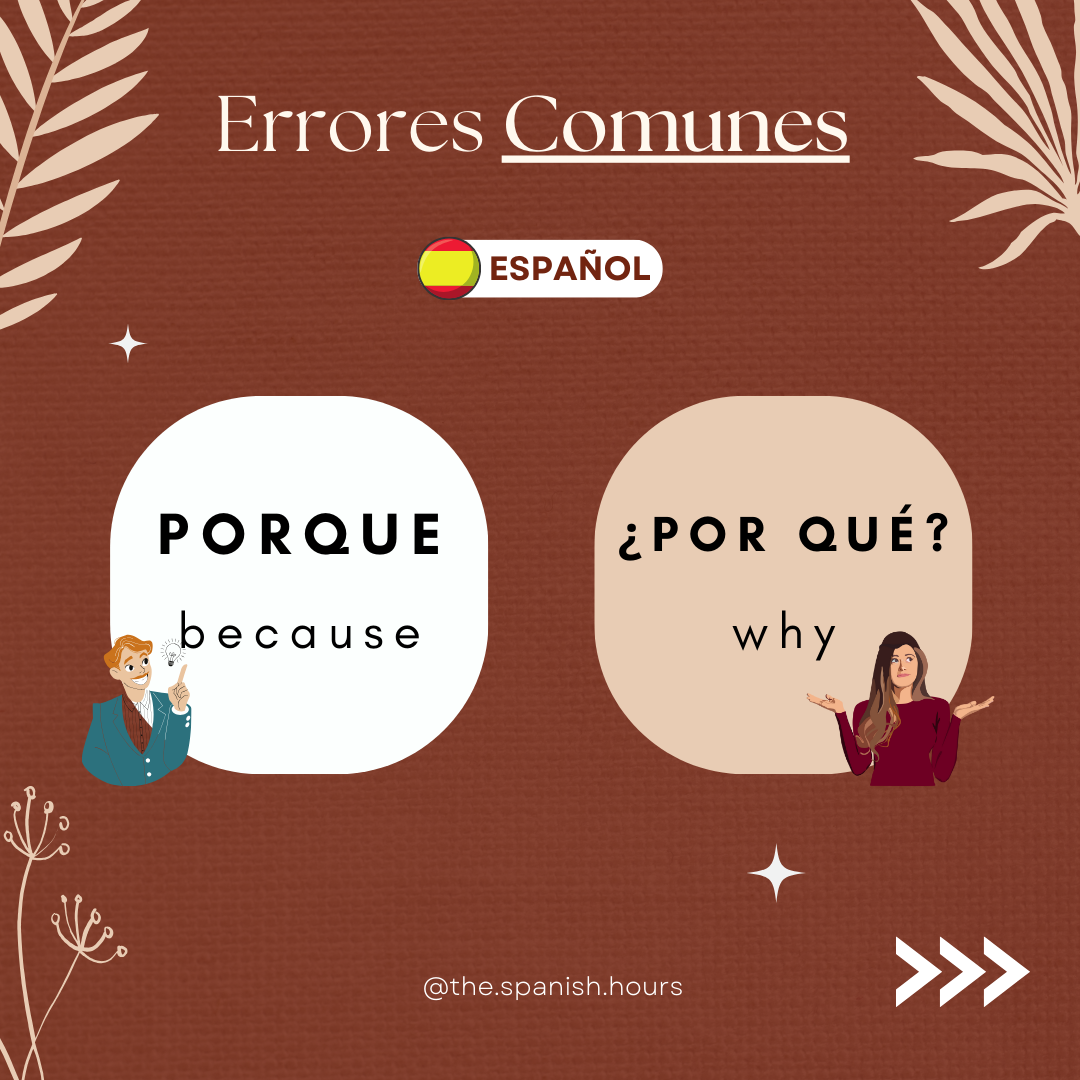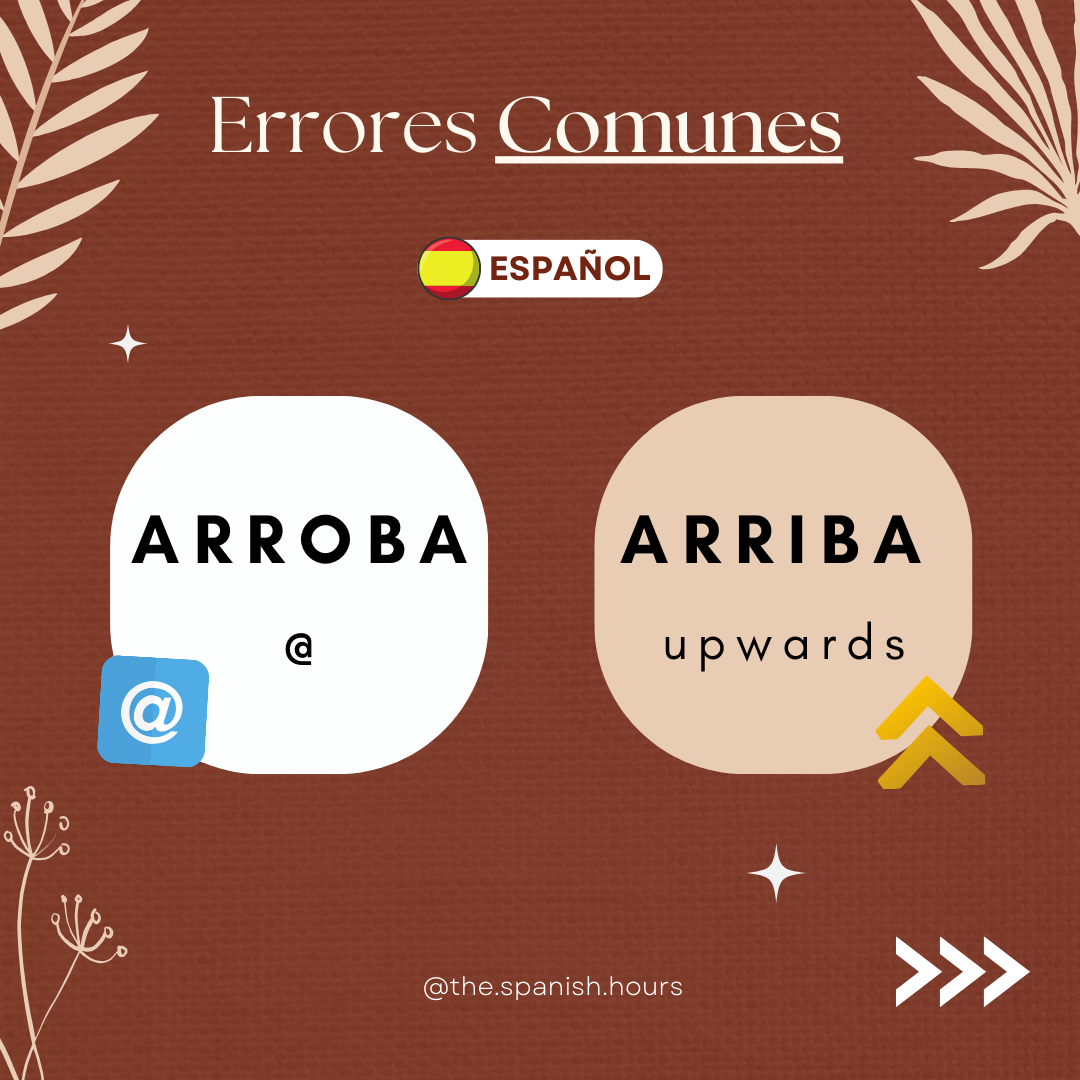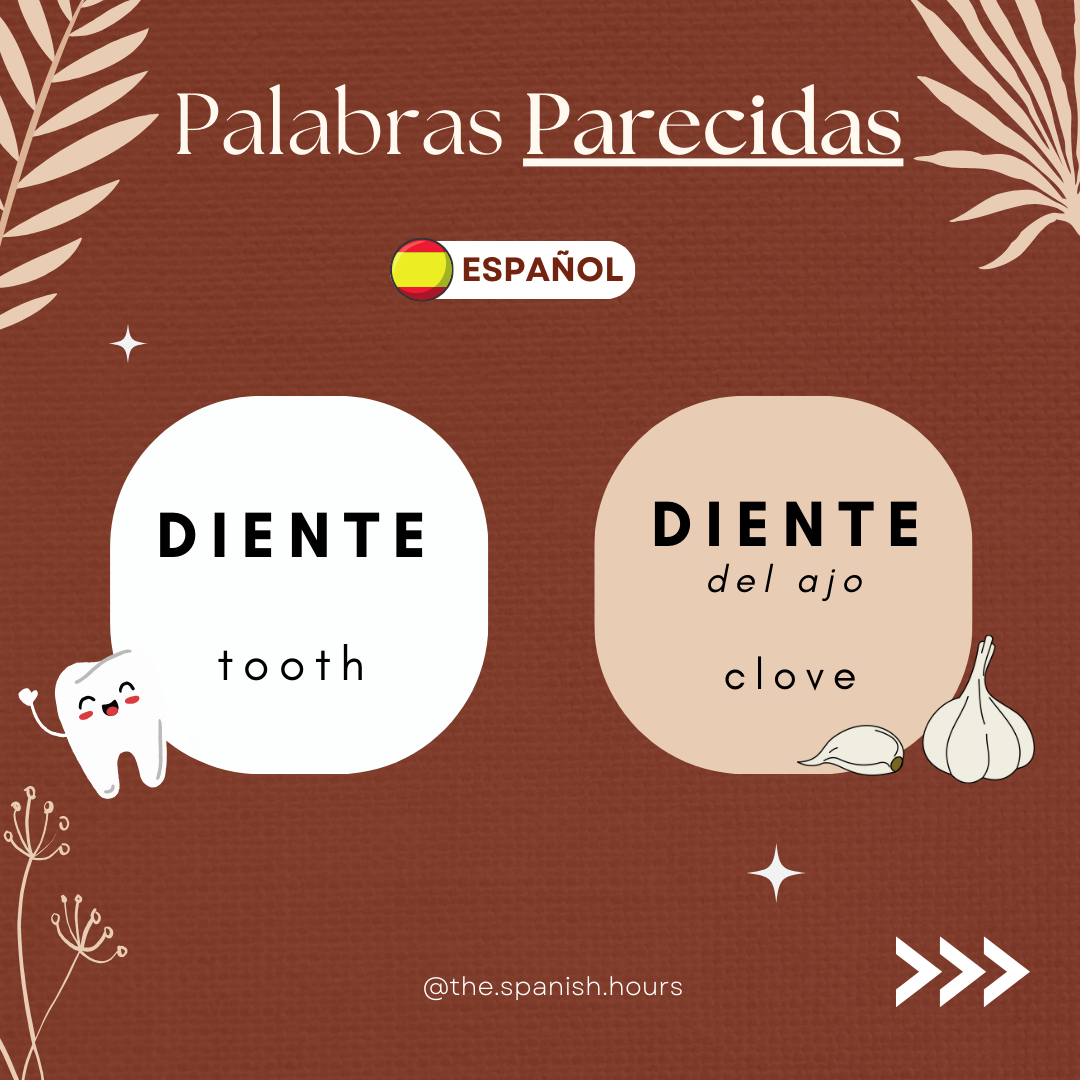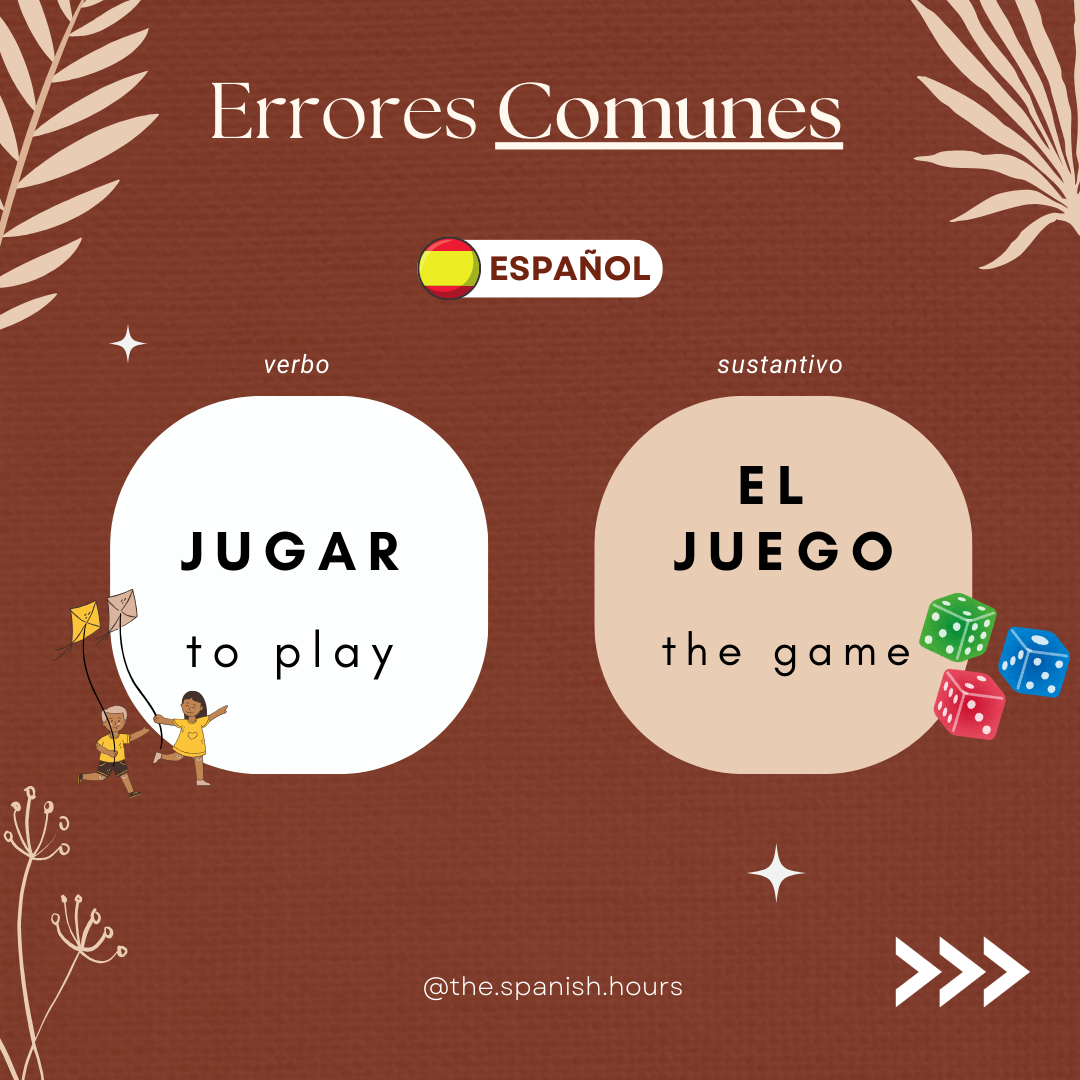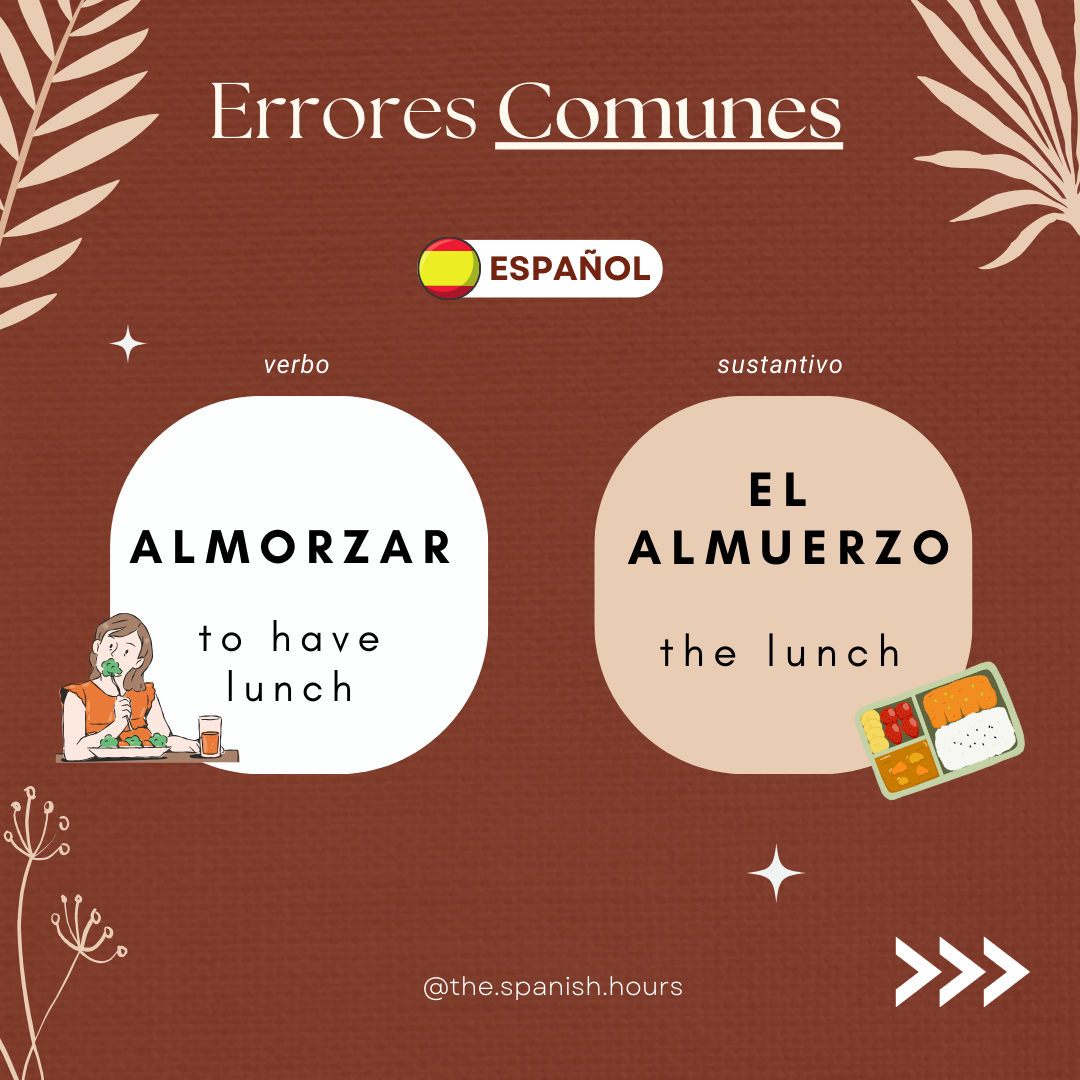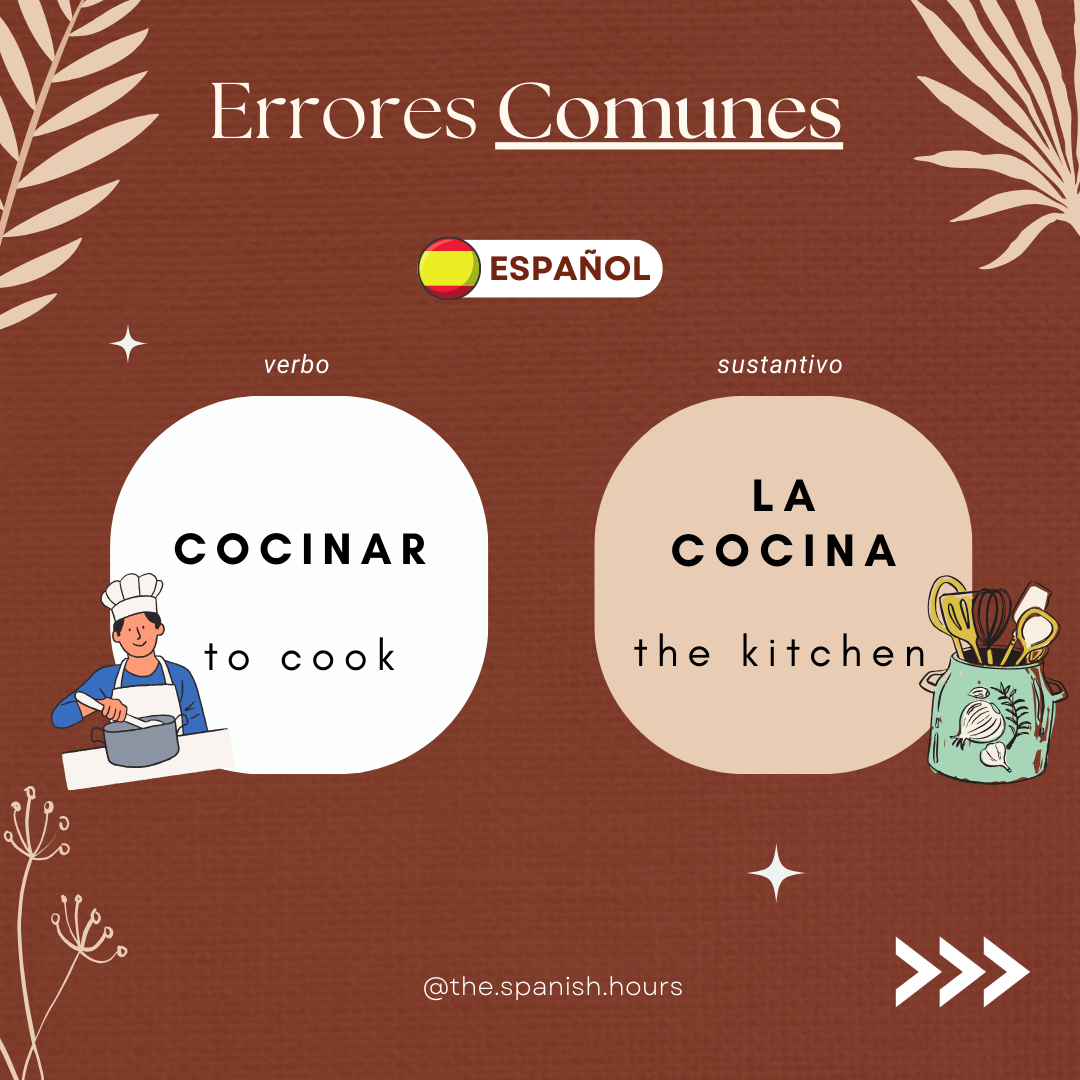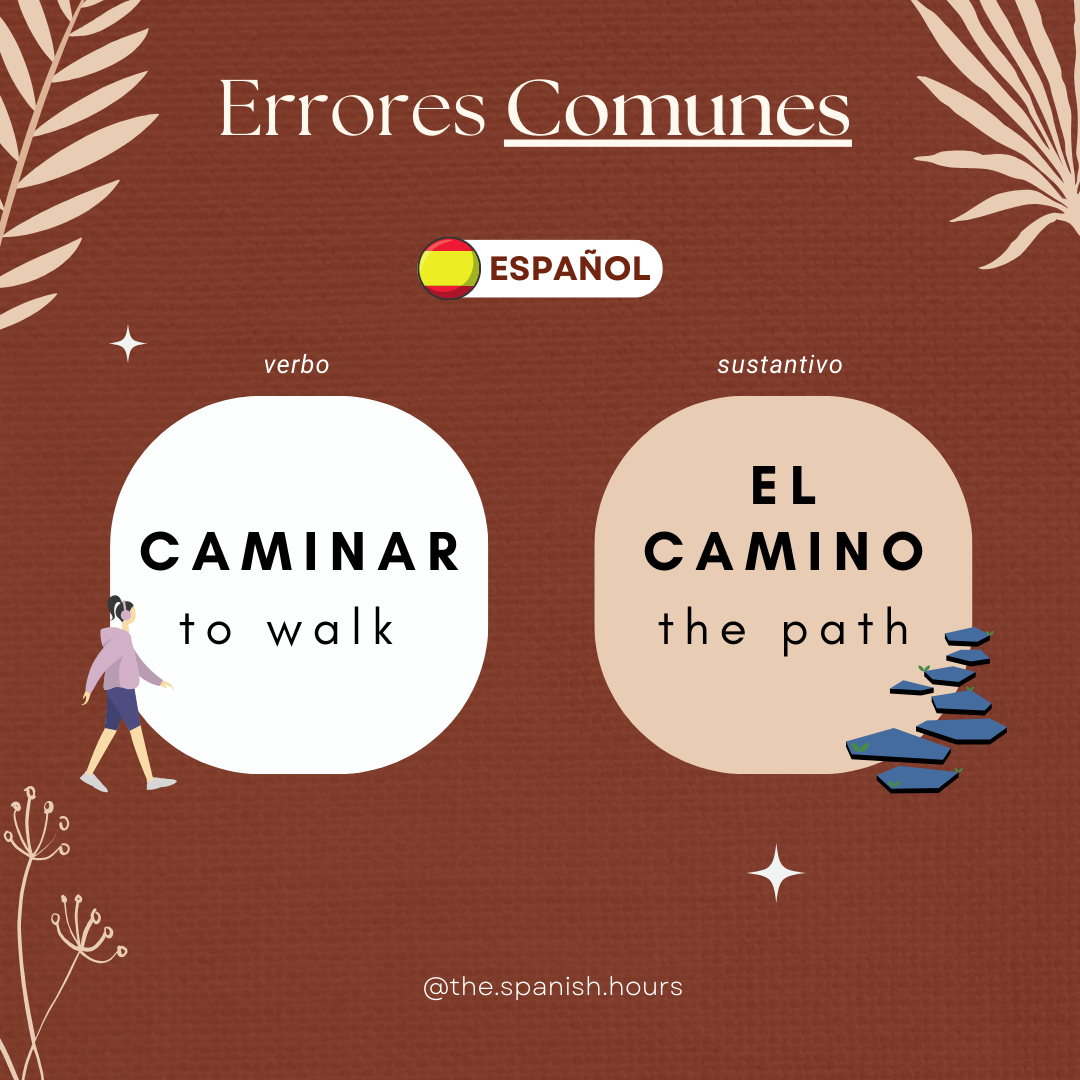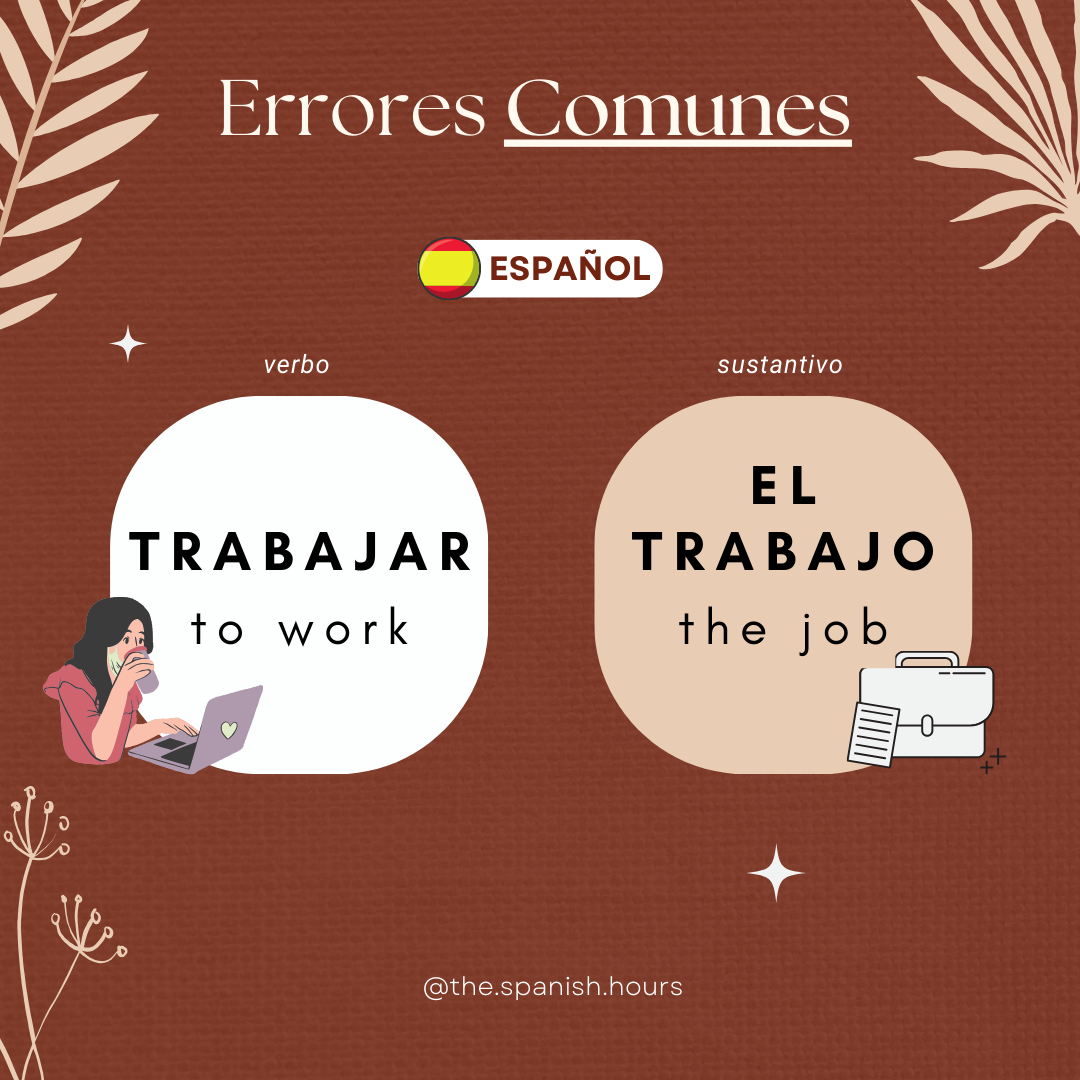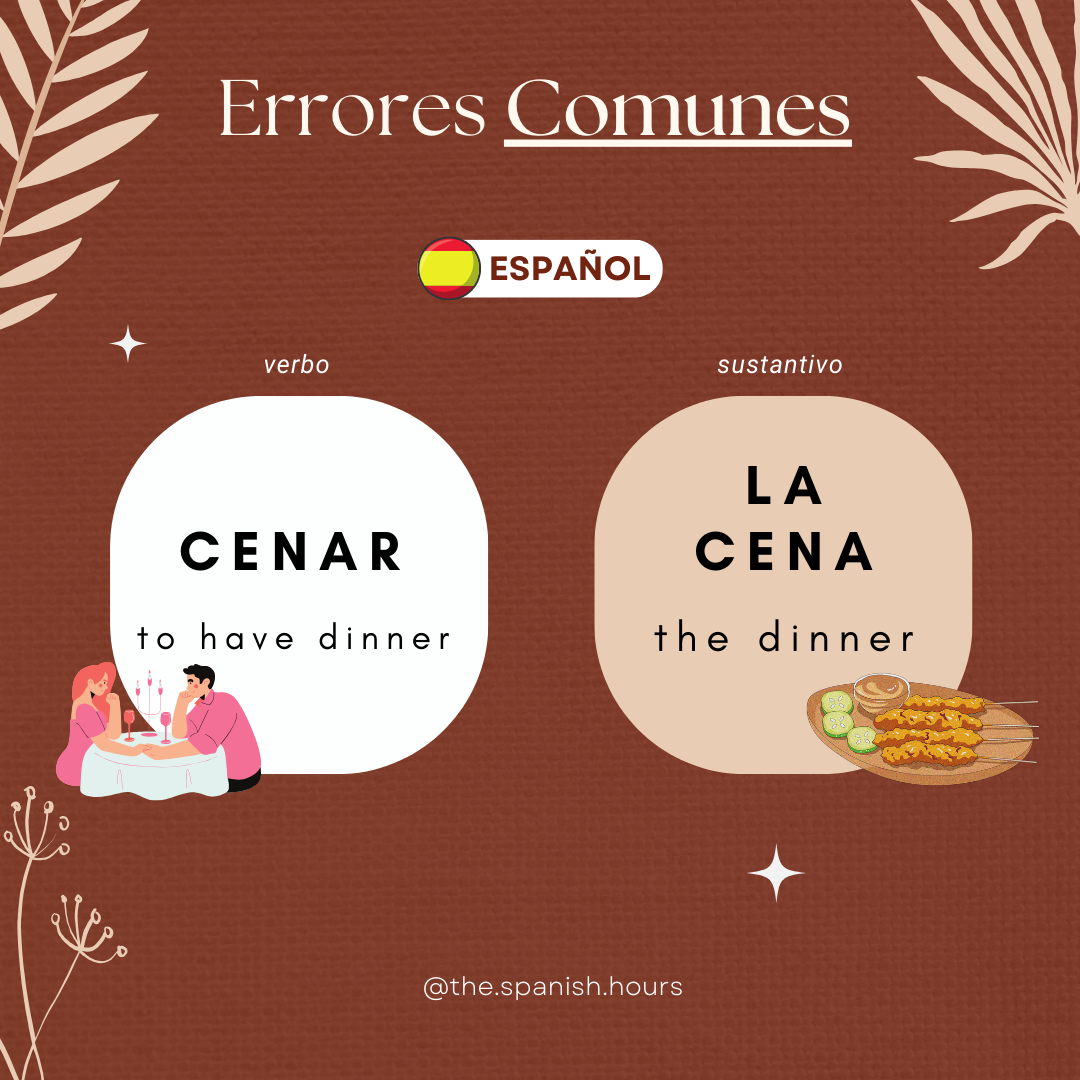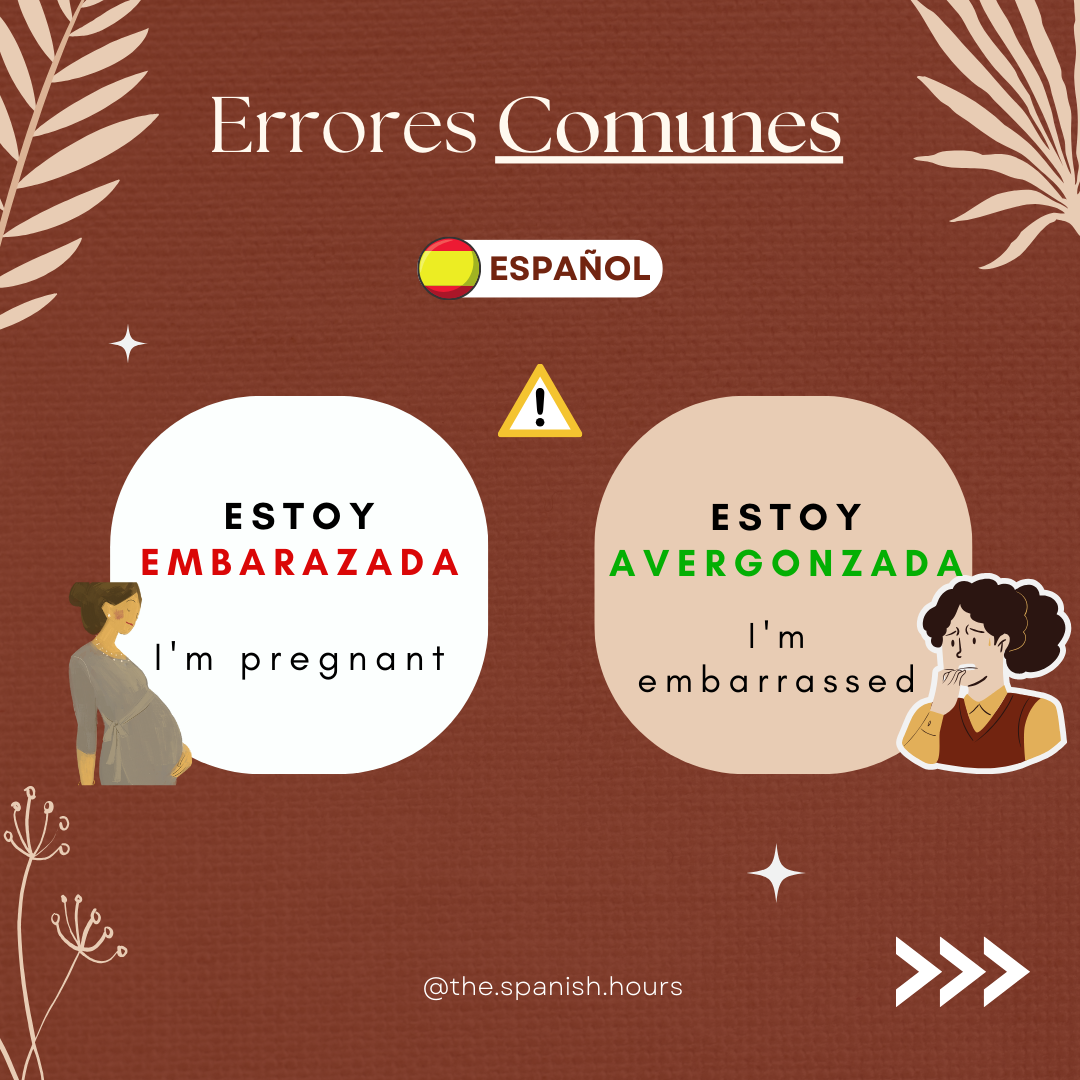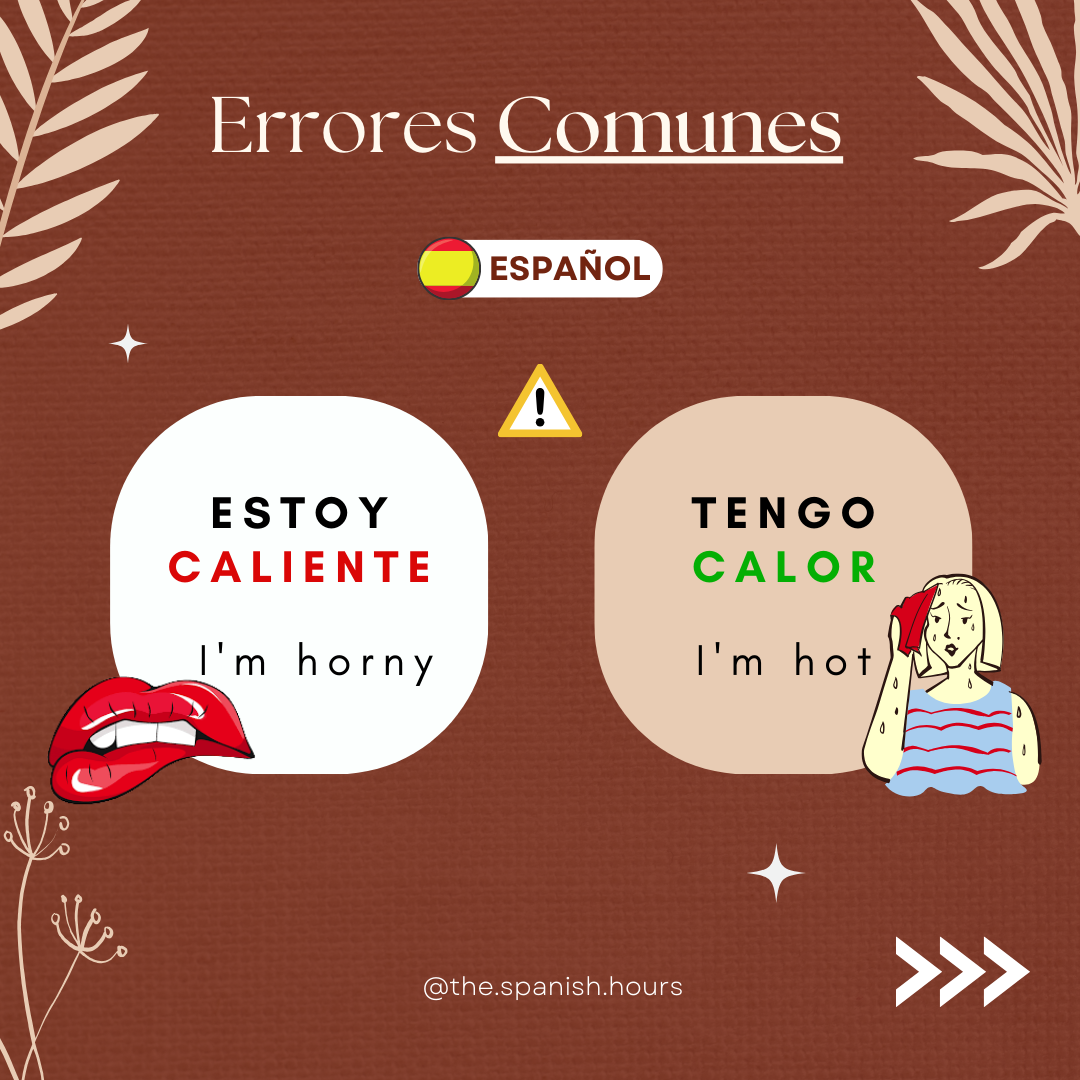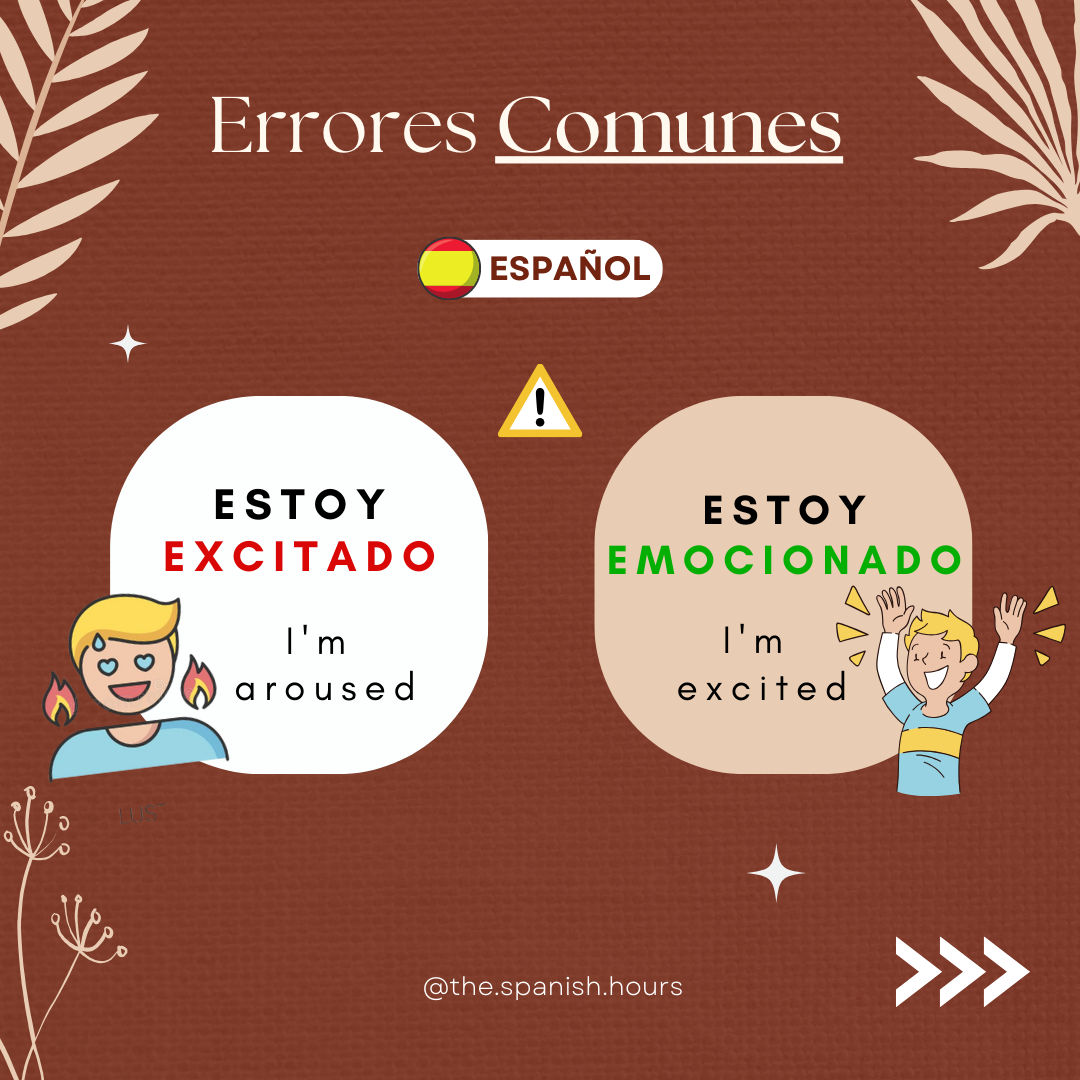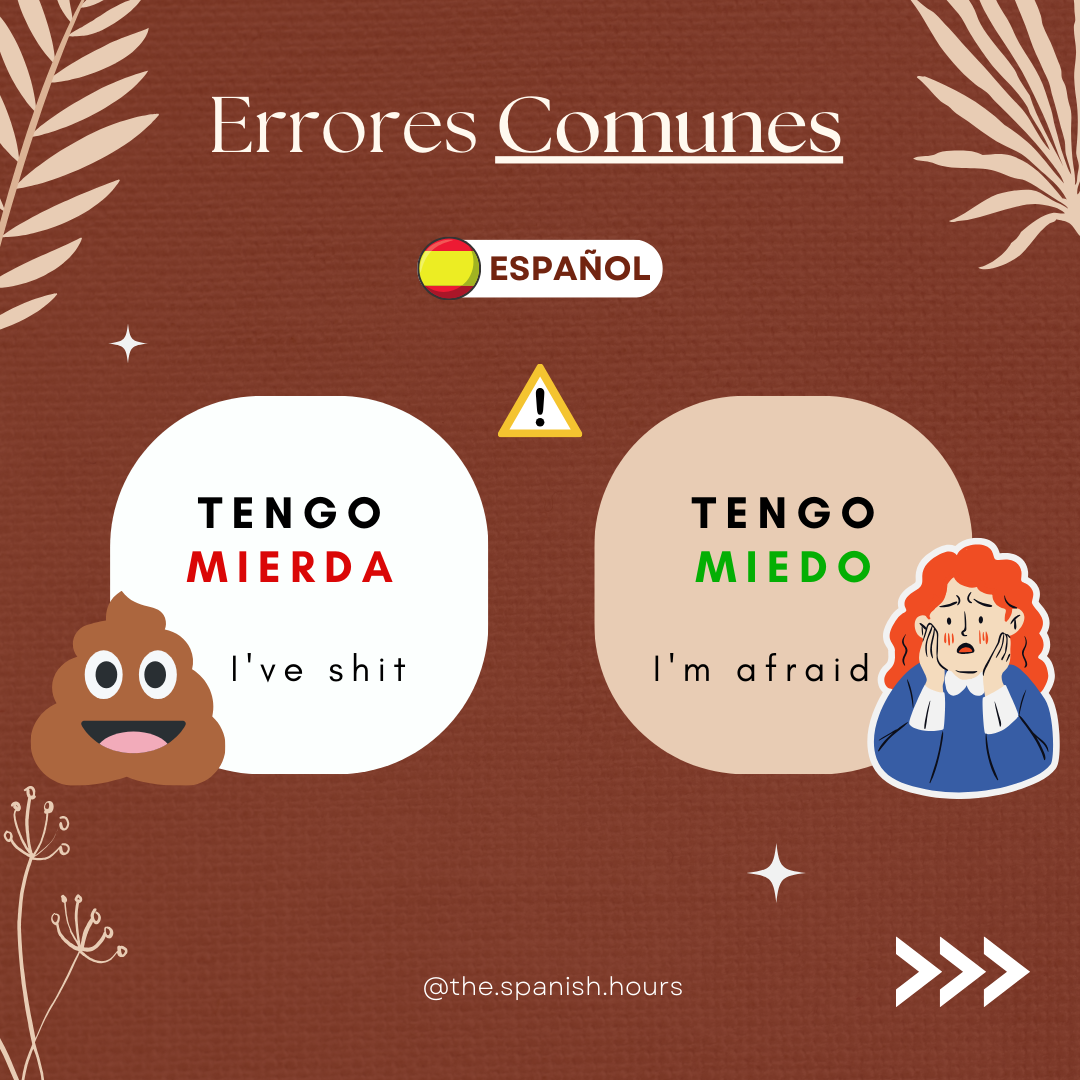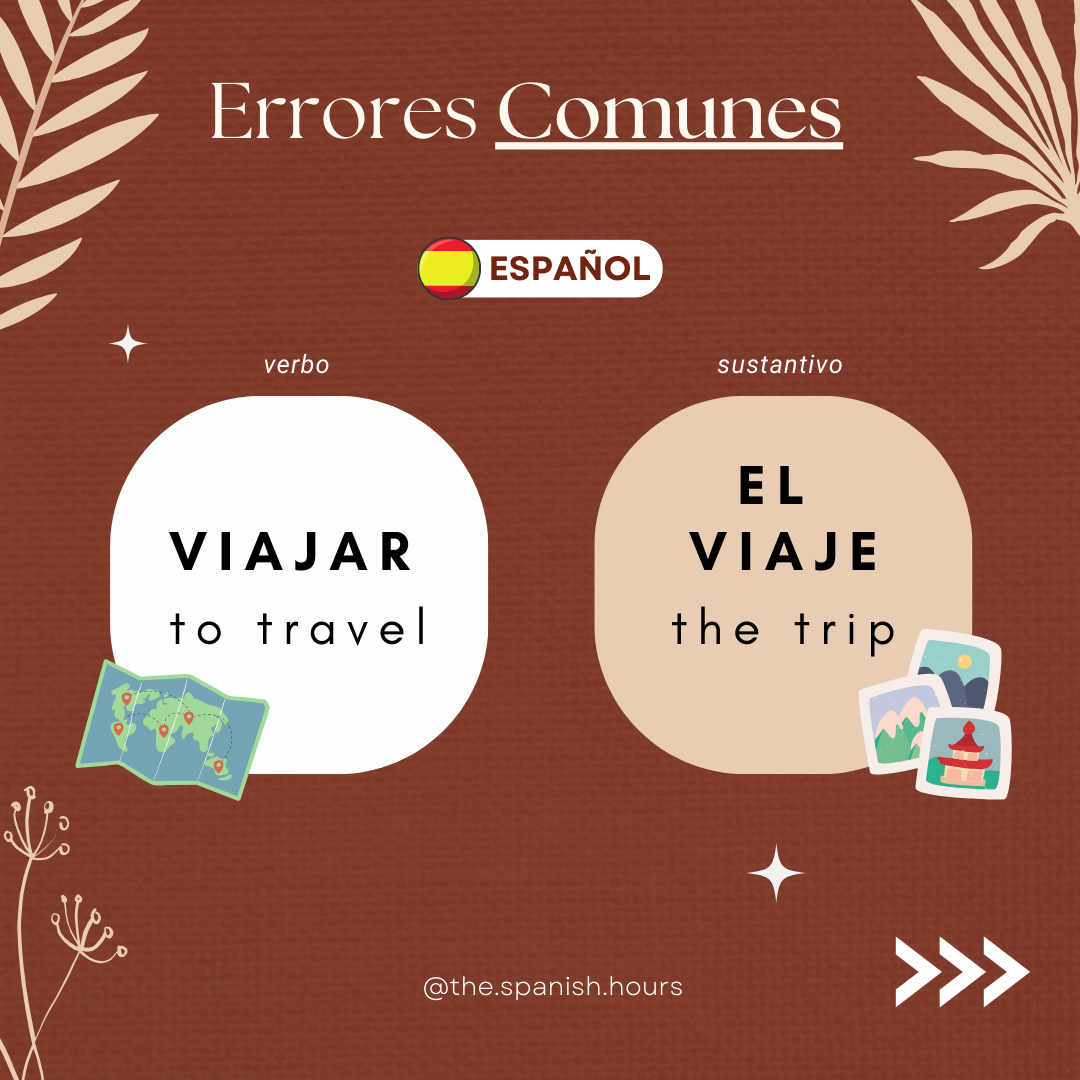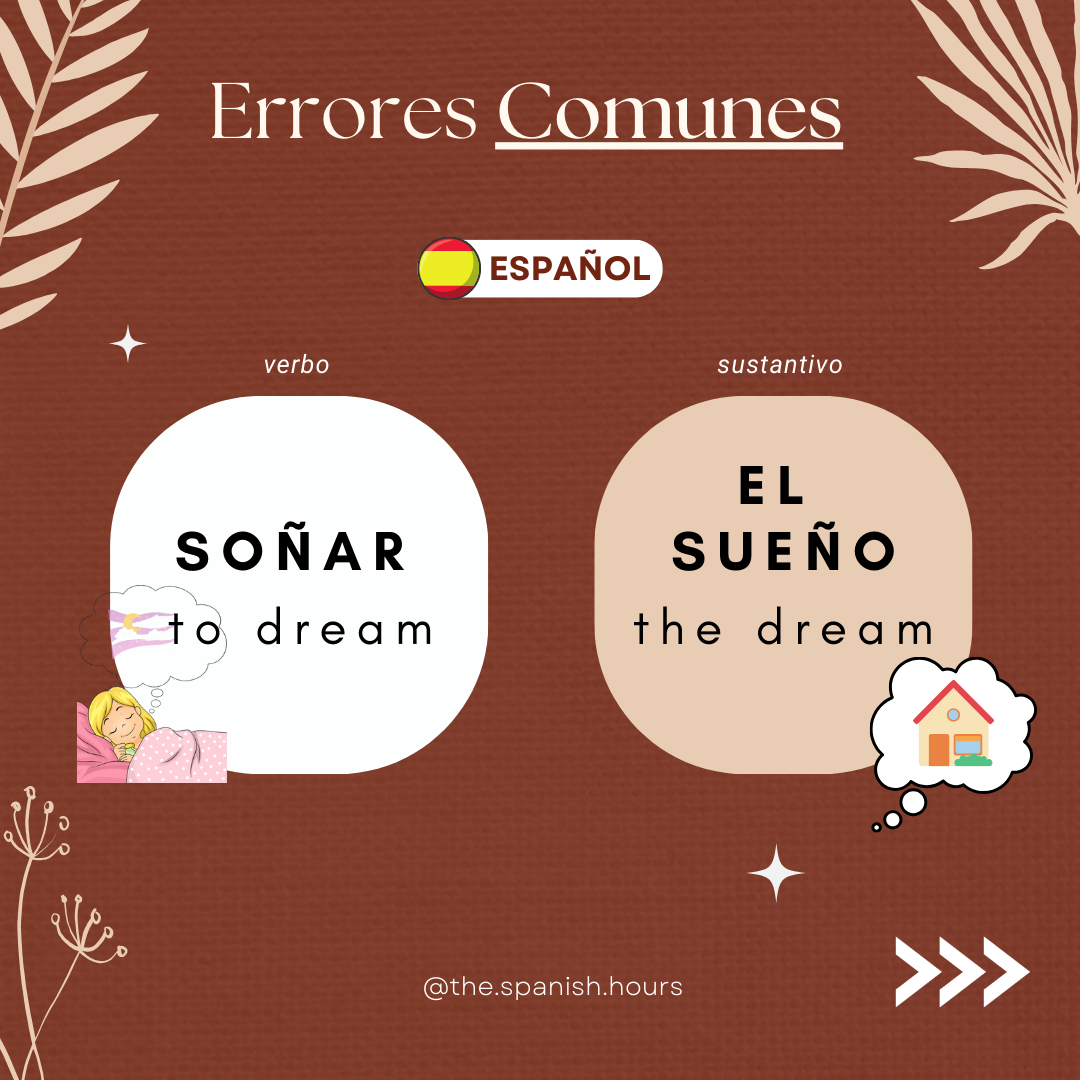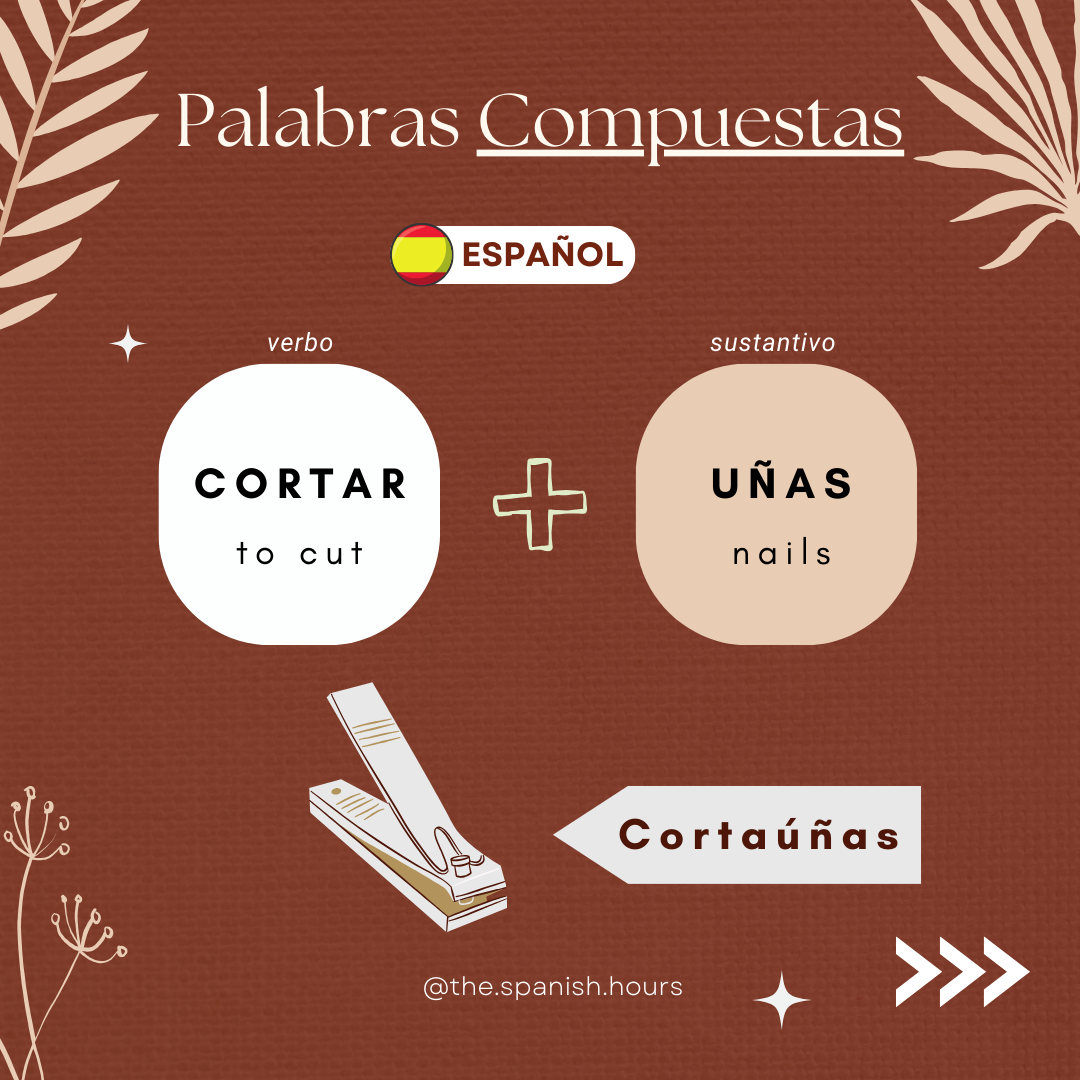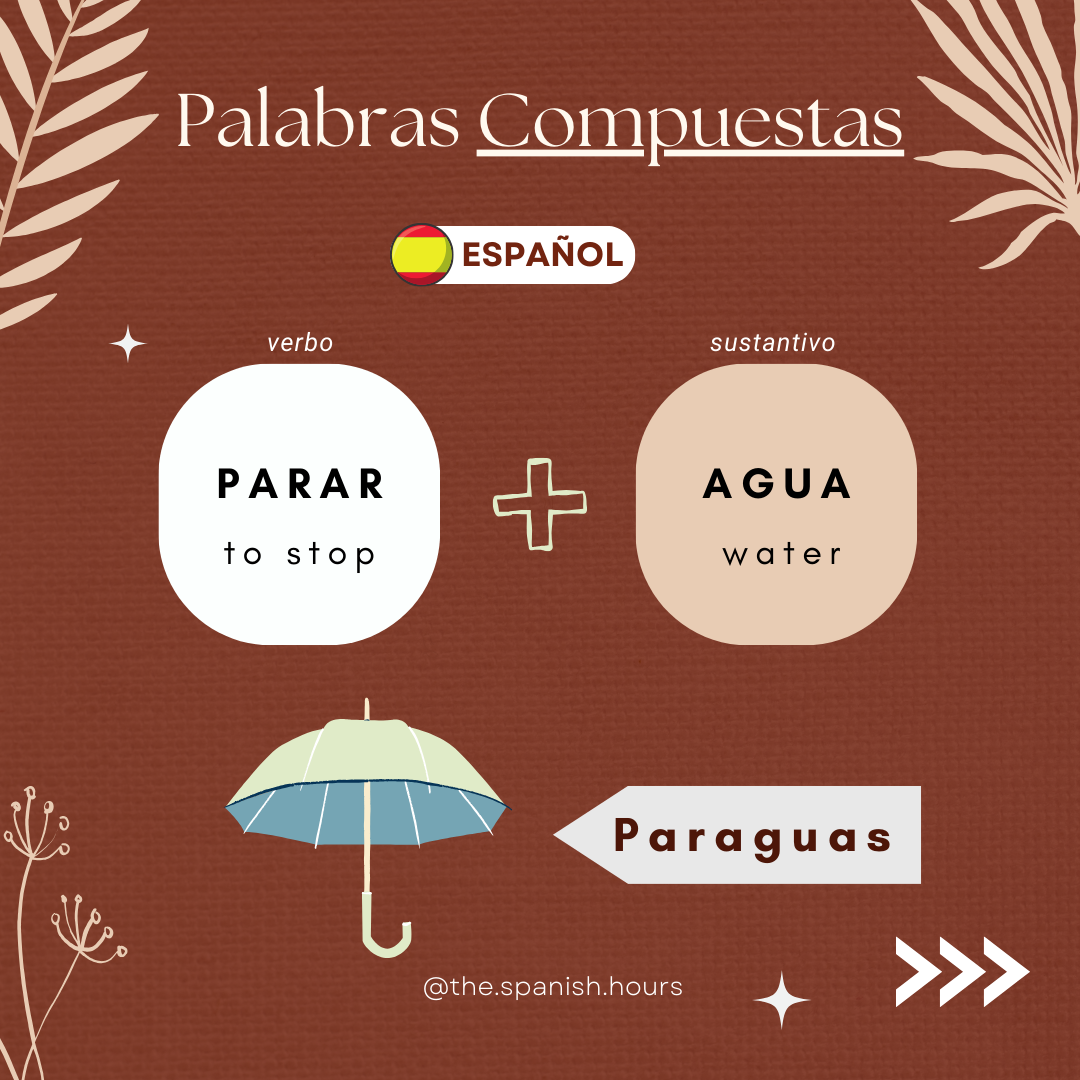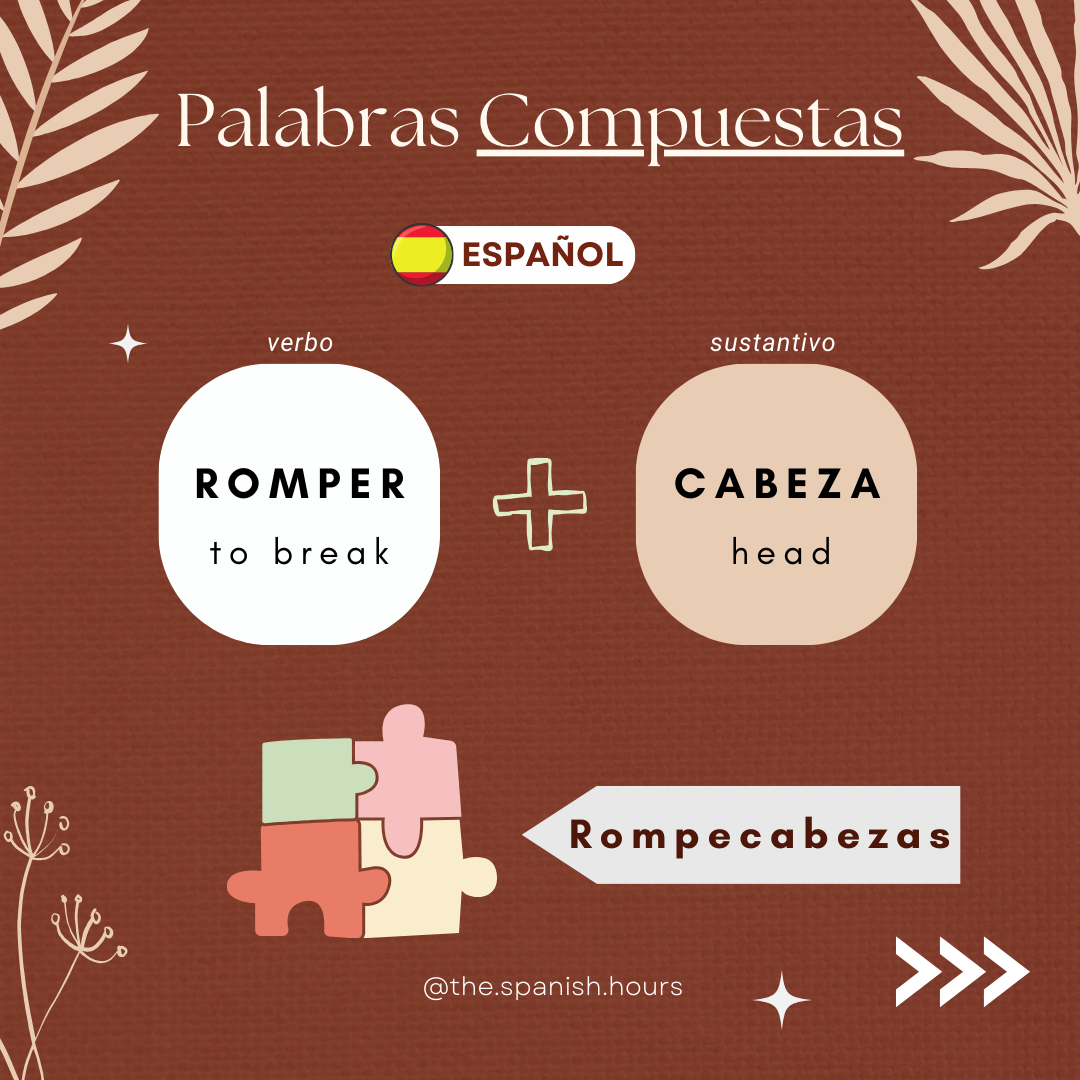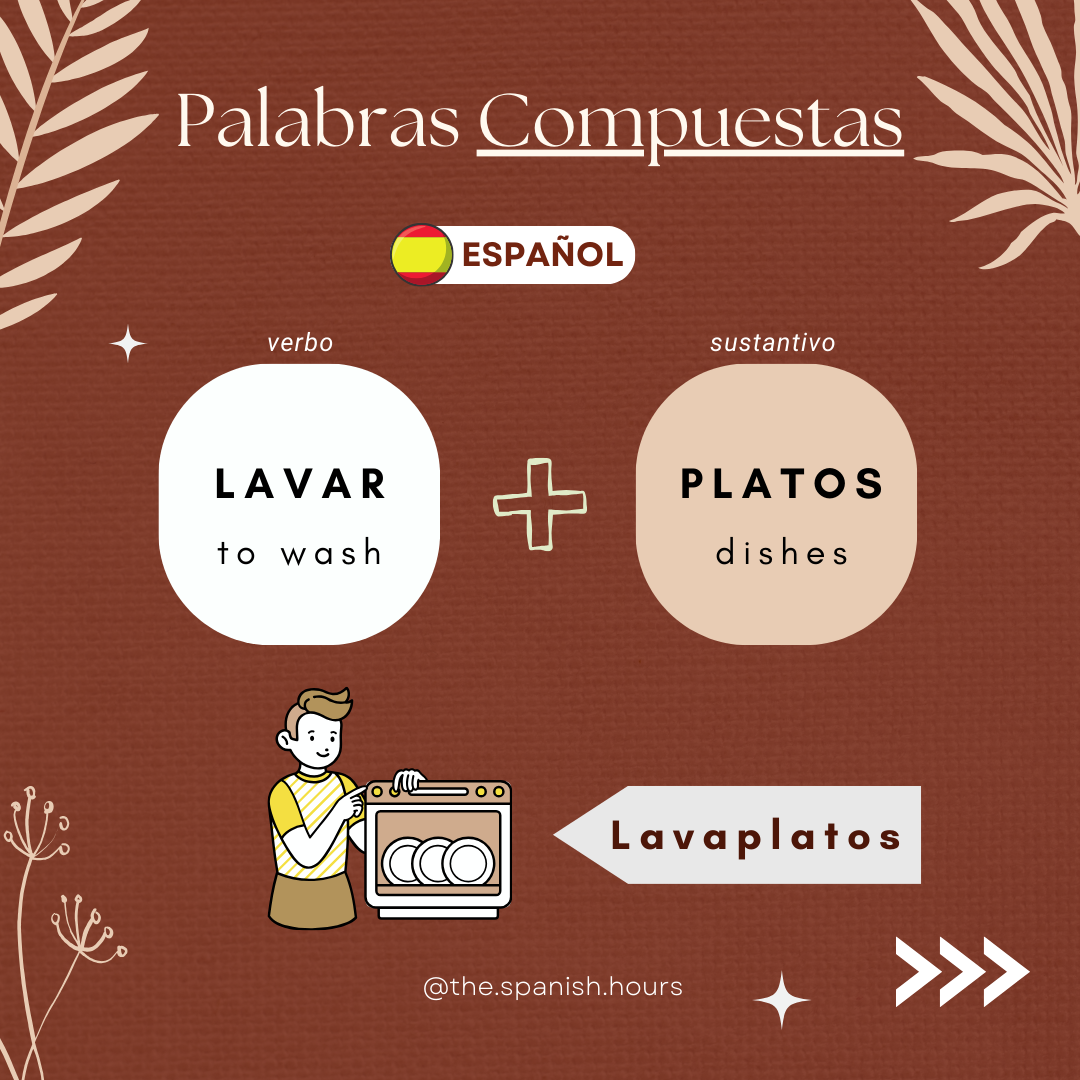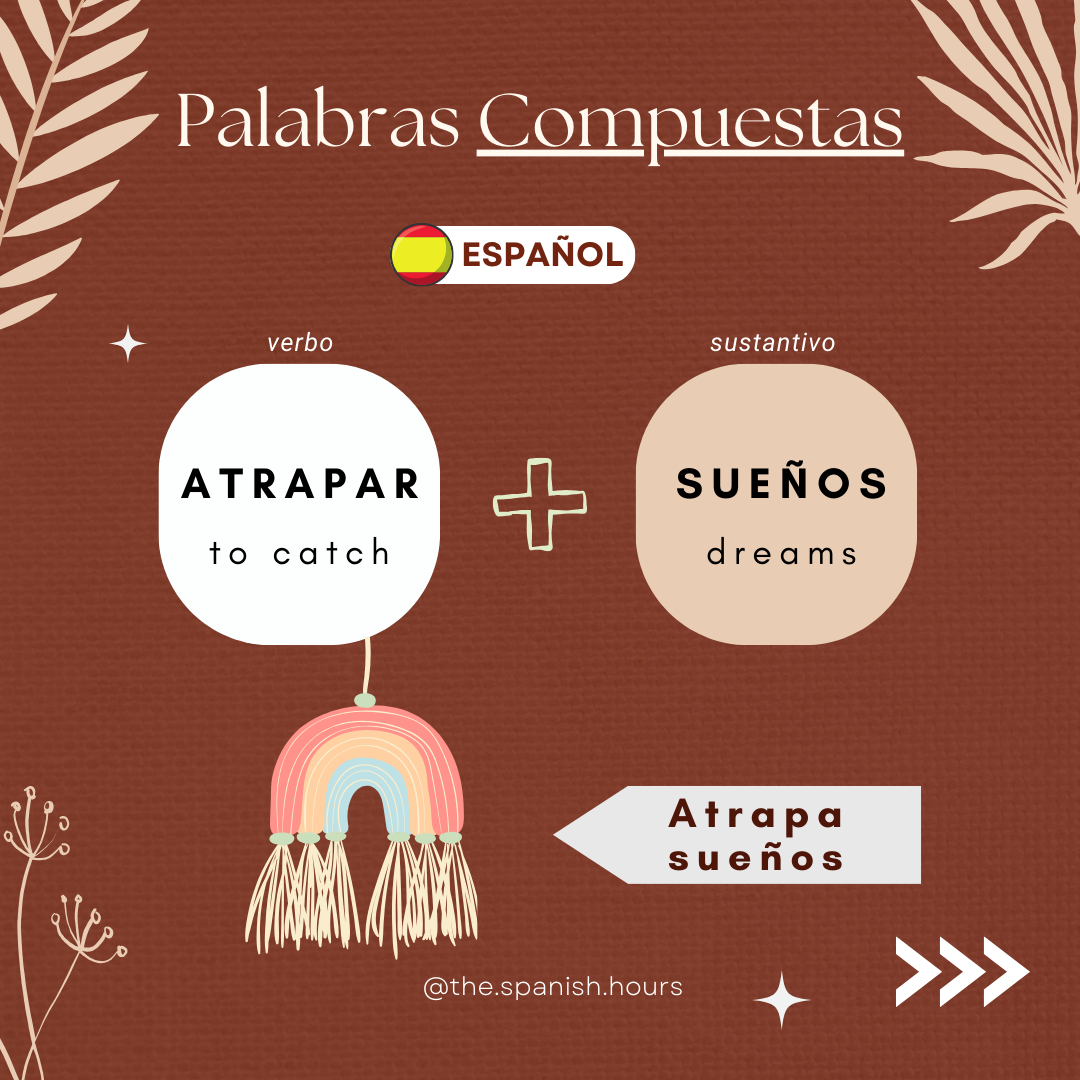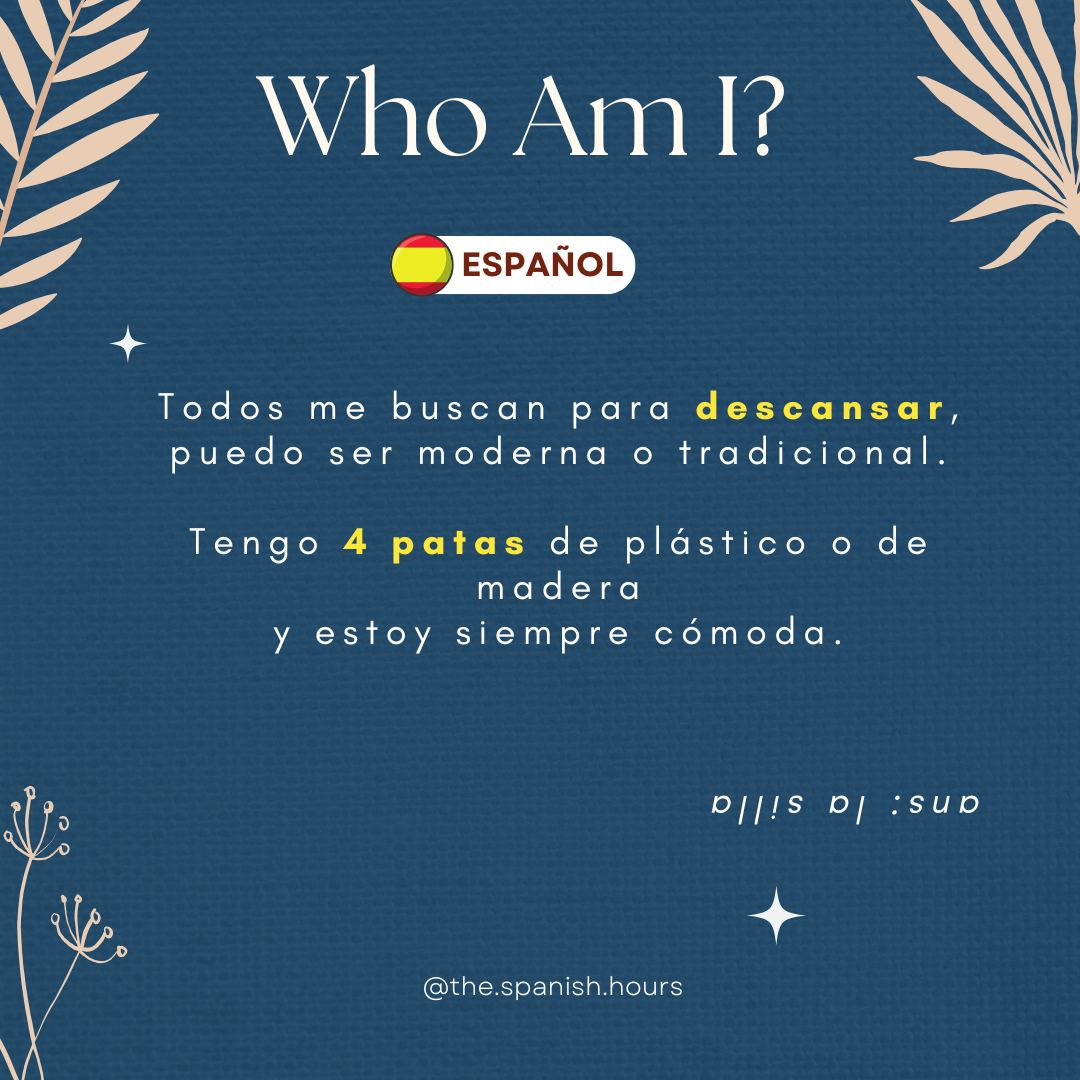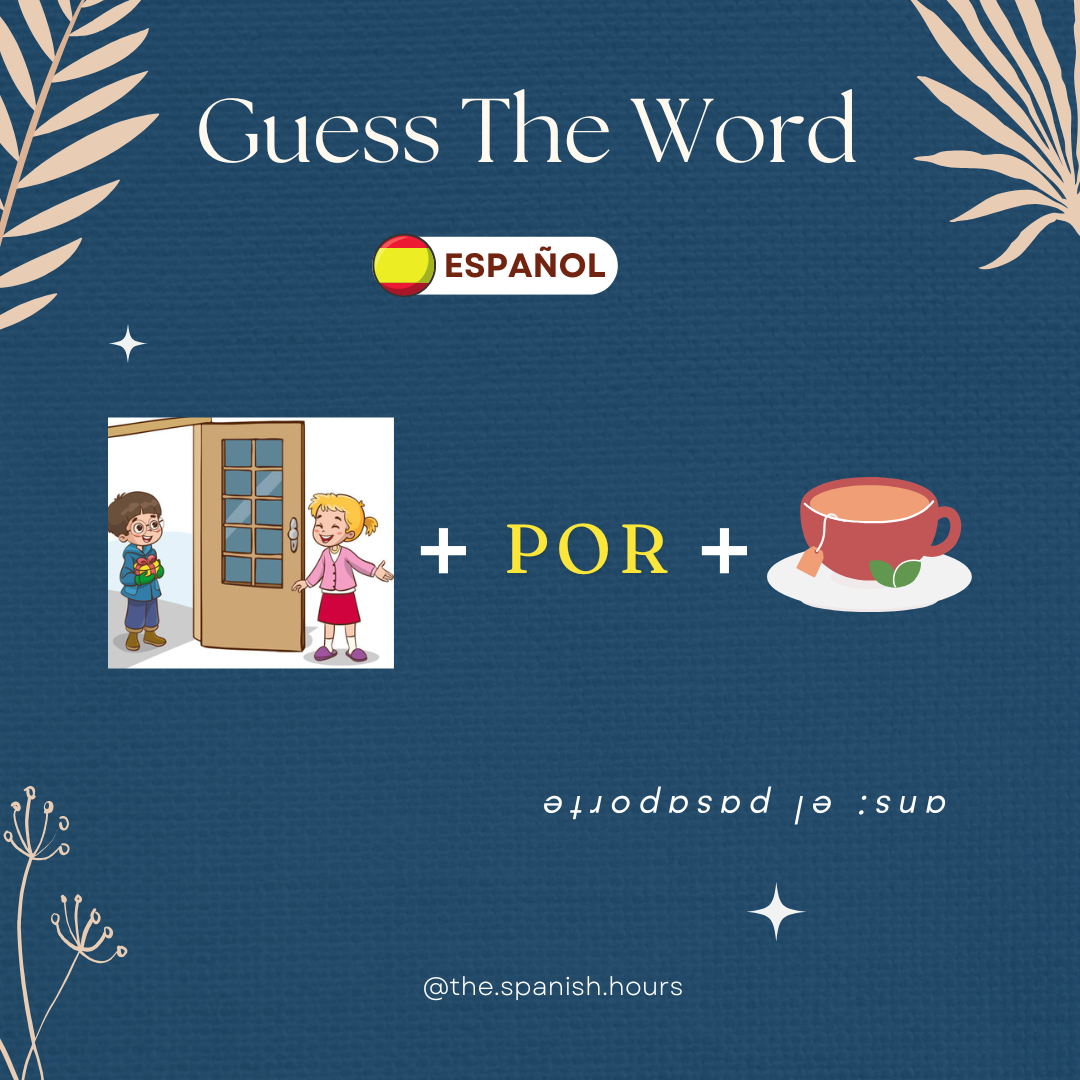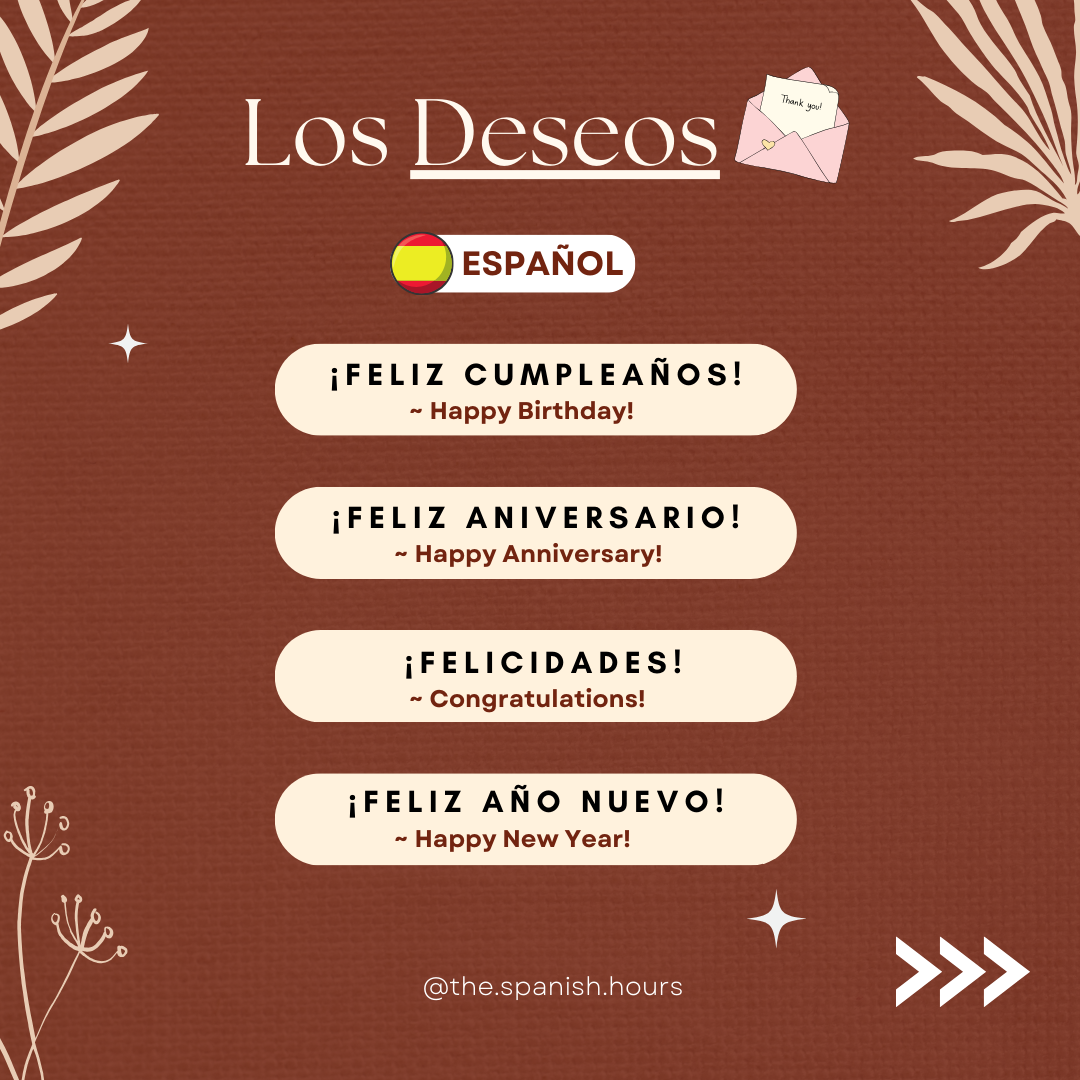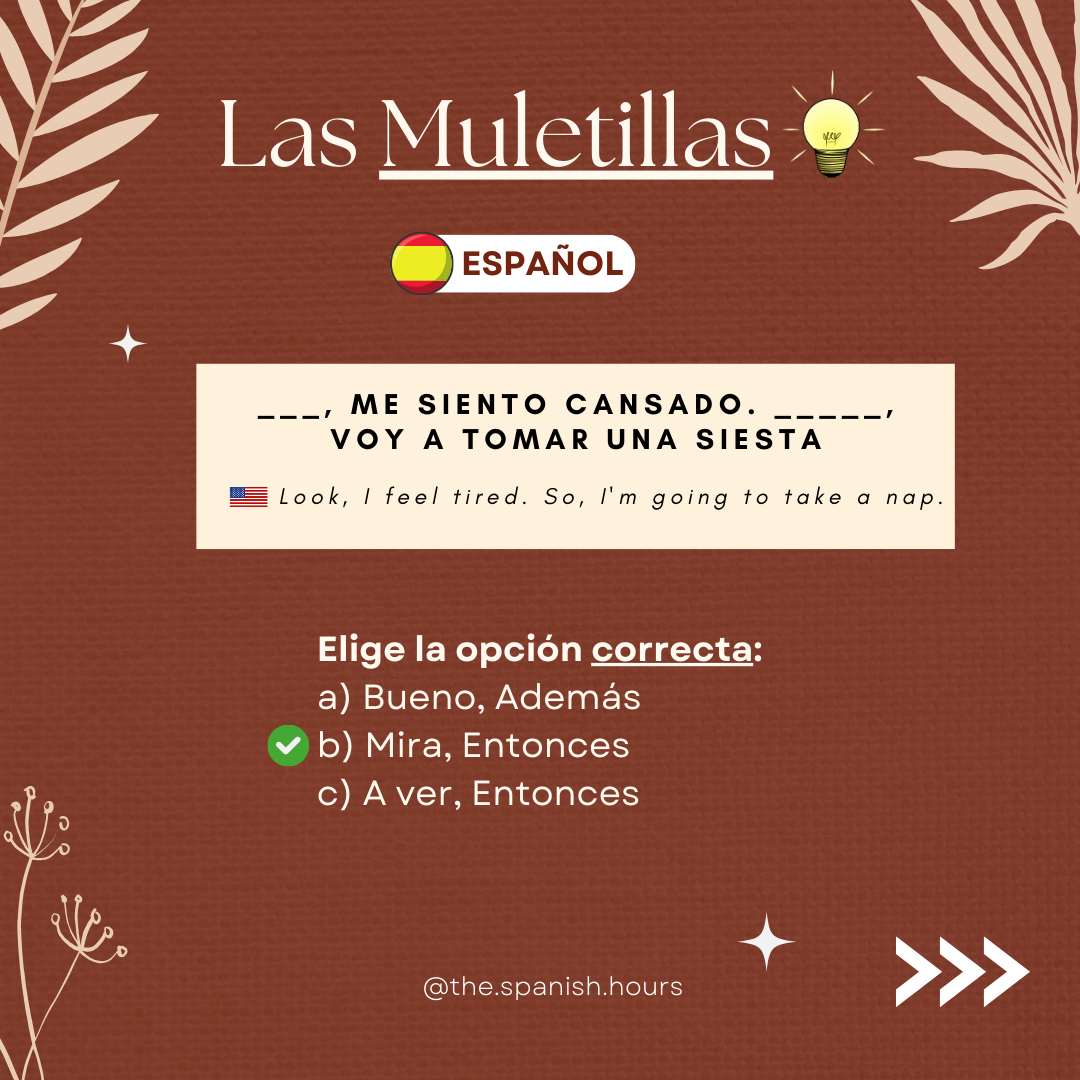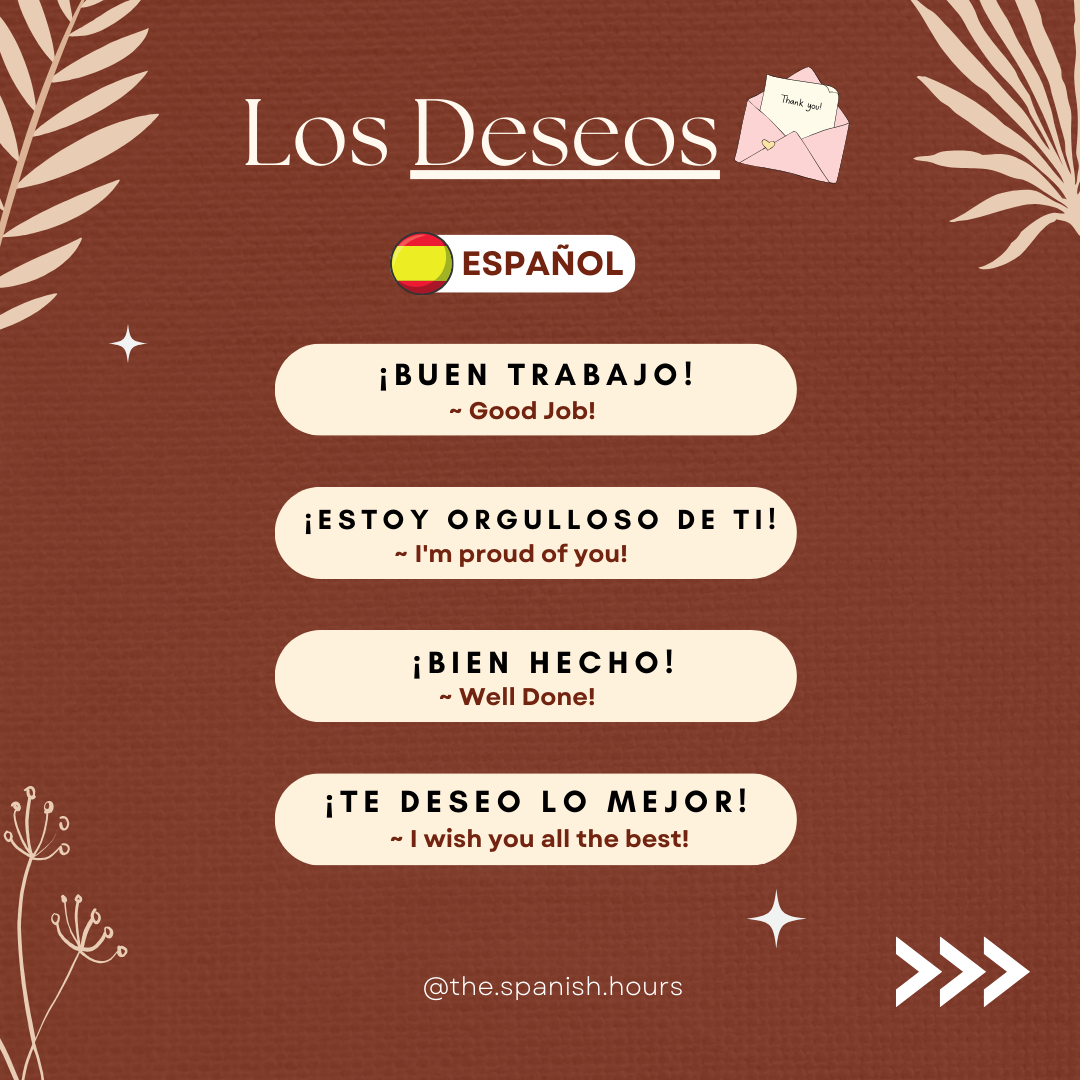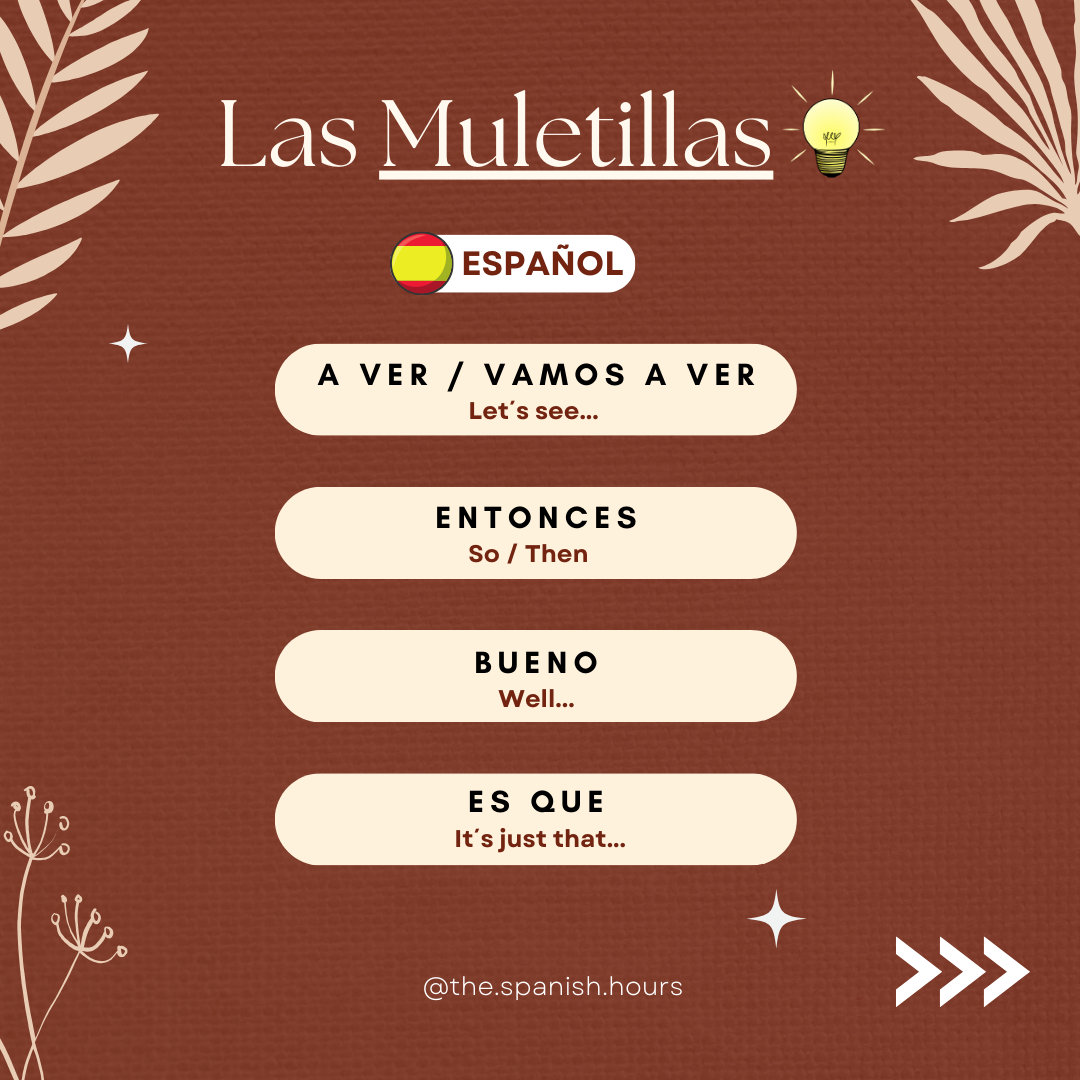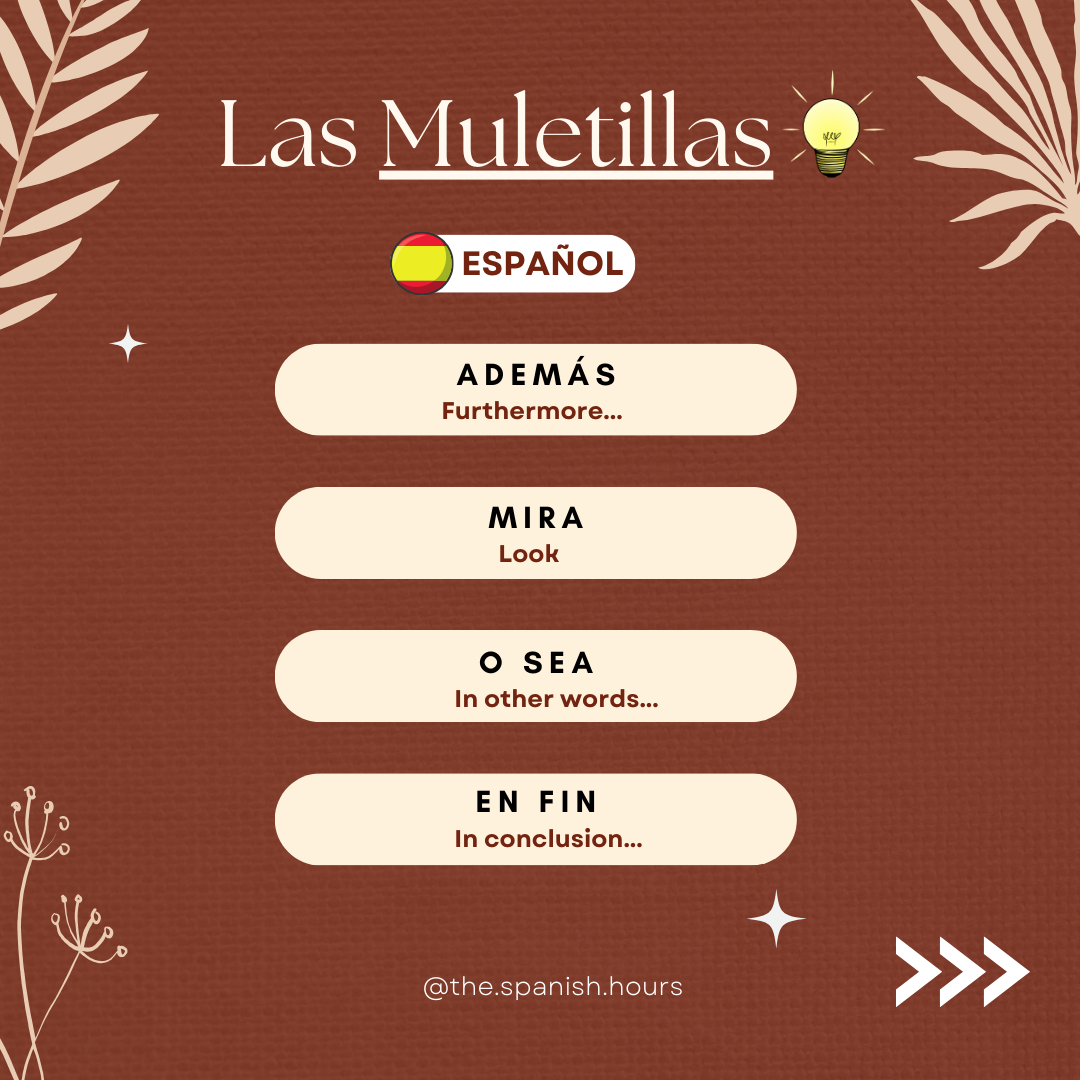1. Adjectives: Adding Flavor to Your Sentences
Adjectives bring your Spanish sentences to life by describing people, places, and things. Whether you're talking about appearance, personality, or feelings, adjectives make your conversations more colorful!
- Gender Agreement: Adjectives must match the noun they describe.
Examples:
- El libro nuevo (The new book - masculine).
- La película nueva (The new movie - feminine).
- Number Agreement: Adjectives must also agree in singular/plural.
Examples:
- El chico alto (The tall boy).
- Los chicos altos (The tall boys).
- Position Matters: Most adjectives come after the noun, but some, like those indicating quantity or emphasis (gran, mucho), come before.
Examples:
- Una casa bonita (A pretty house).
- Un gran día (A great day).
2. Family Vocabulary: Meet the Familia
Talking about family is an essential part of learning Spanish! Here’s a quick guide to common family-related vocabulary to help you introduce your loved ones.
3. Shops and Places: The Magic of "-ería"
In Spanish, many shop names and places of business end with -ería. This pattern makes it easy to recognize where to go when you need something specific!
4. Similar-Looking Words: Watch Out for the Tricksters!
Spanish has many words that look alike but have very different meanings. Learning to spot these can help you avoid common mix-ups.
5. Common Errors with Verbs and Nouns in Spanish
In Spanish, some verbs and nouns look similar but are used differently, leading to common mistakes. Here's a guide to help clarify the differences and avoid confusion:
6. Compound Words in Spanish: Building New Words
In Spanish, compound words combine two or more individual words to form a new, single word. These compound words often combine a noun and an adjective, two nouns, or a verb and a noun. Understanding these can expand your vocabulary and help you recognize new terms more easily.
7. Riddles in Spanish: A Fun Way to Learn
Riddles (adivinanzas) are a playful and creative way to practice Spanish while improving vocabulary and comprehension through pictures. Do not forget to check the answer by rotating your screens. 😛
8. Mastering Spanish with Filler Words and Phrases for Special Occasions
In everyday conversation, filler words and phrases add flavour, make your speech sound more natural, and help you wish people well on different occasions. Here’s a guide to some essential Spanish filler words and occasion-specific phrases that you can use to sound like a native speaker!
